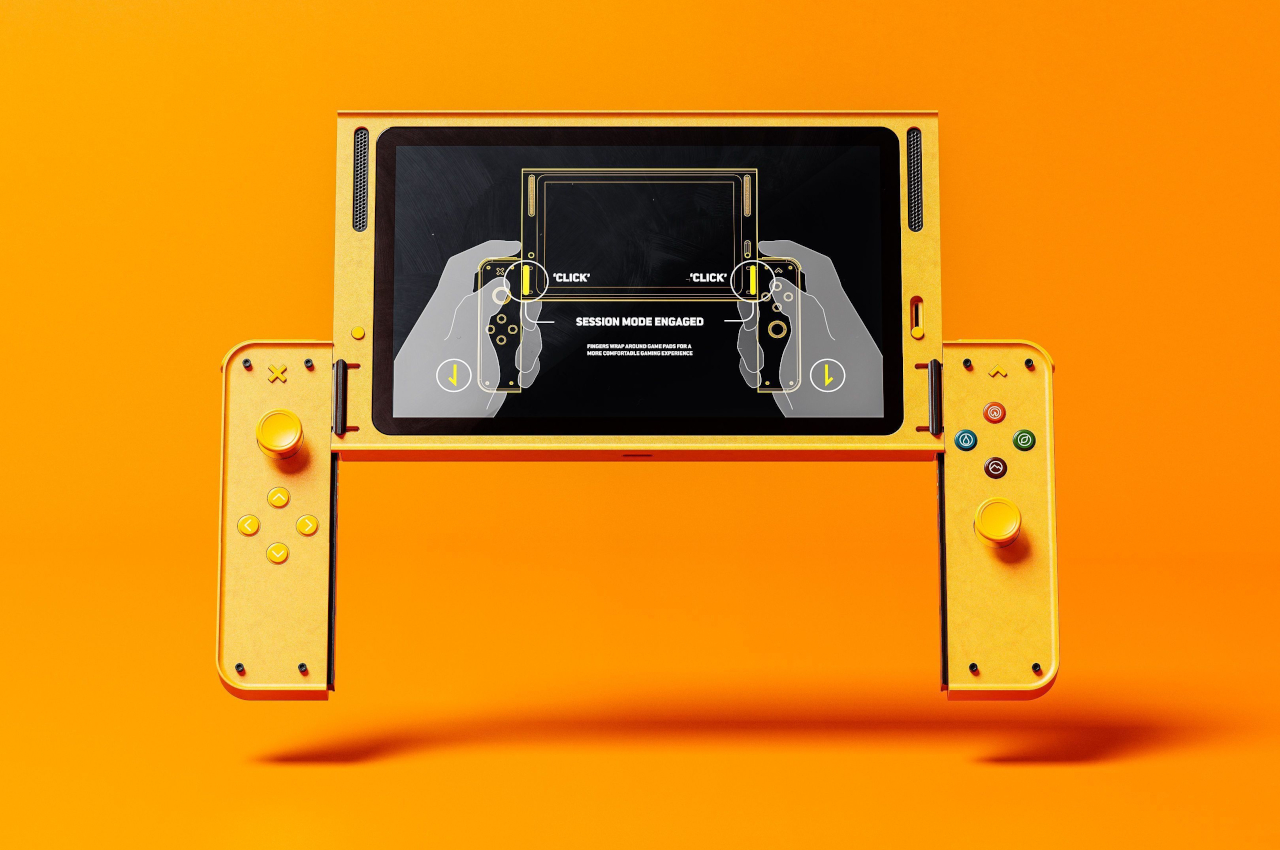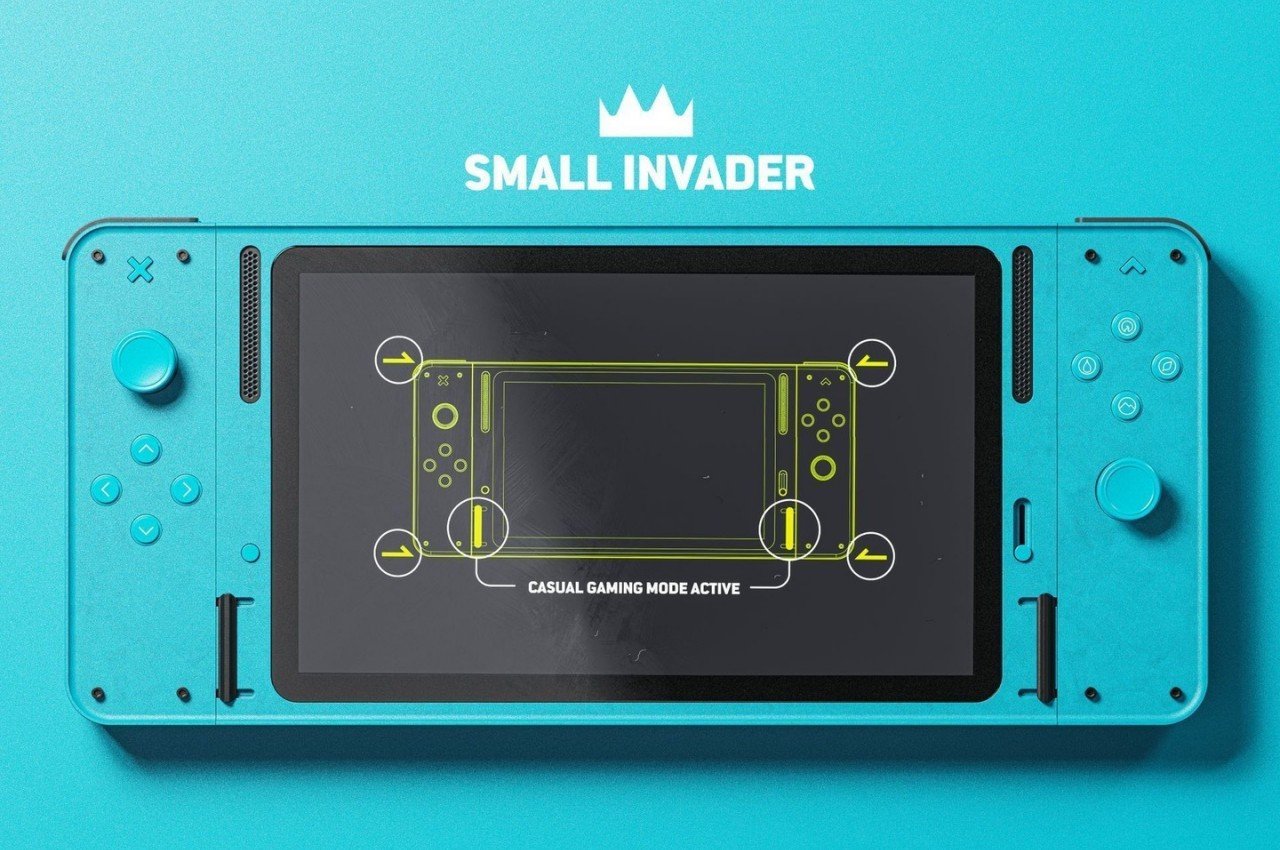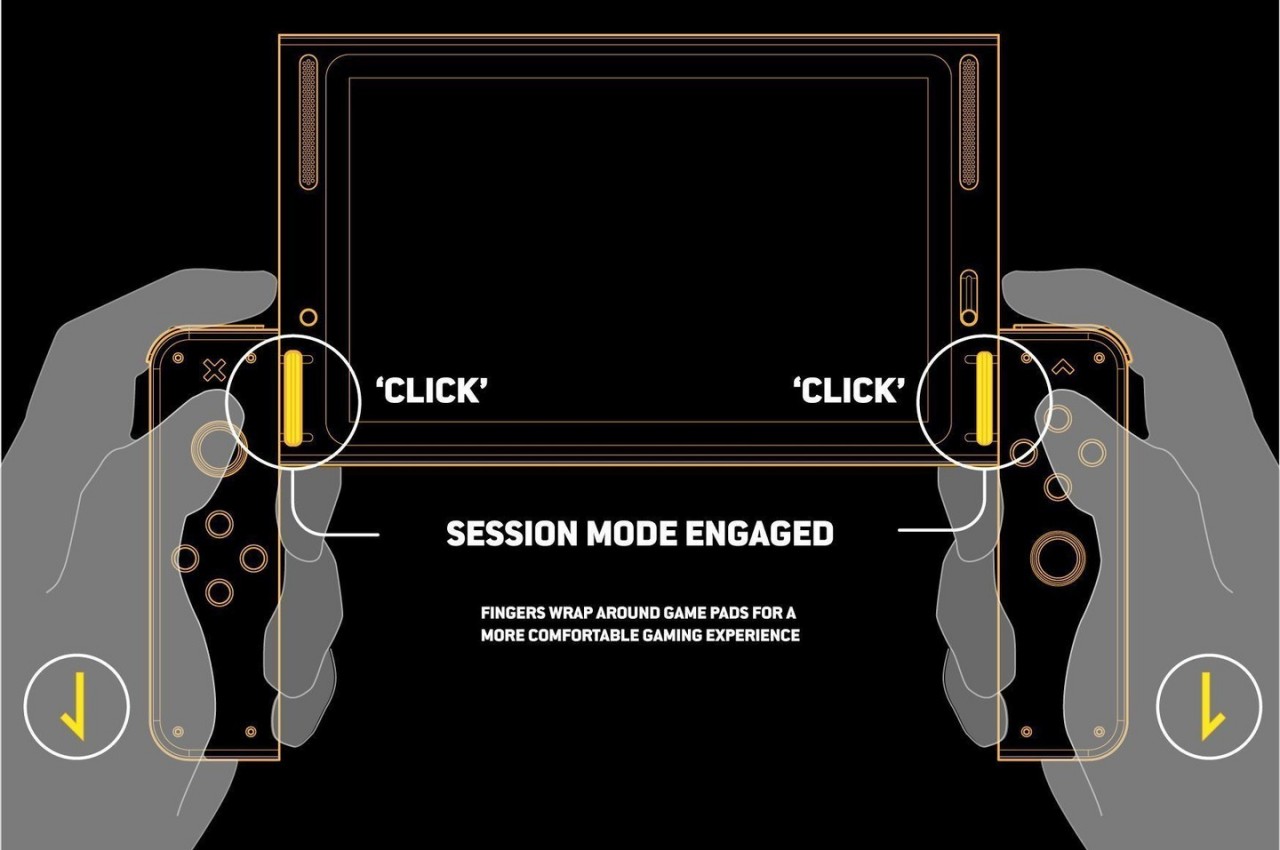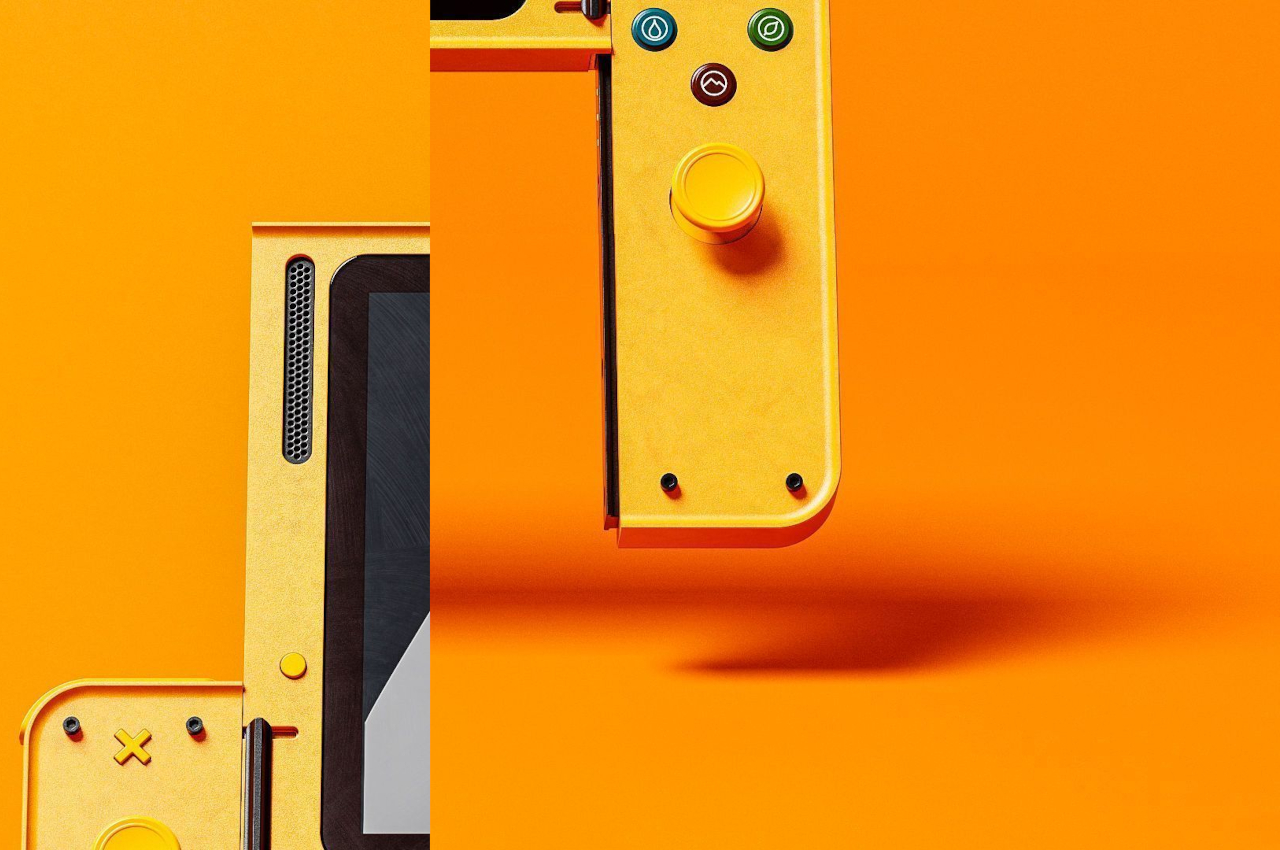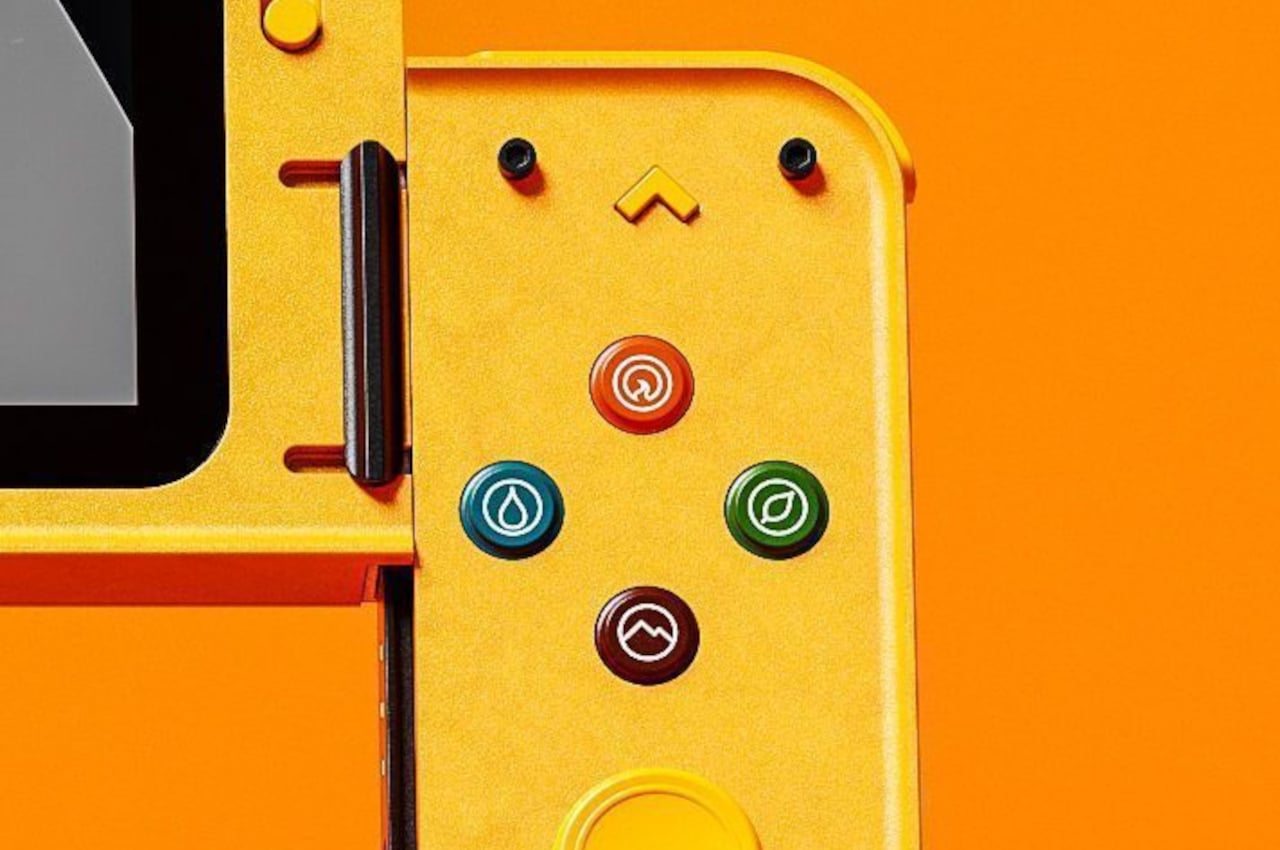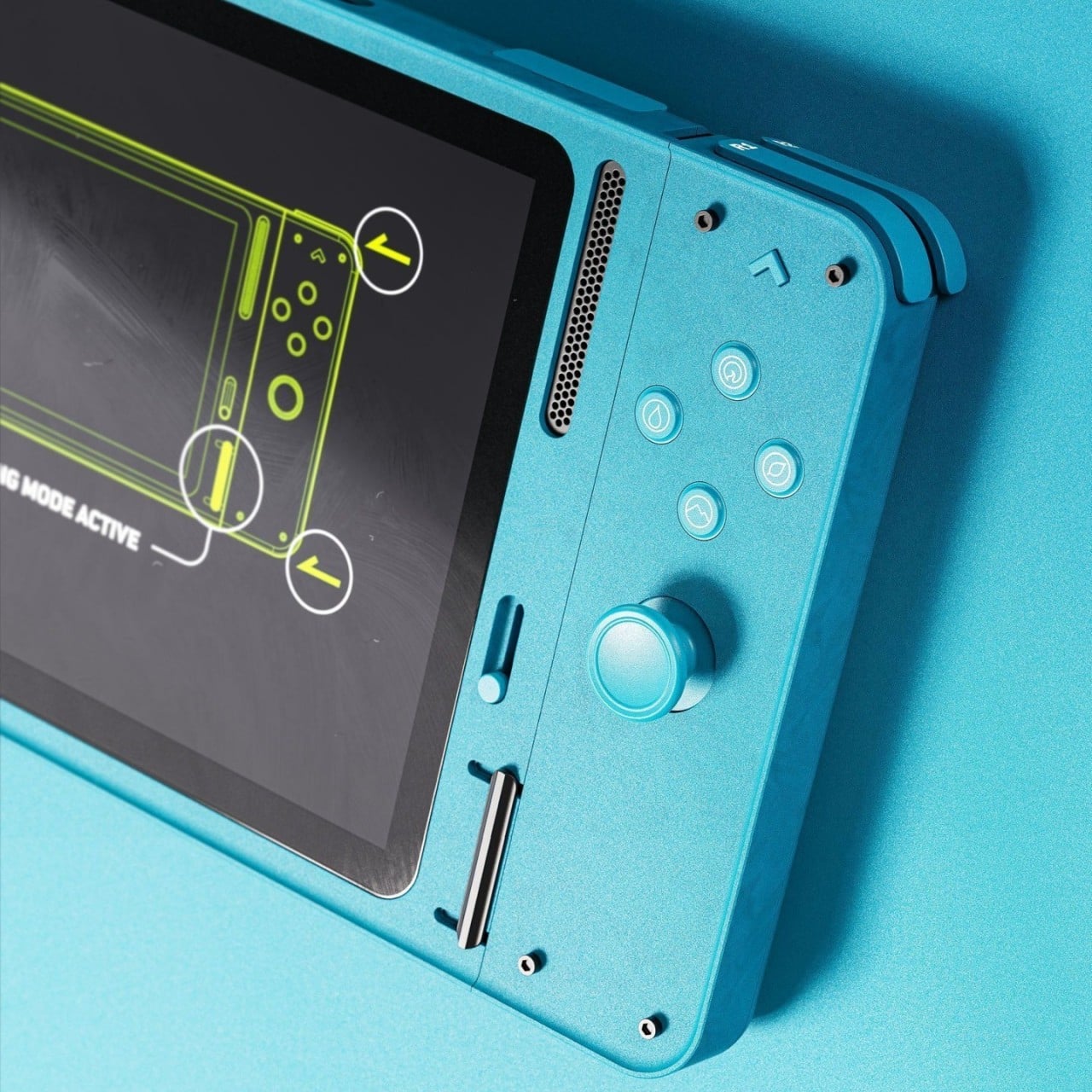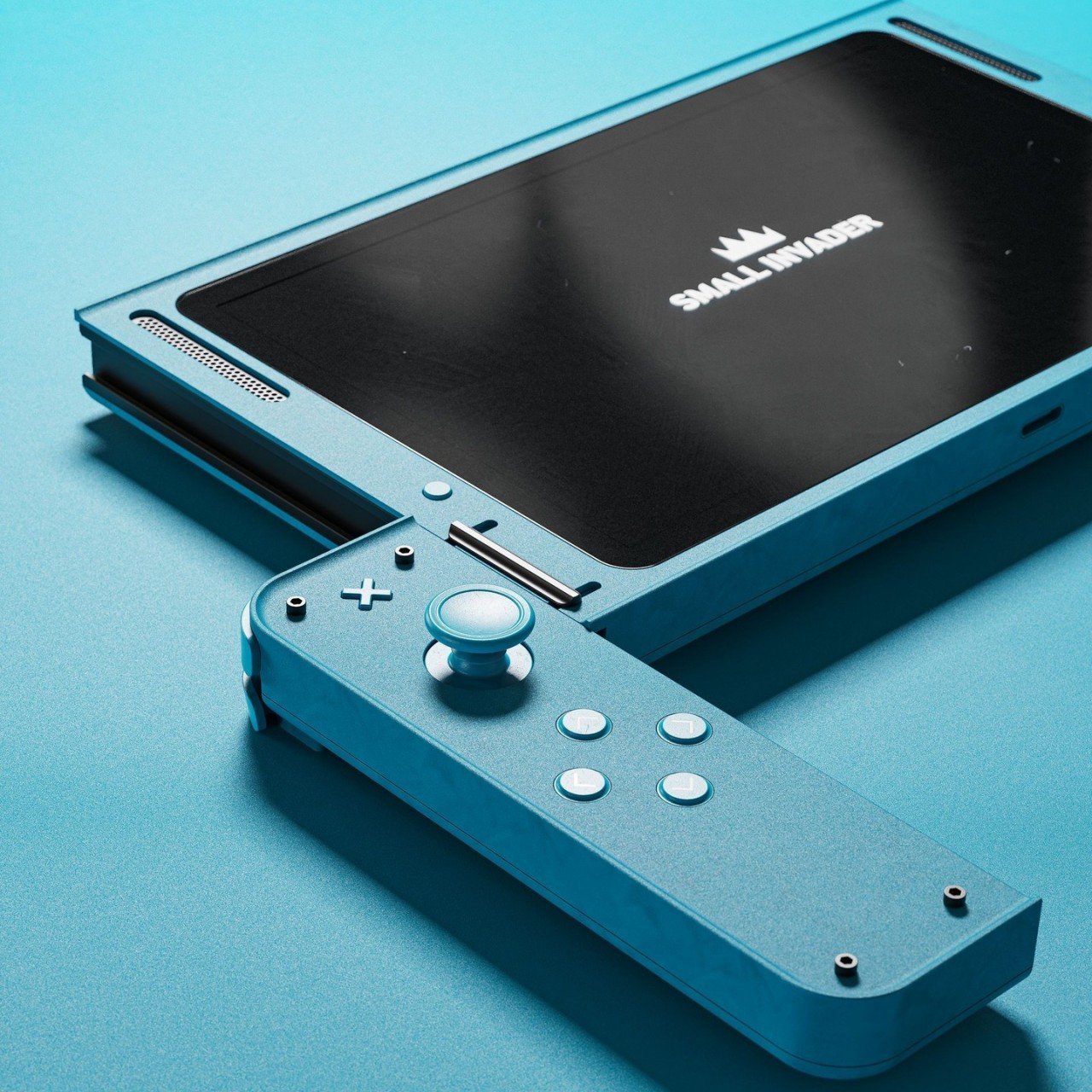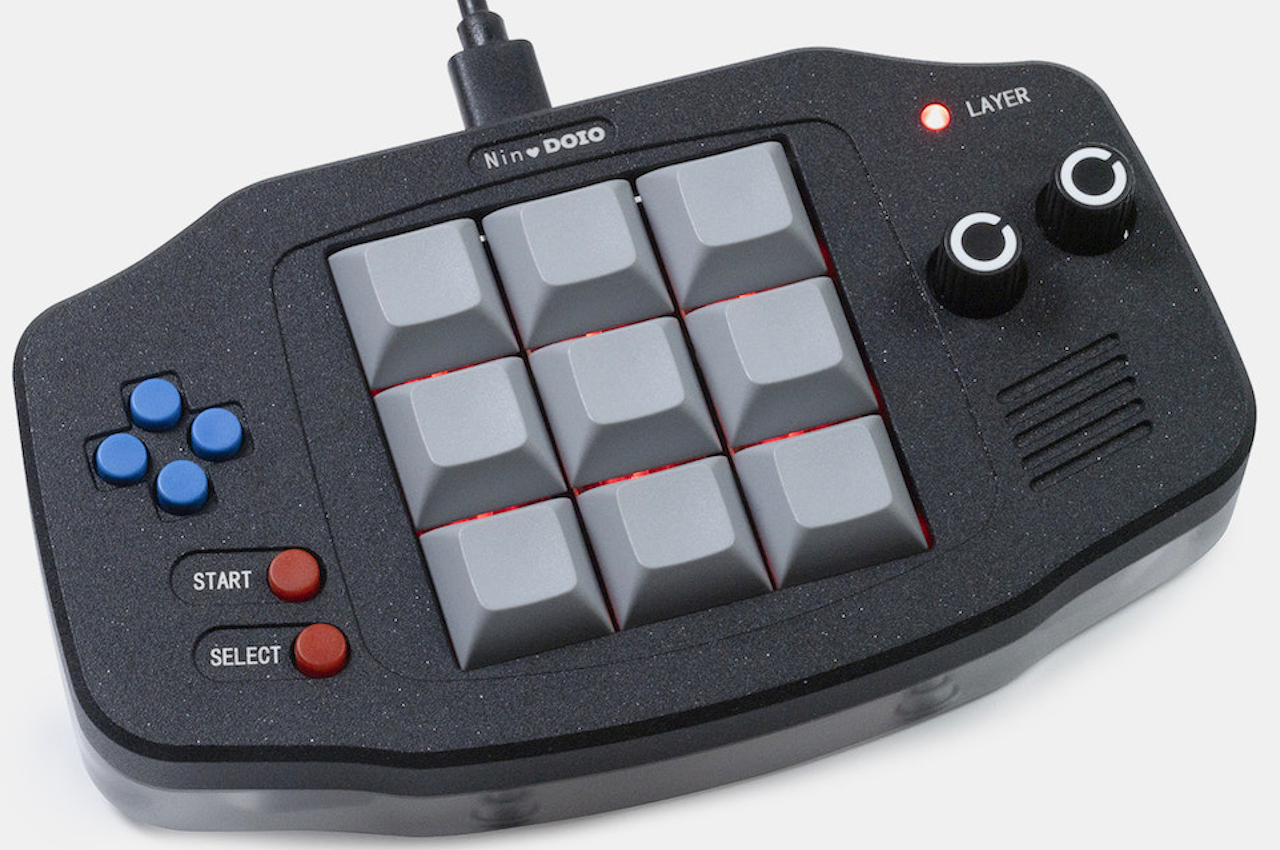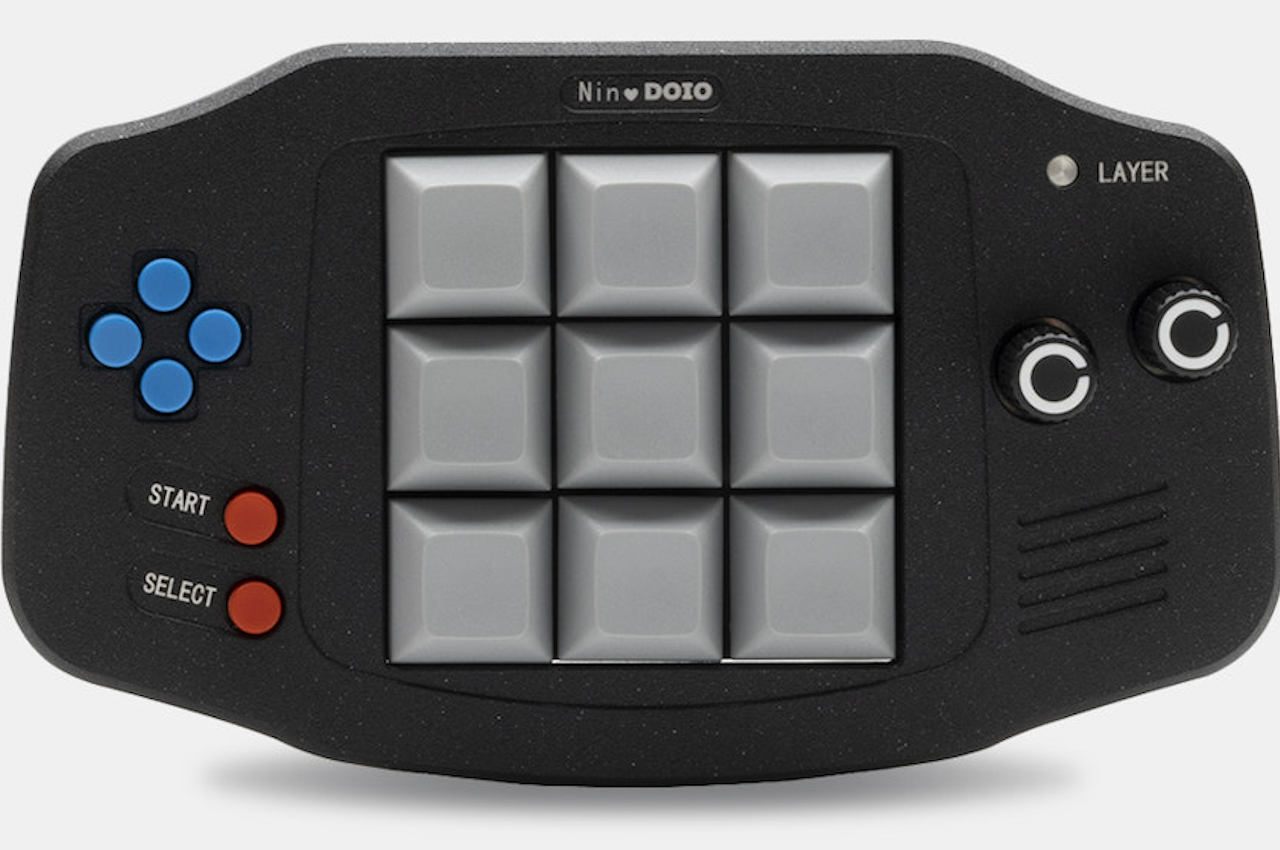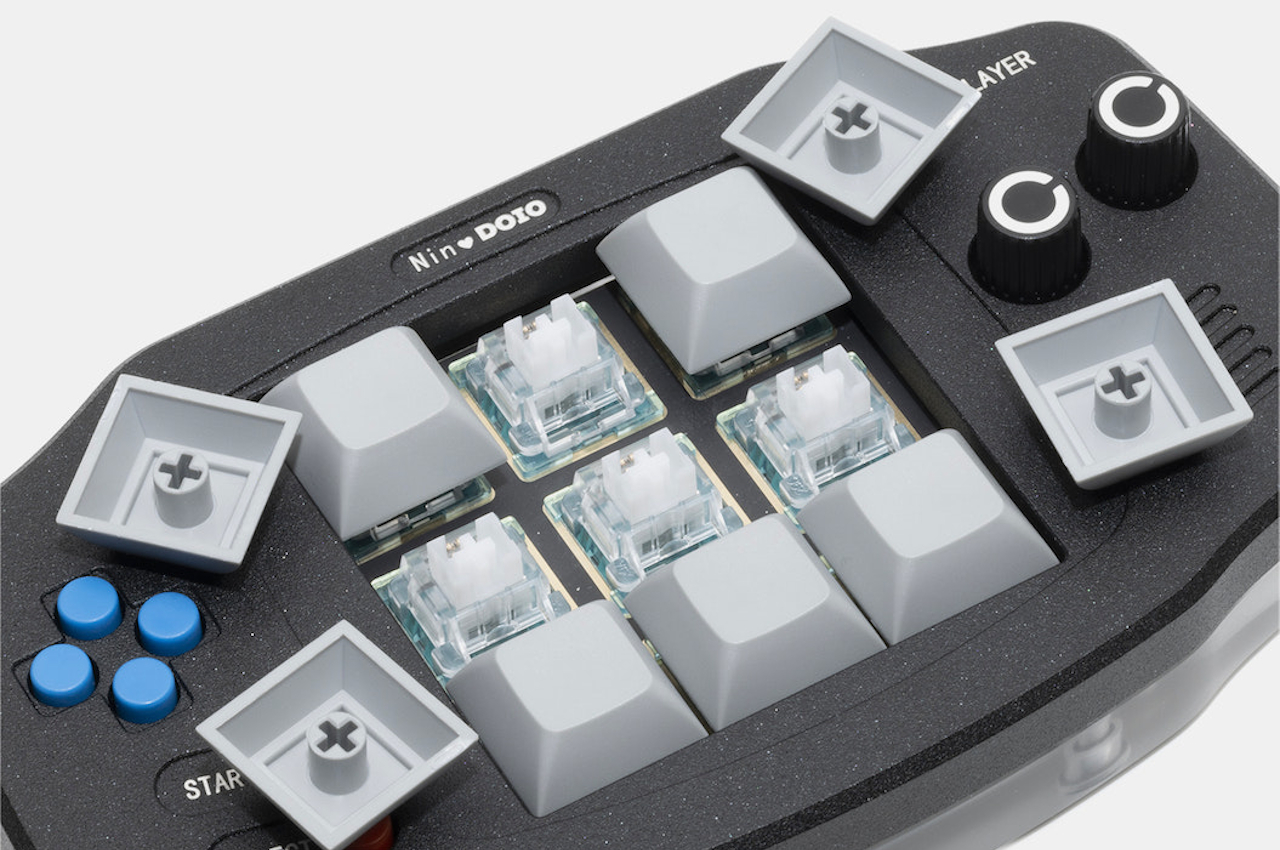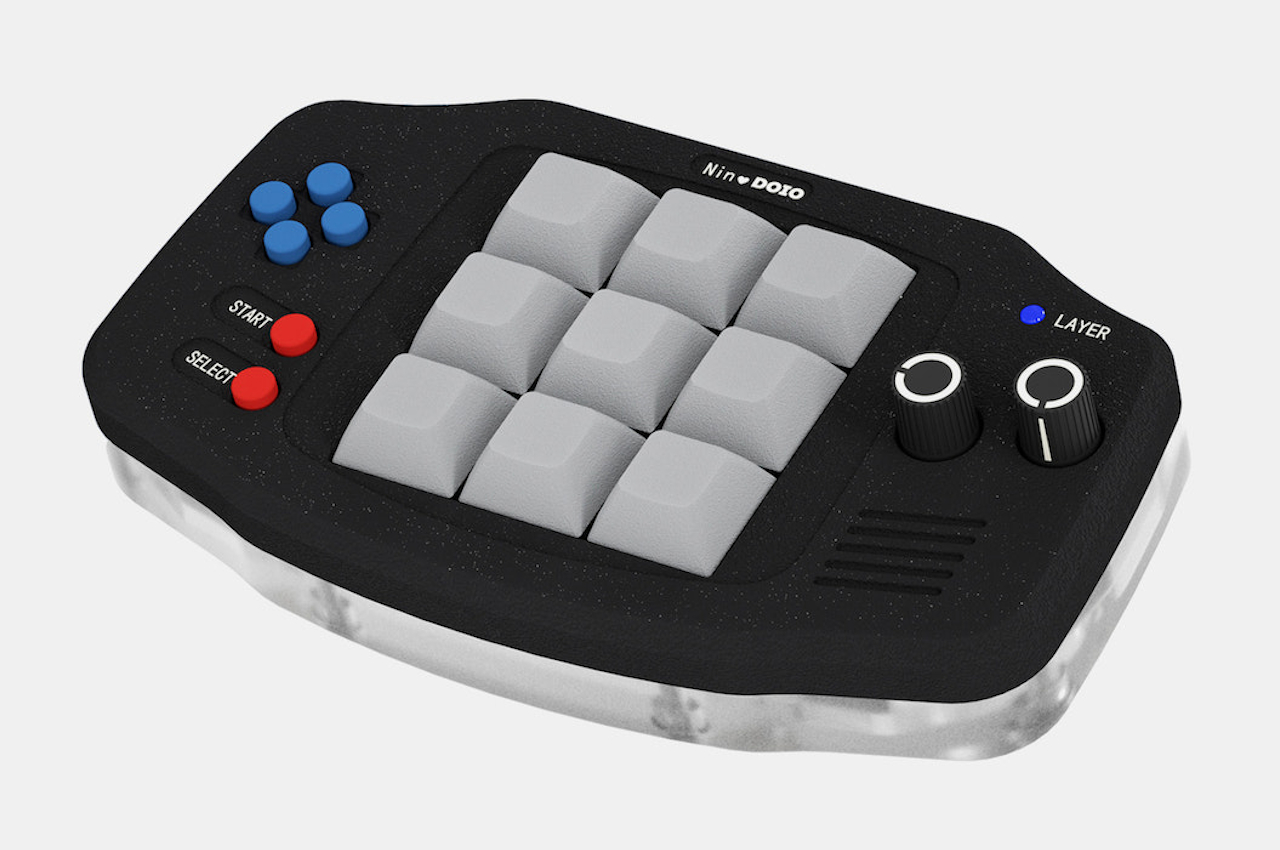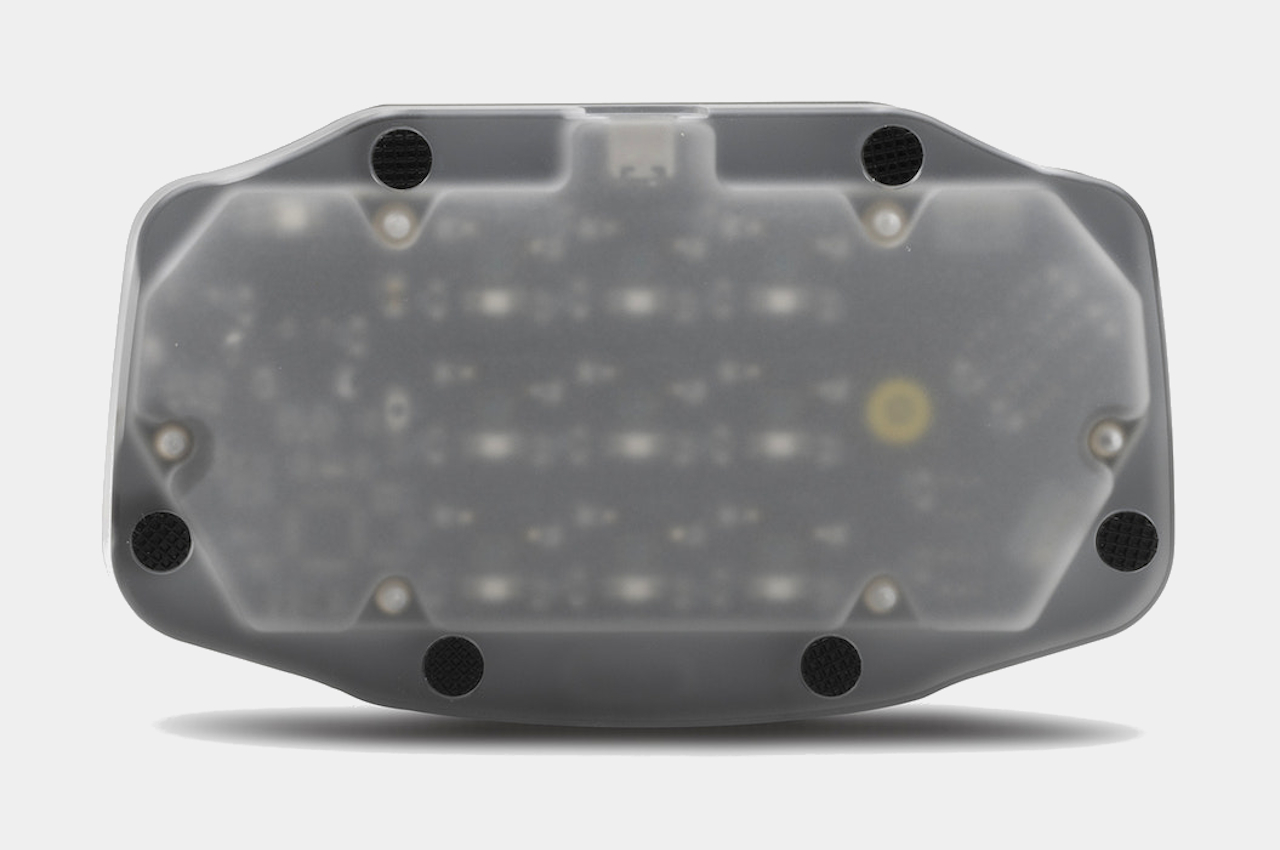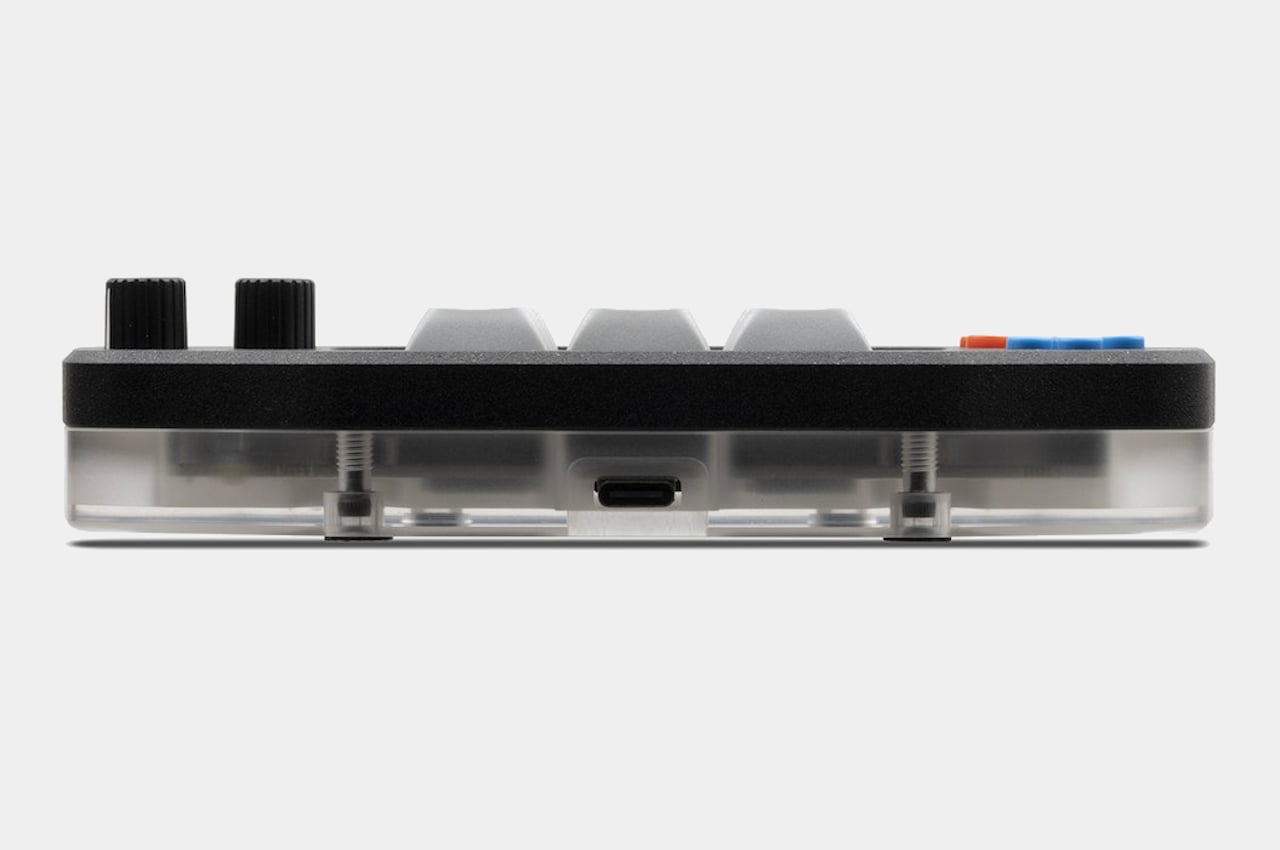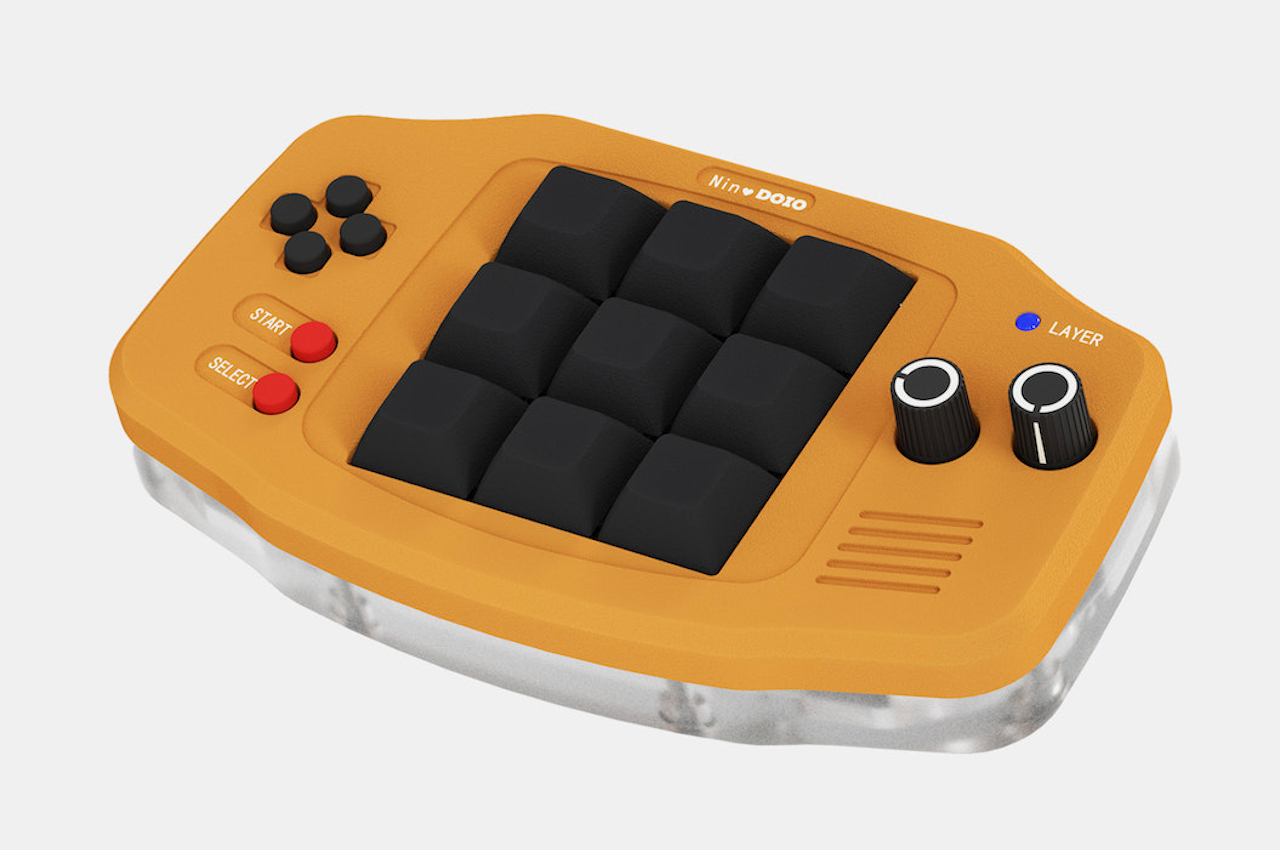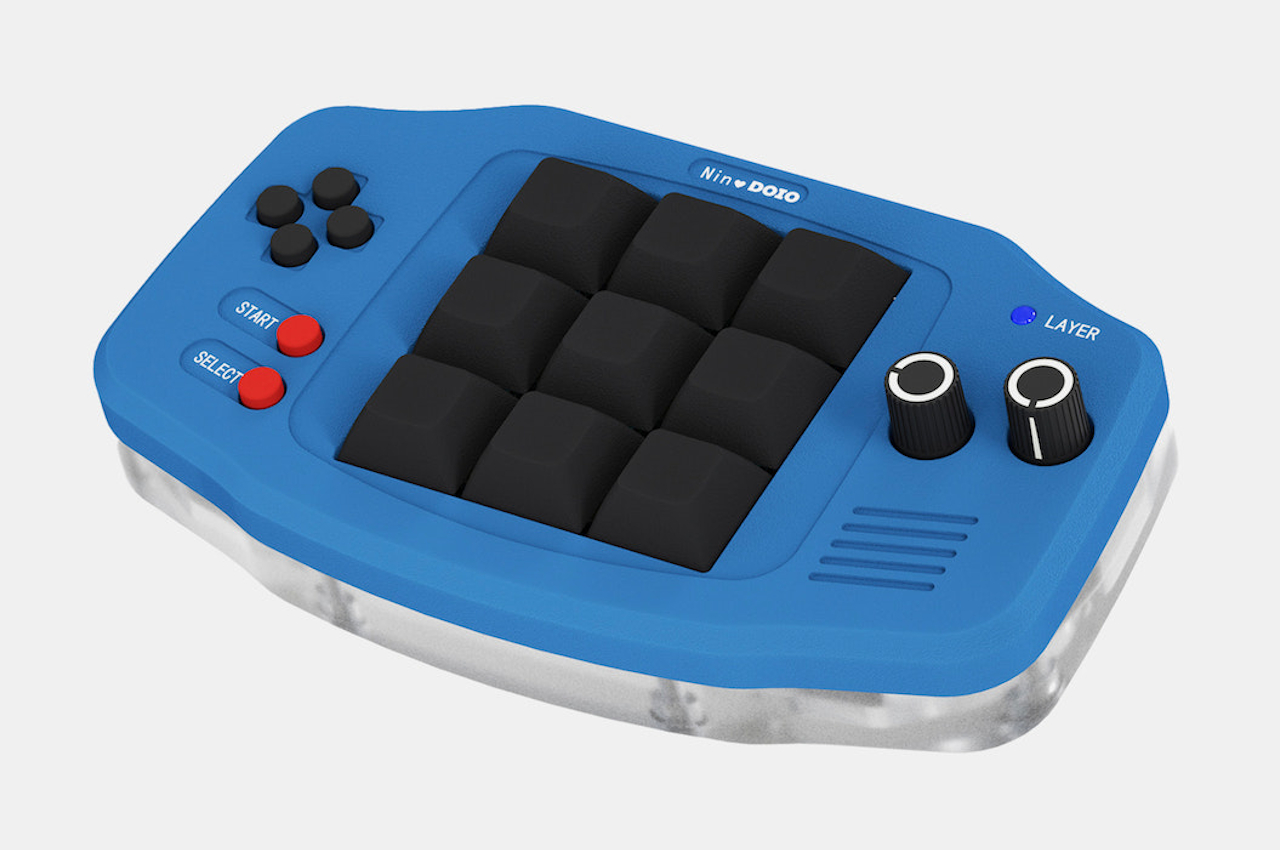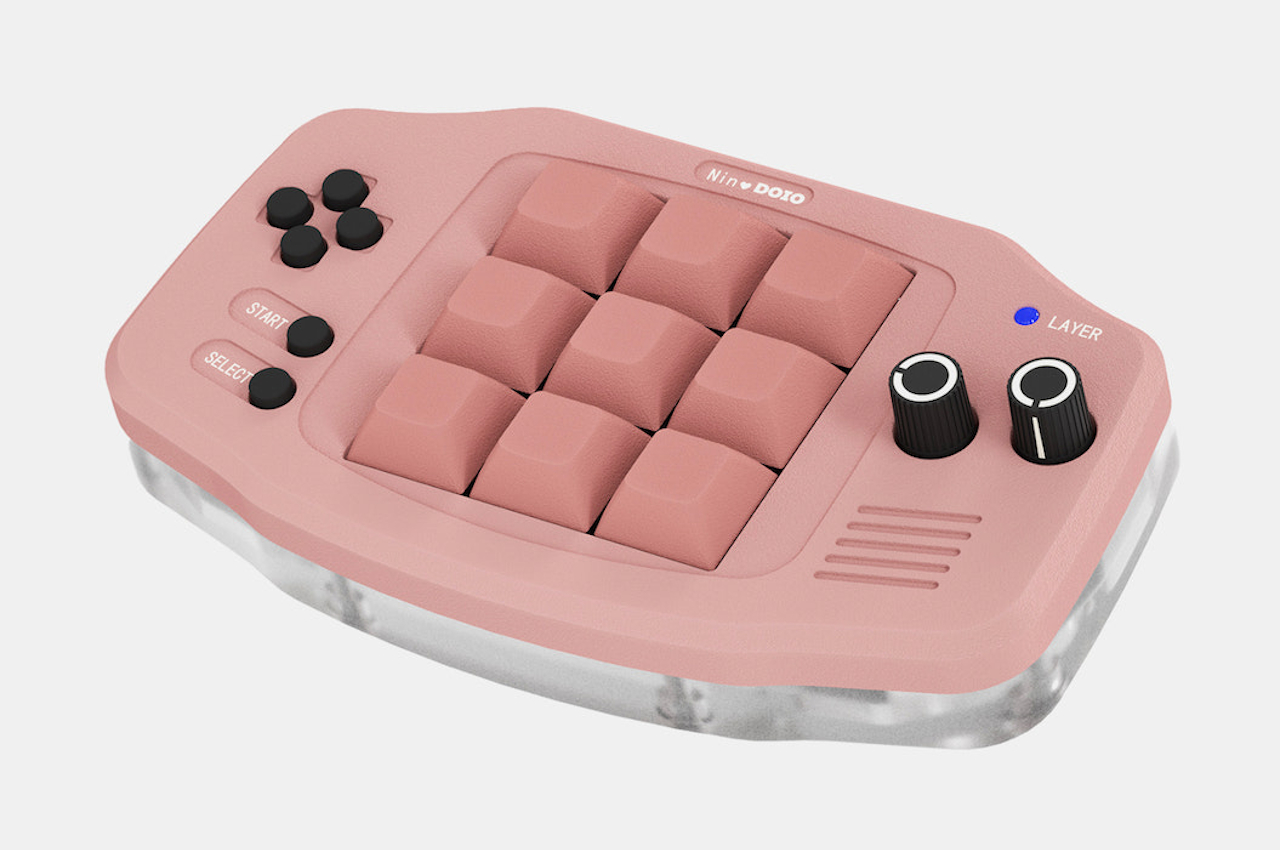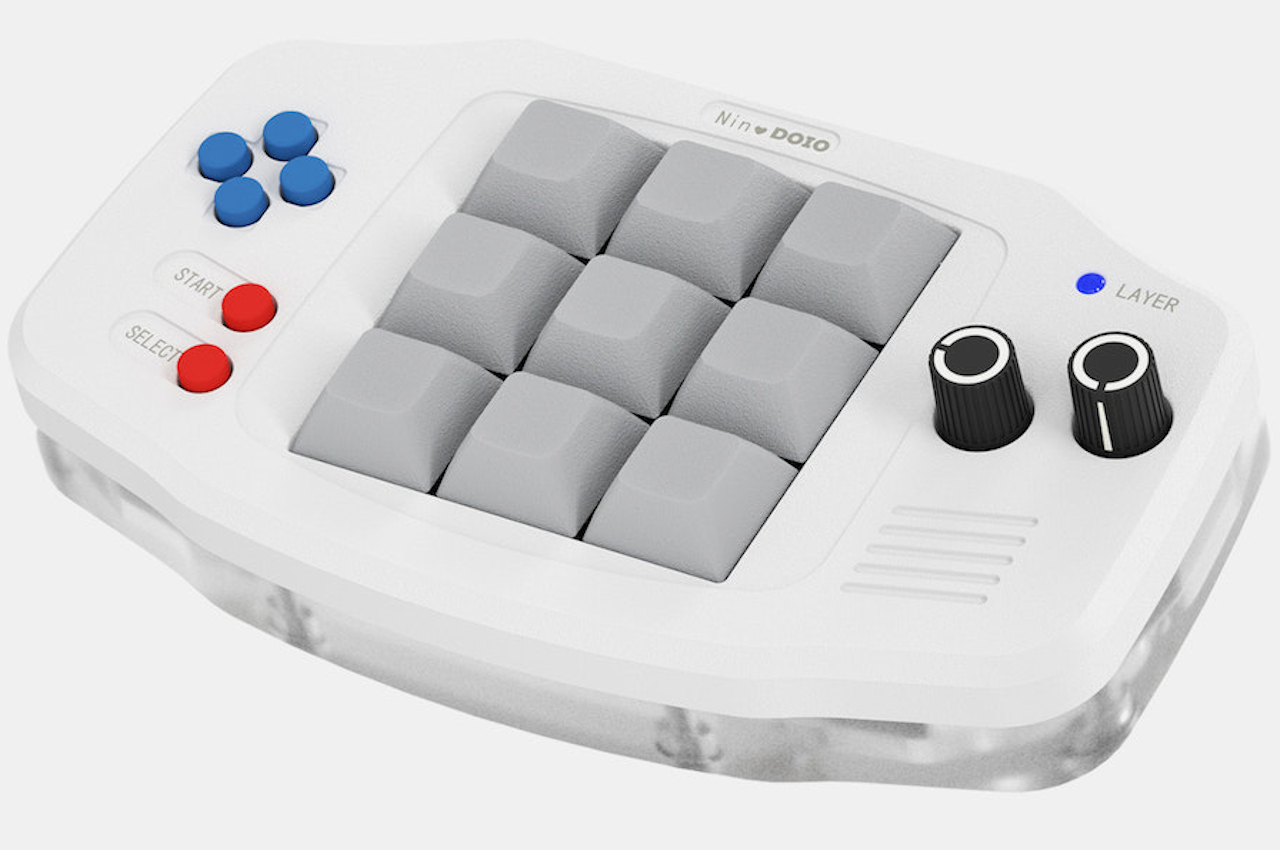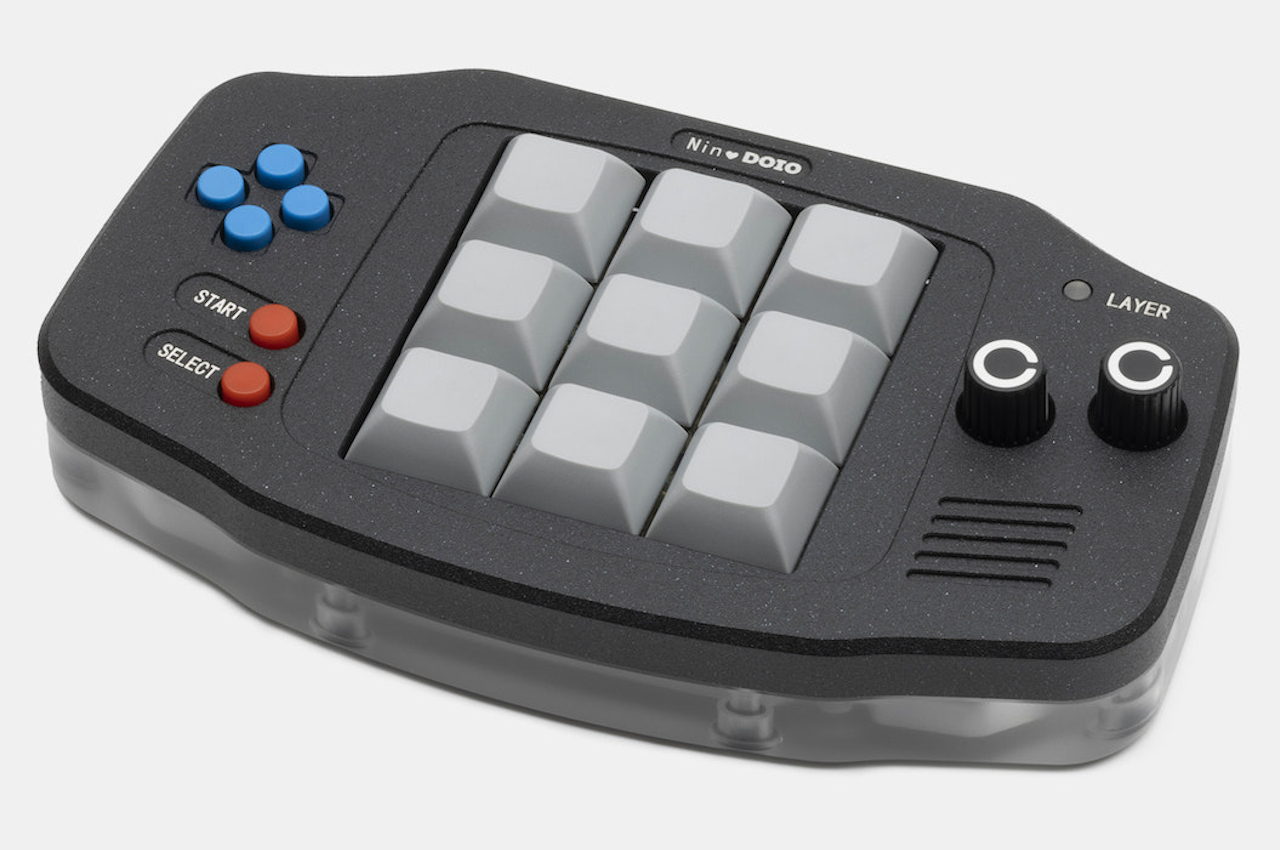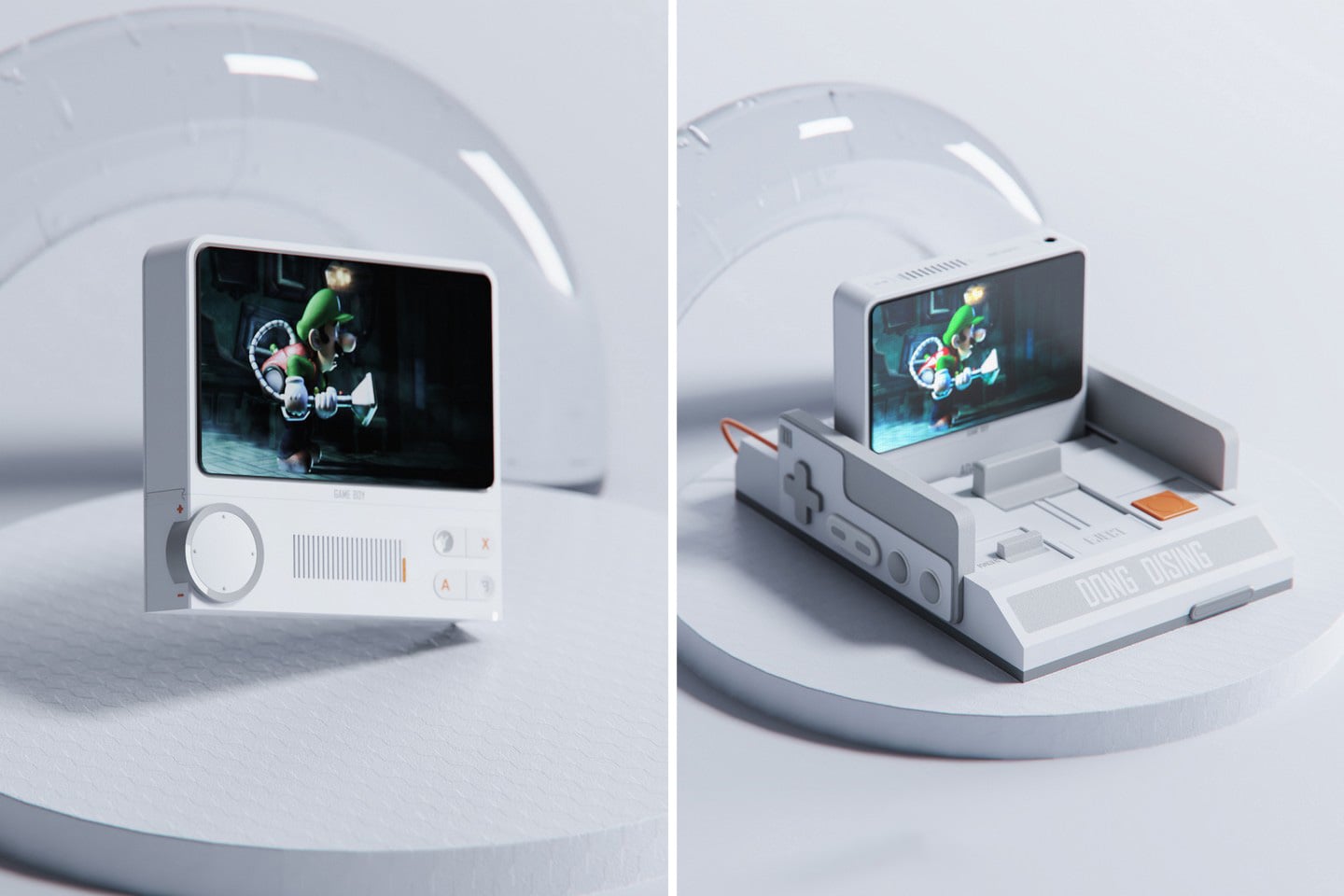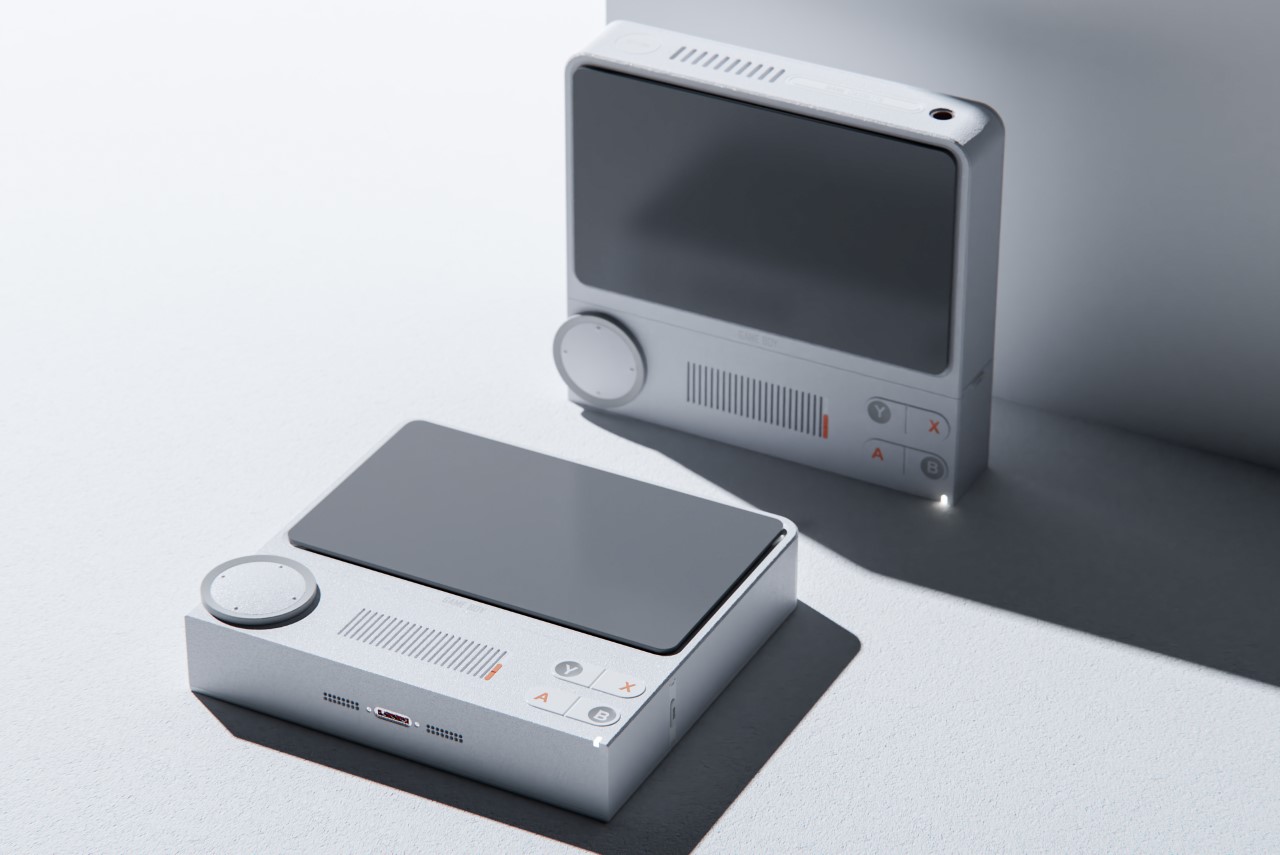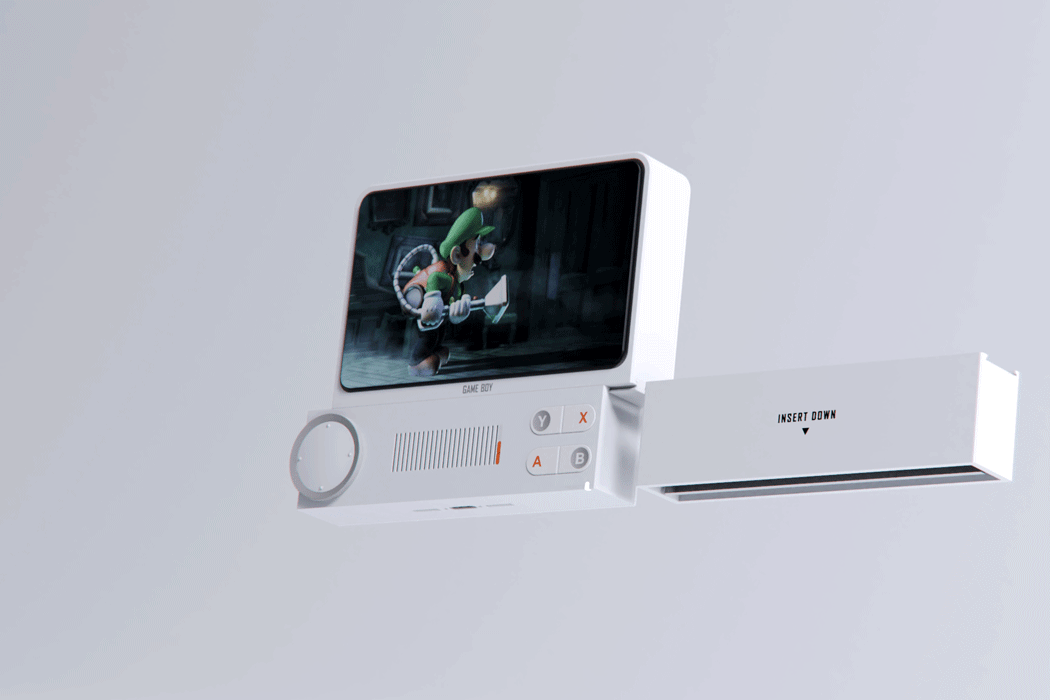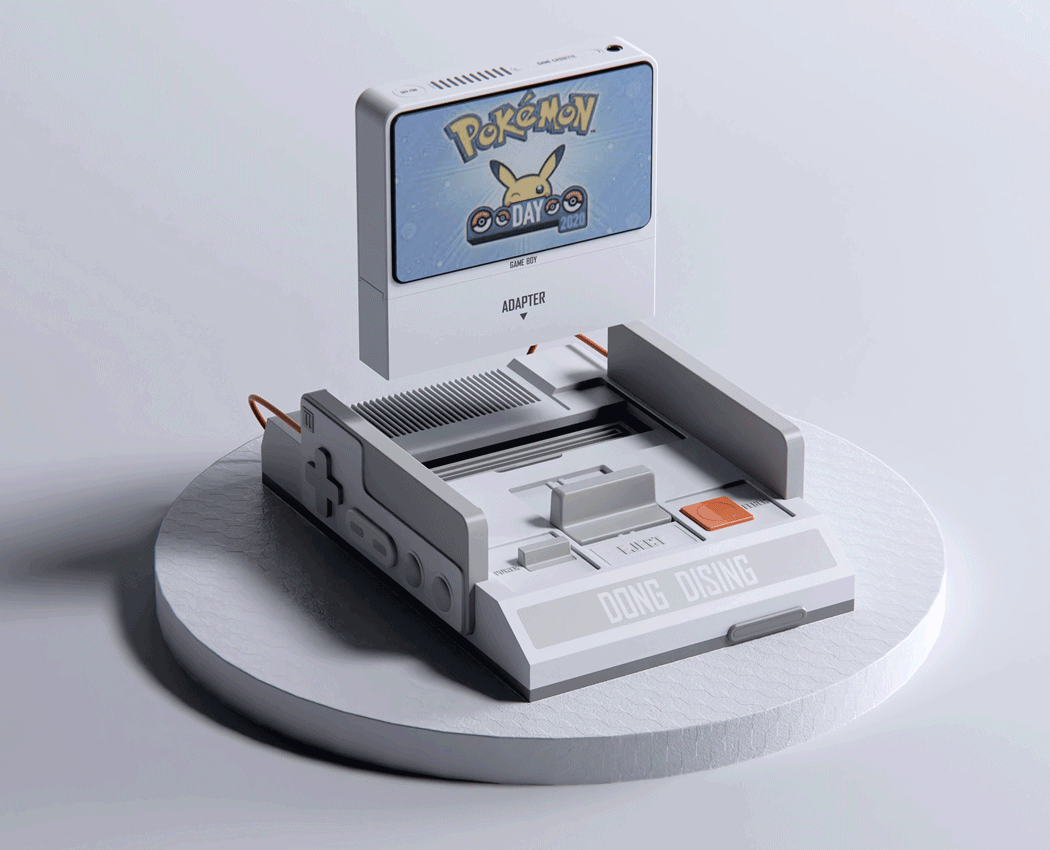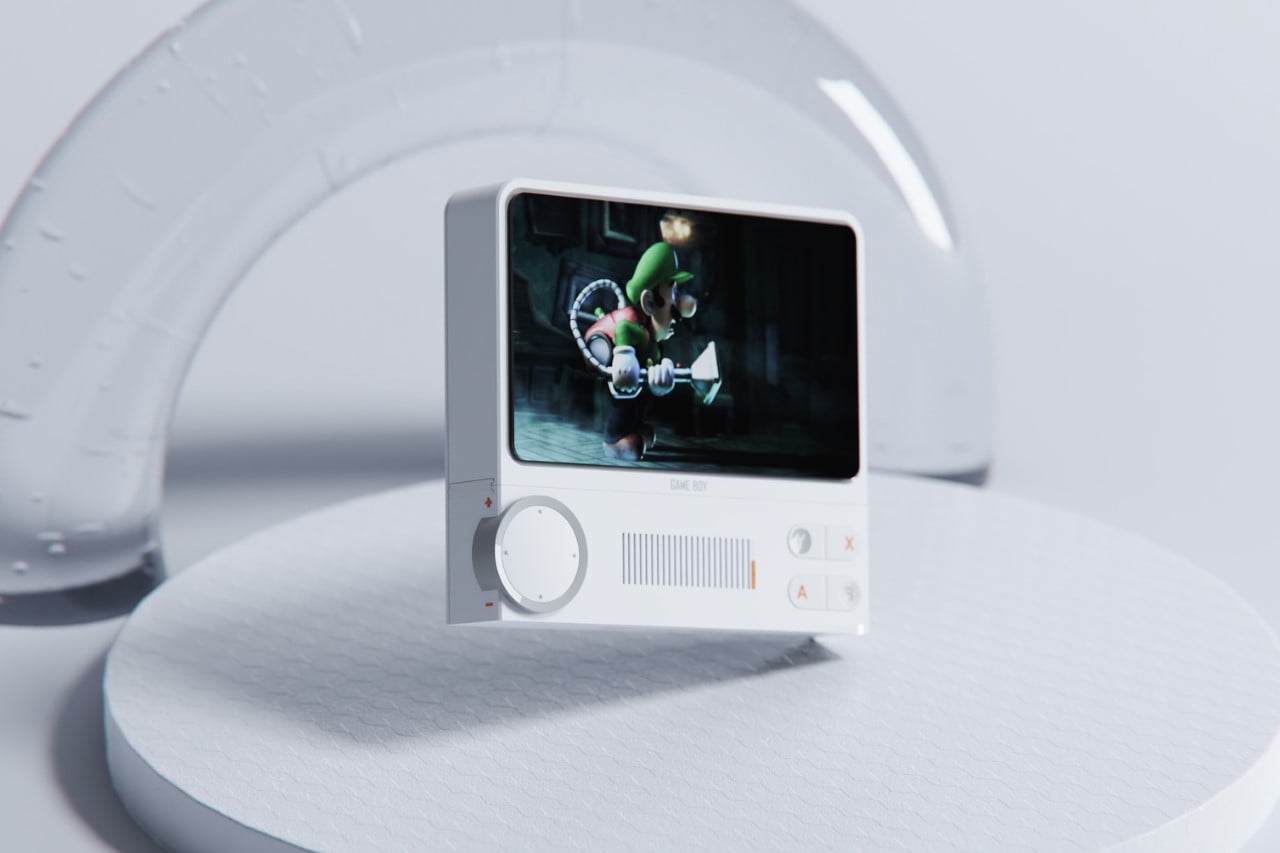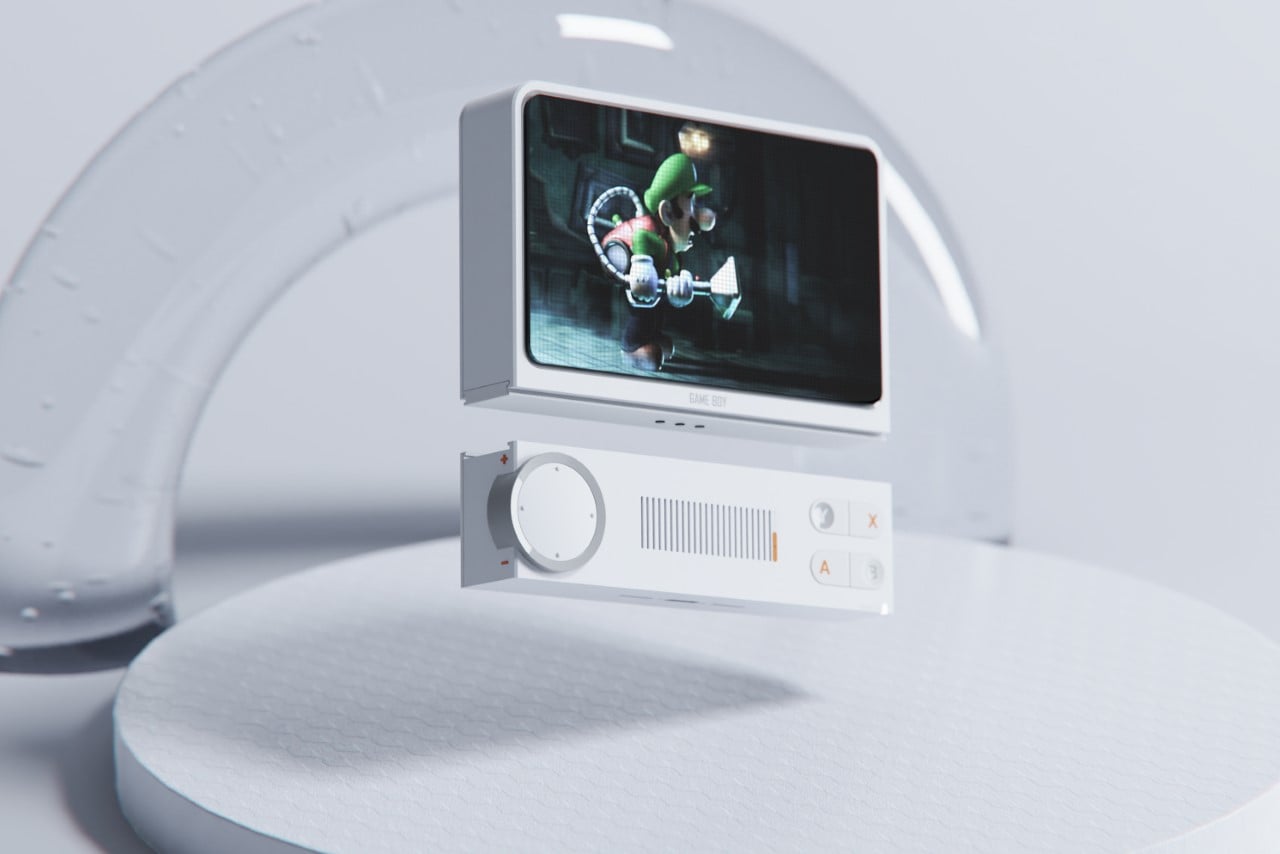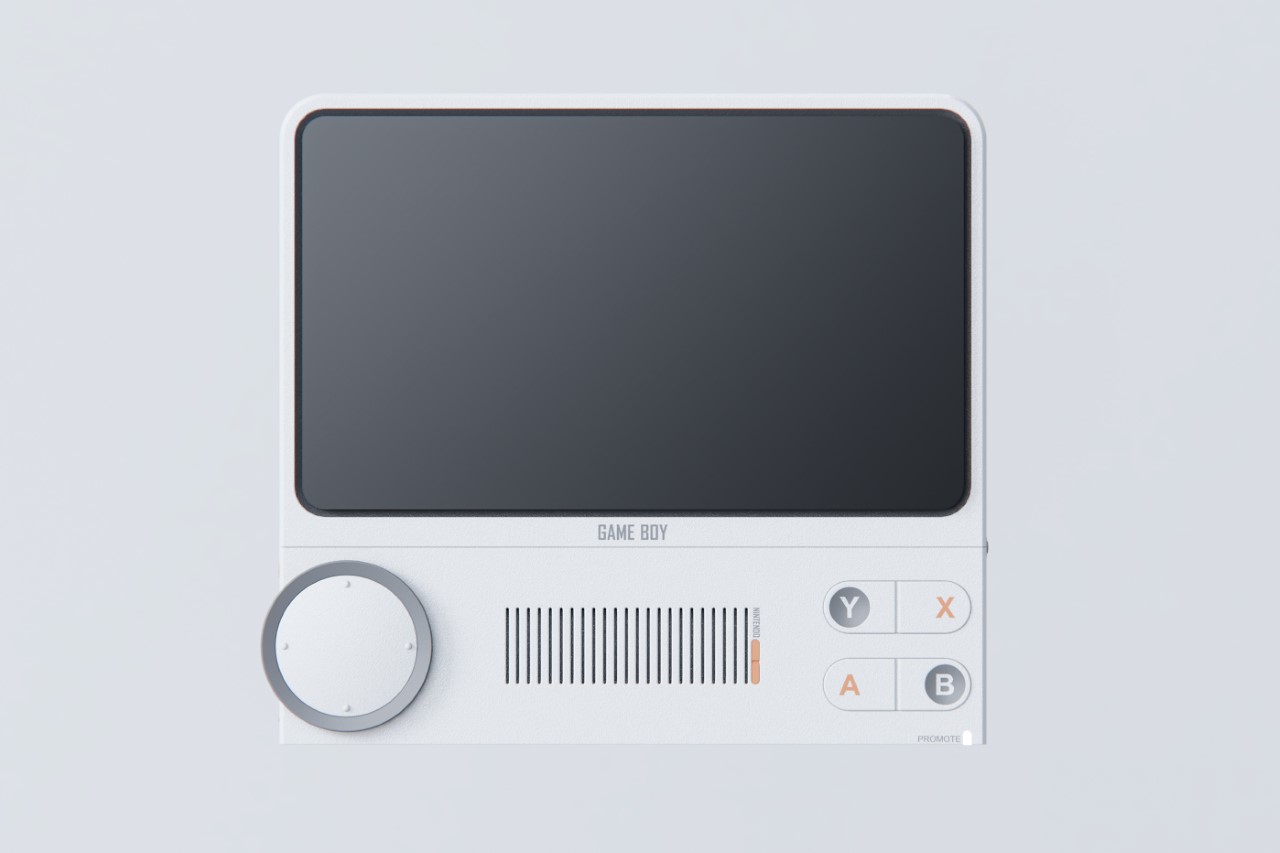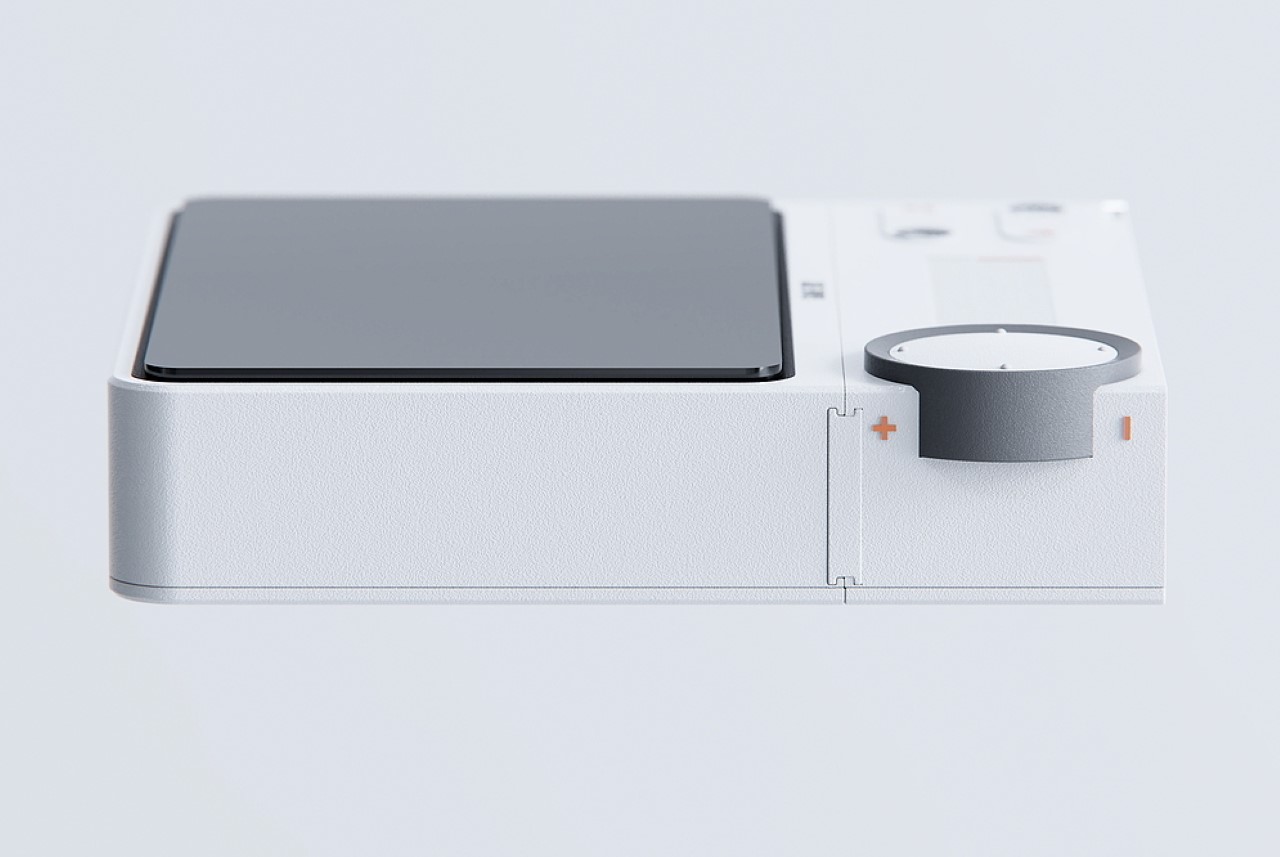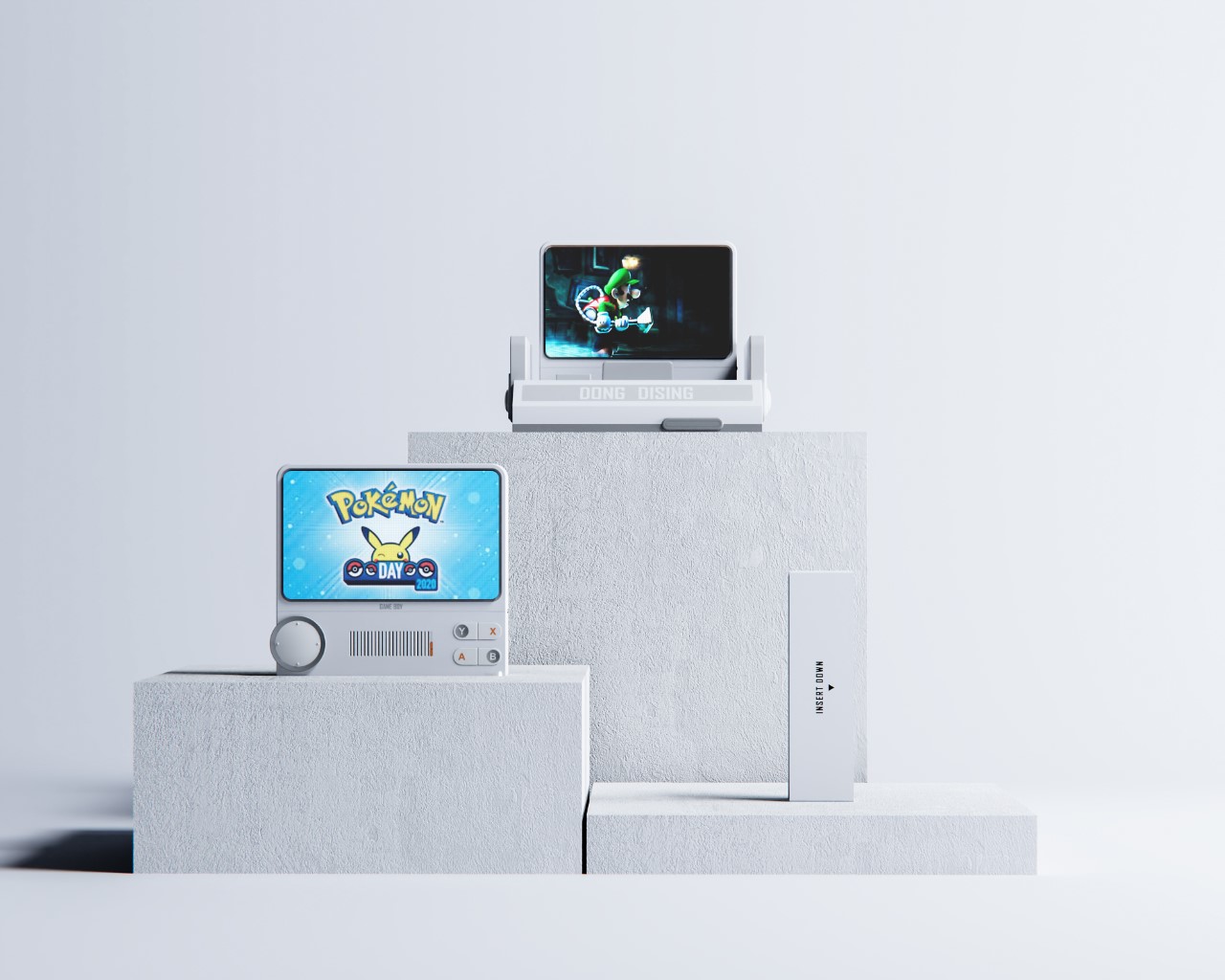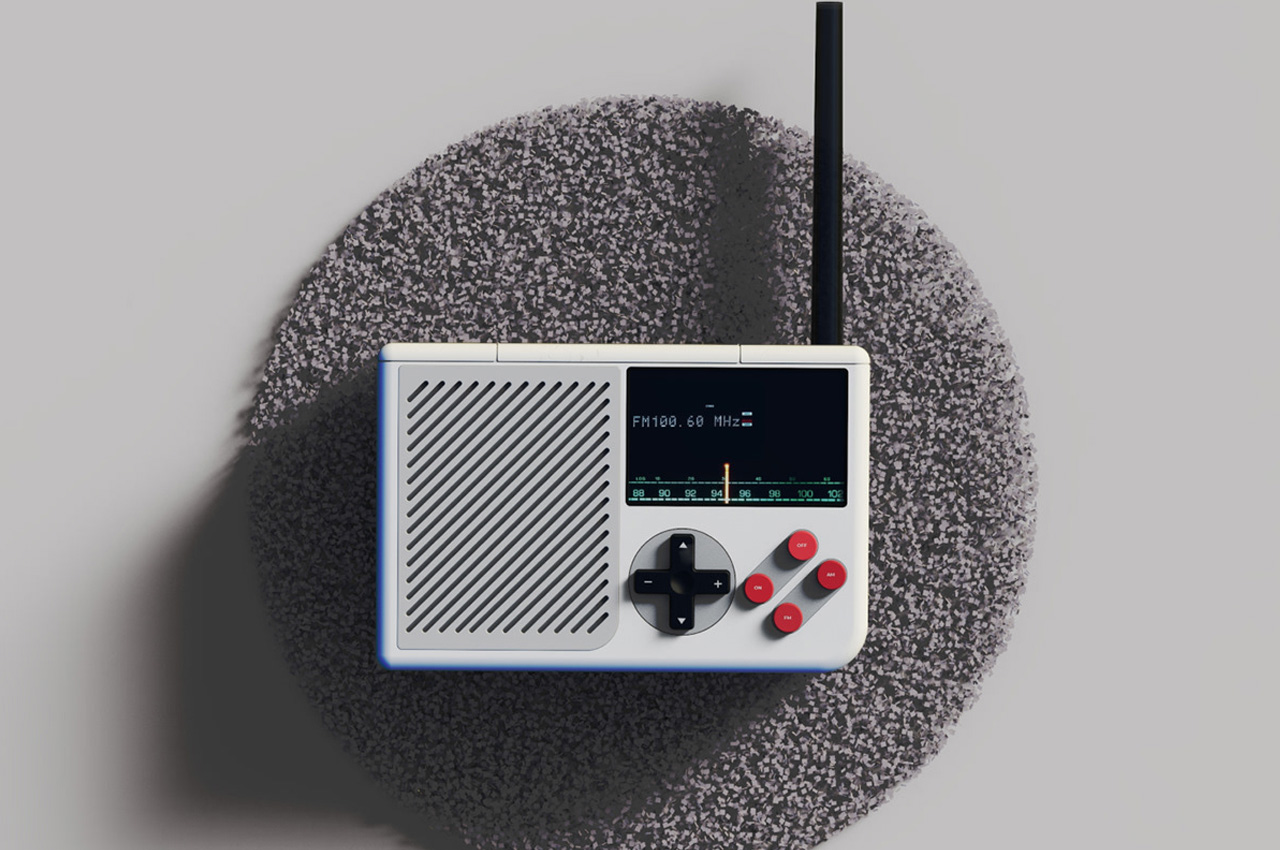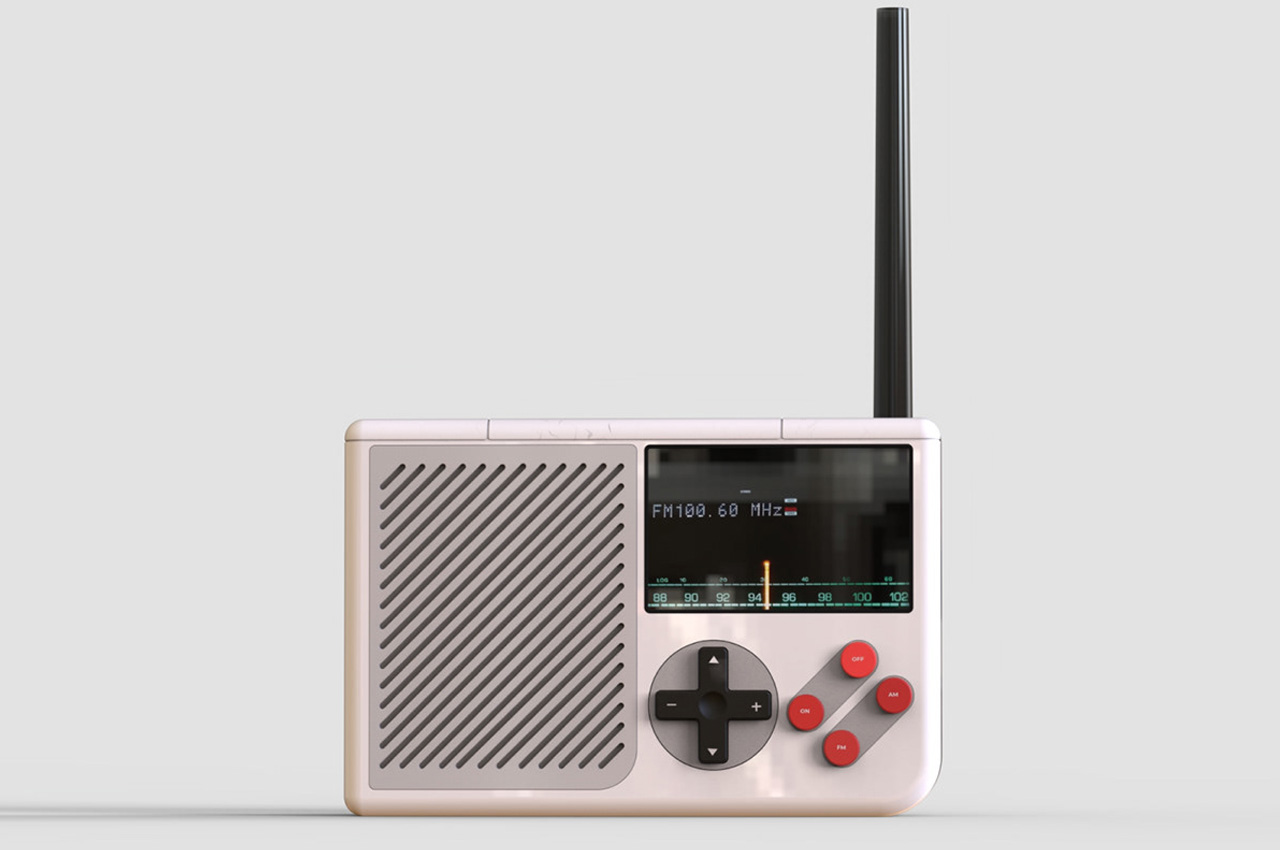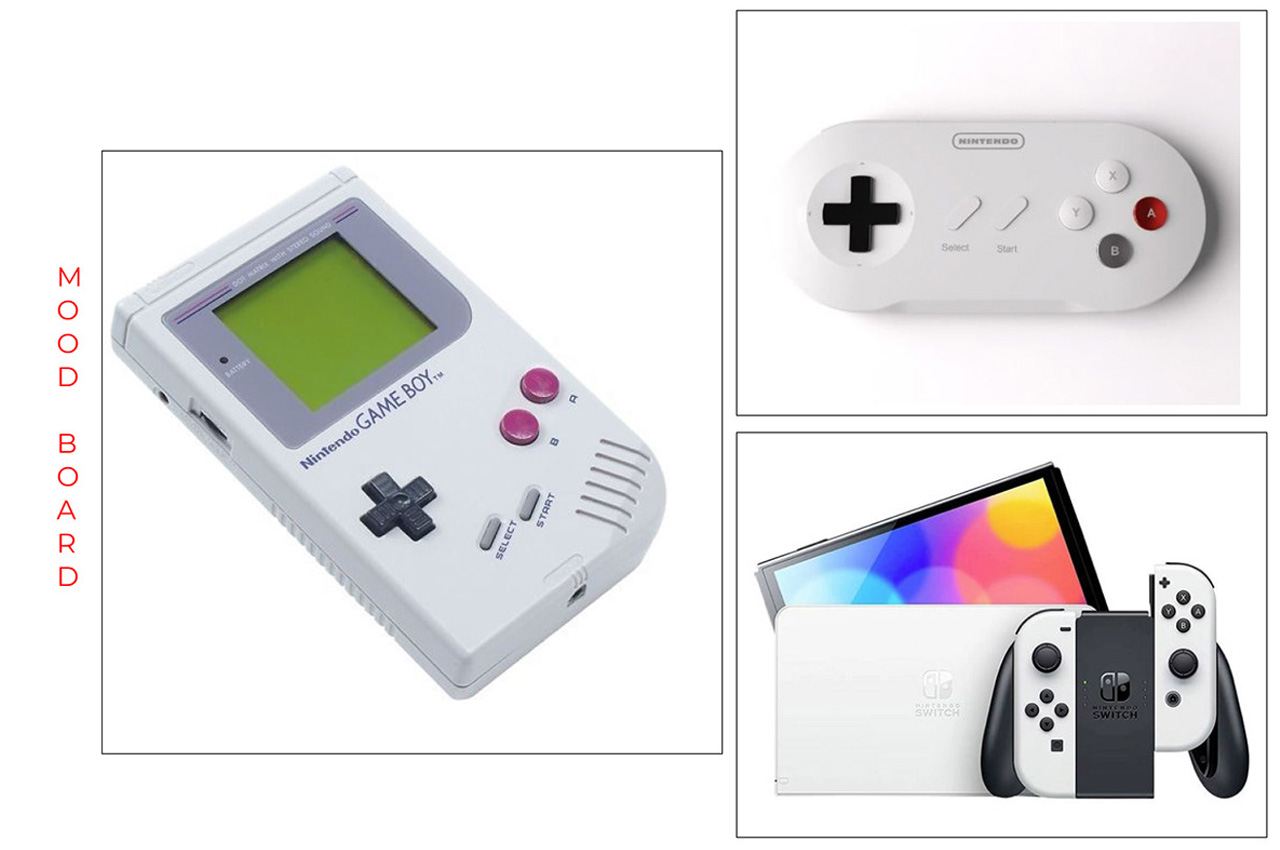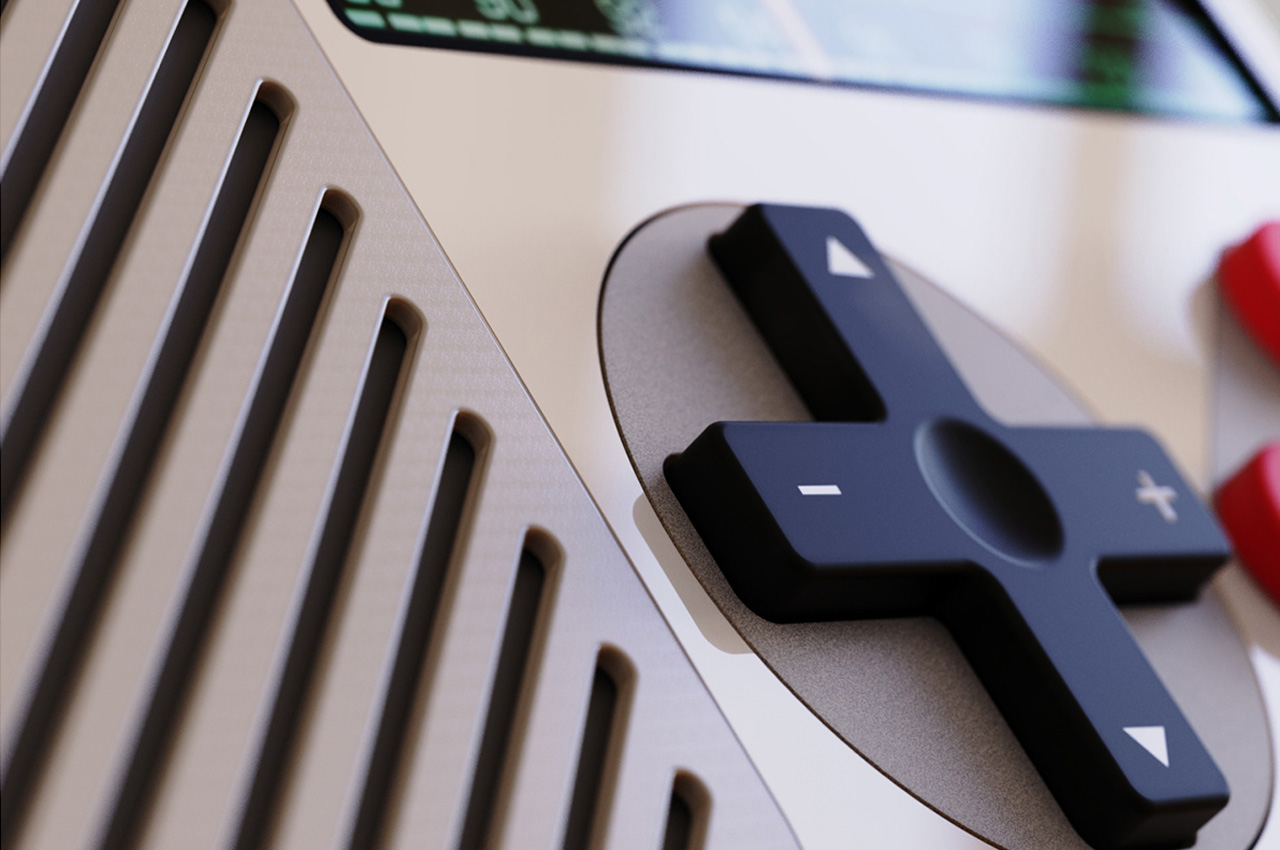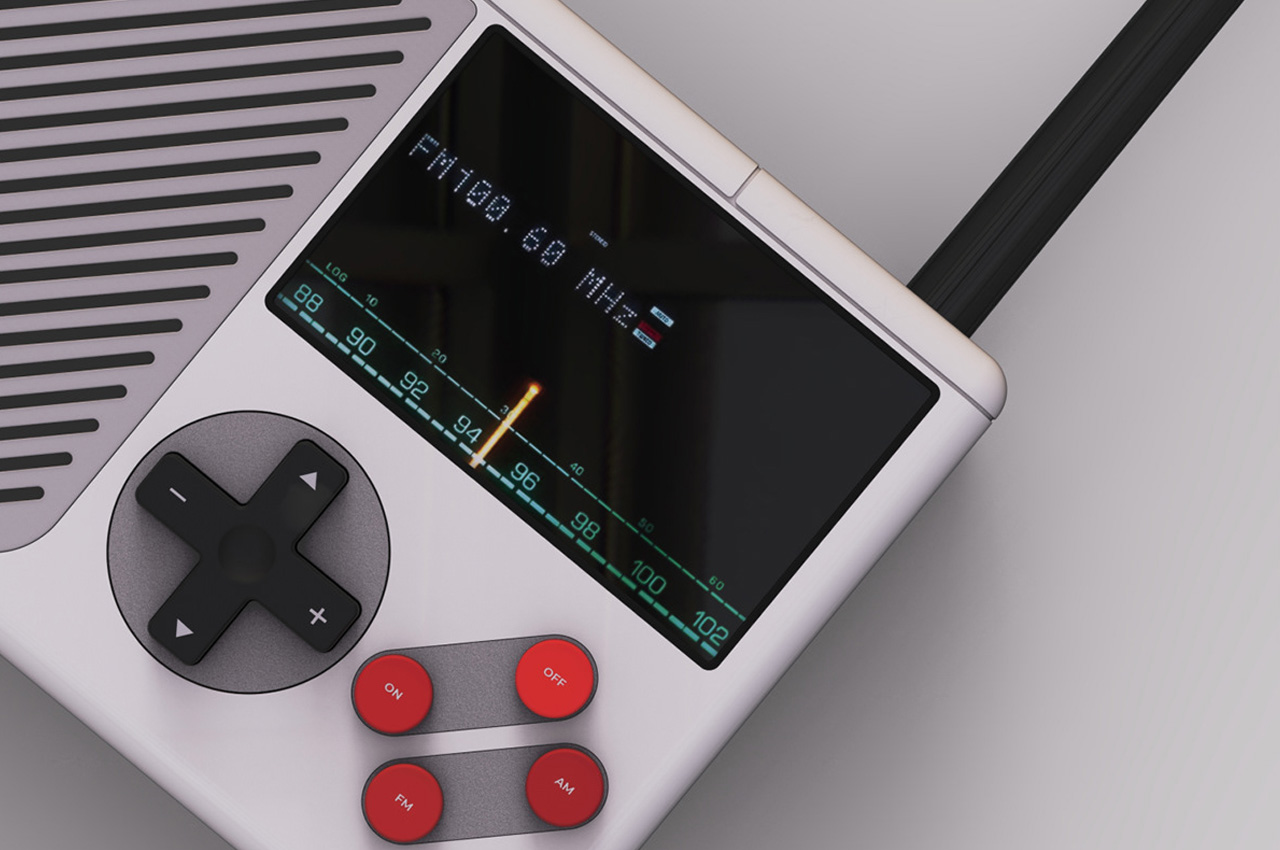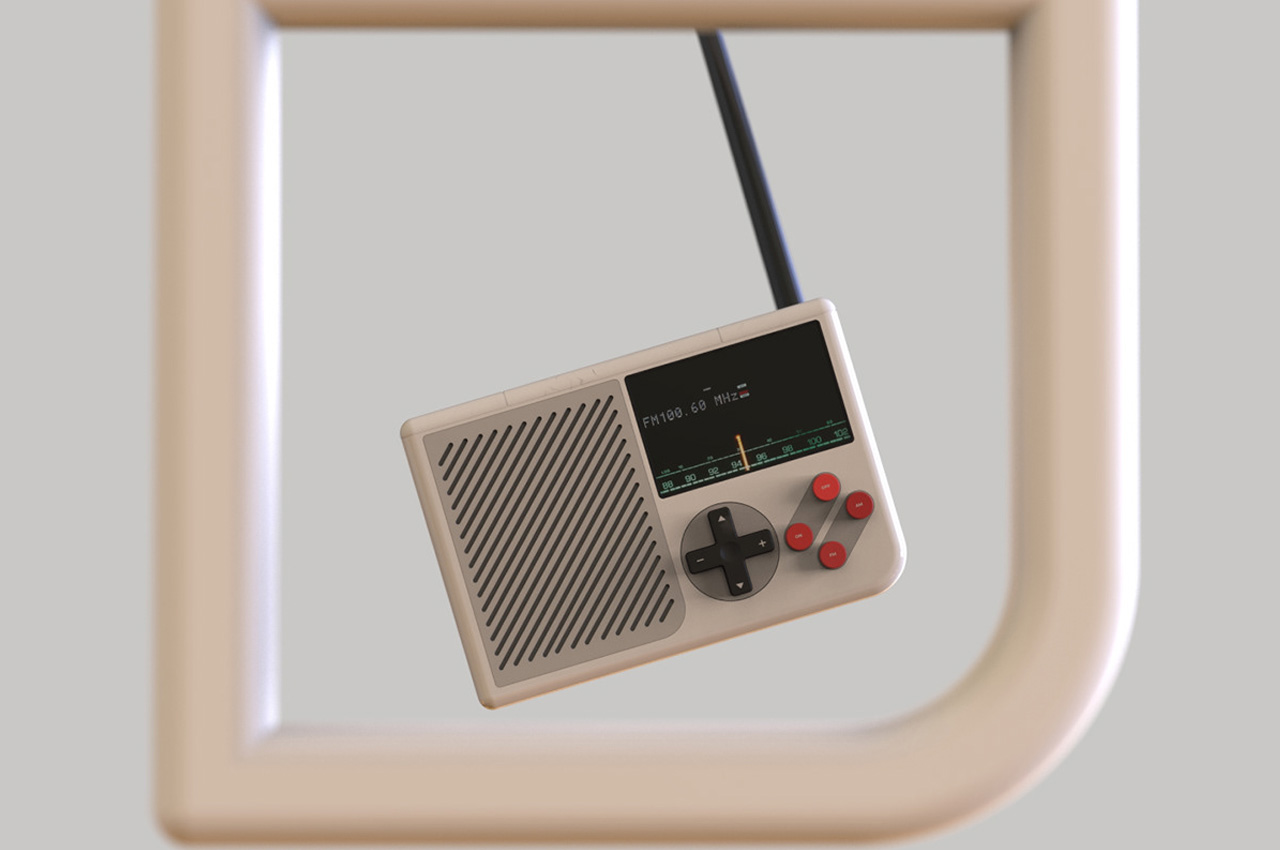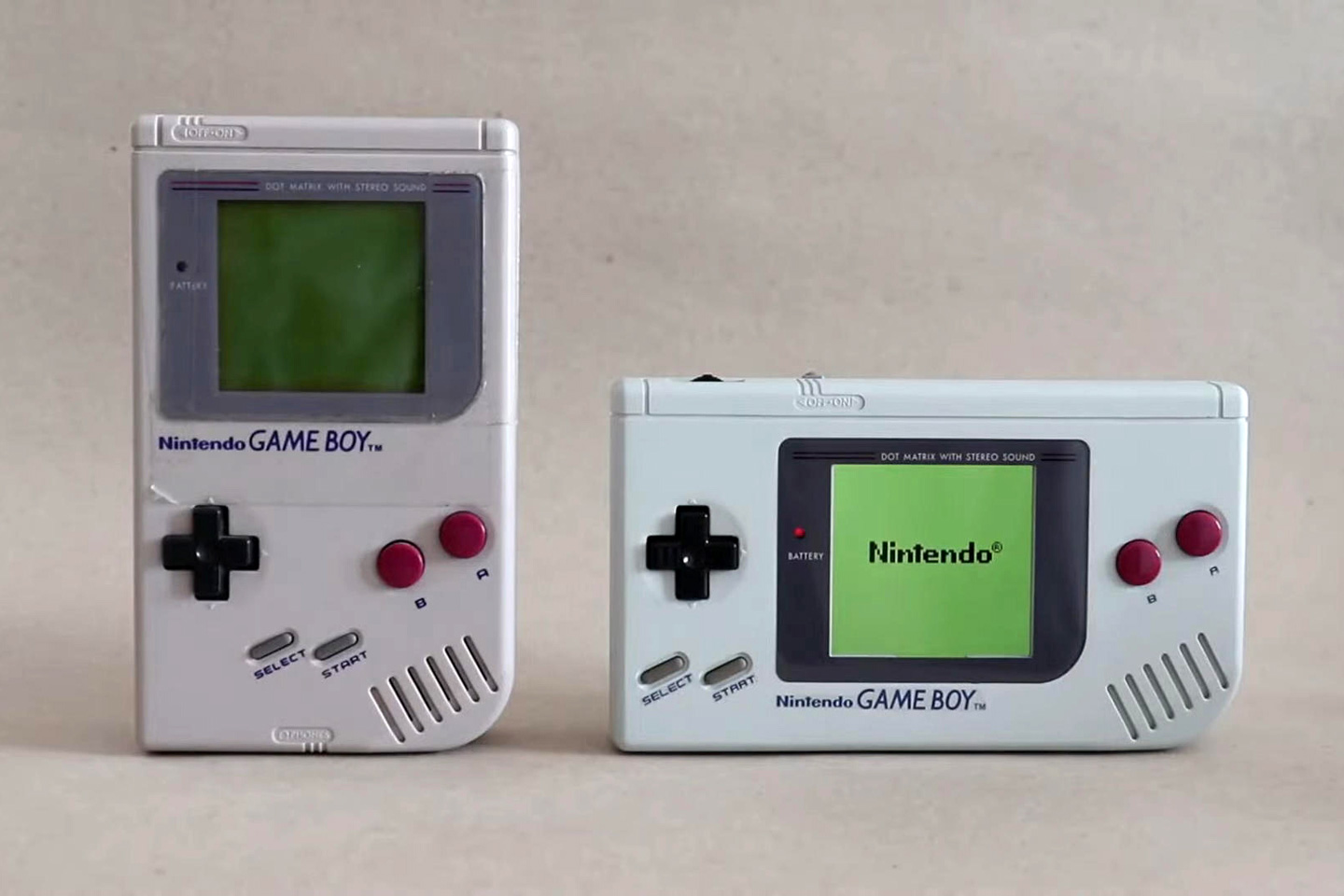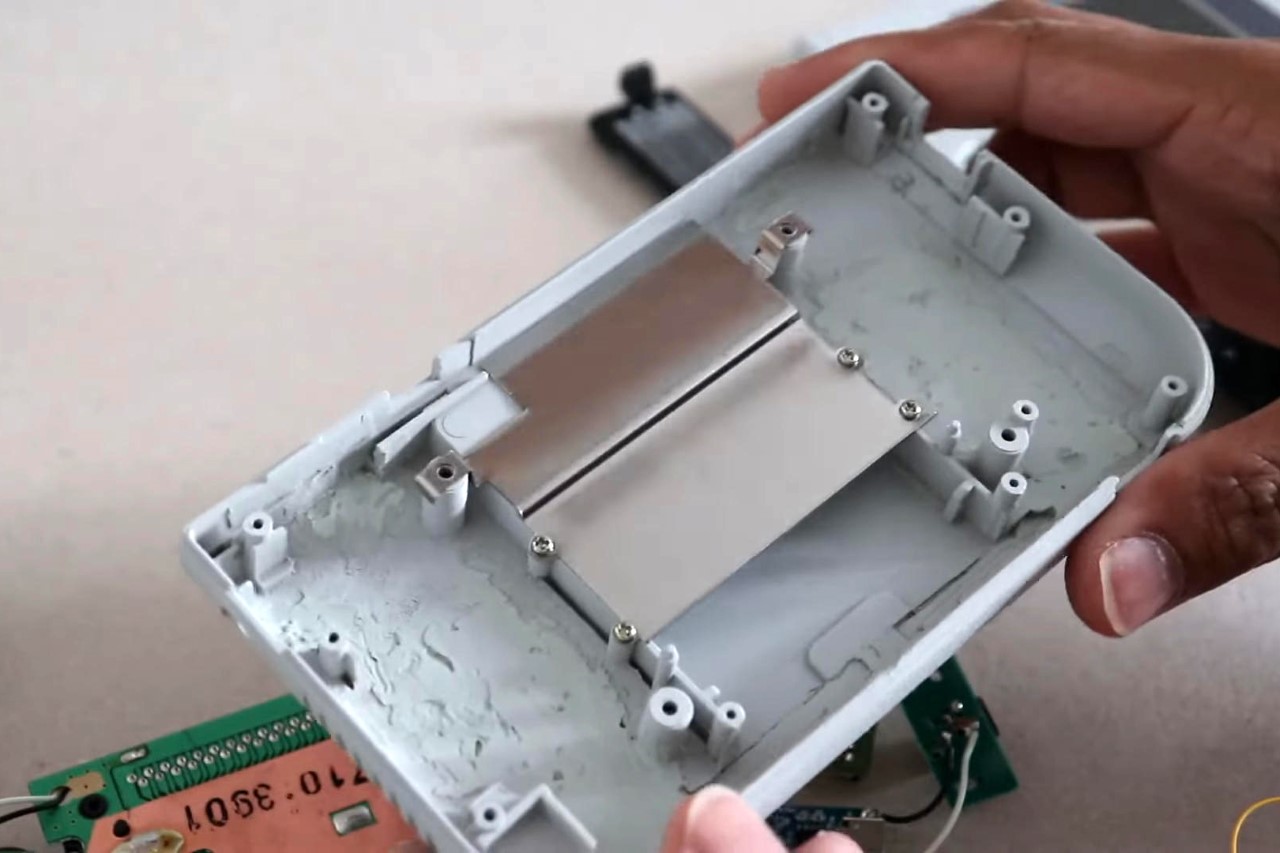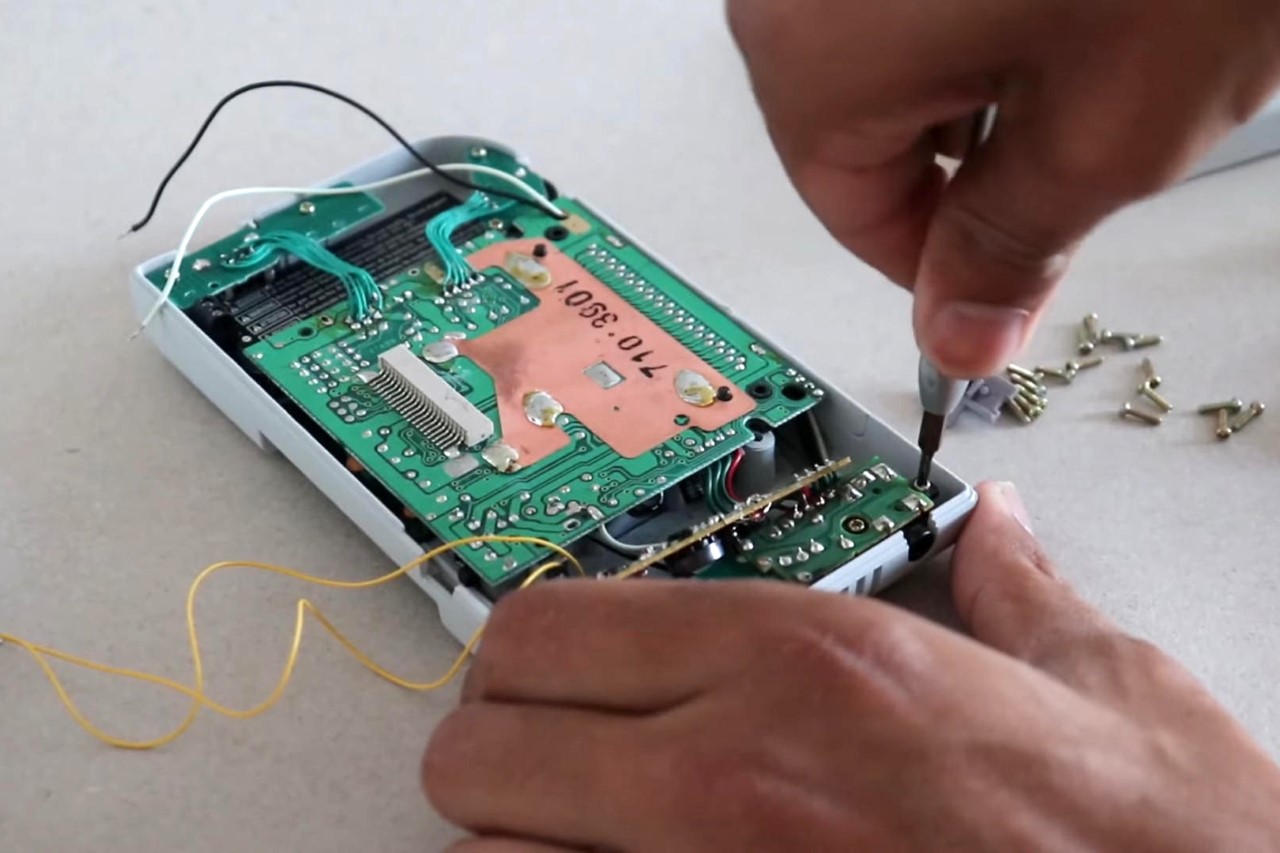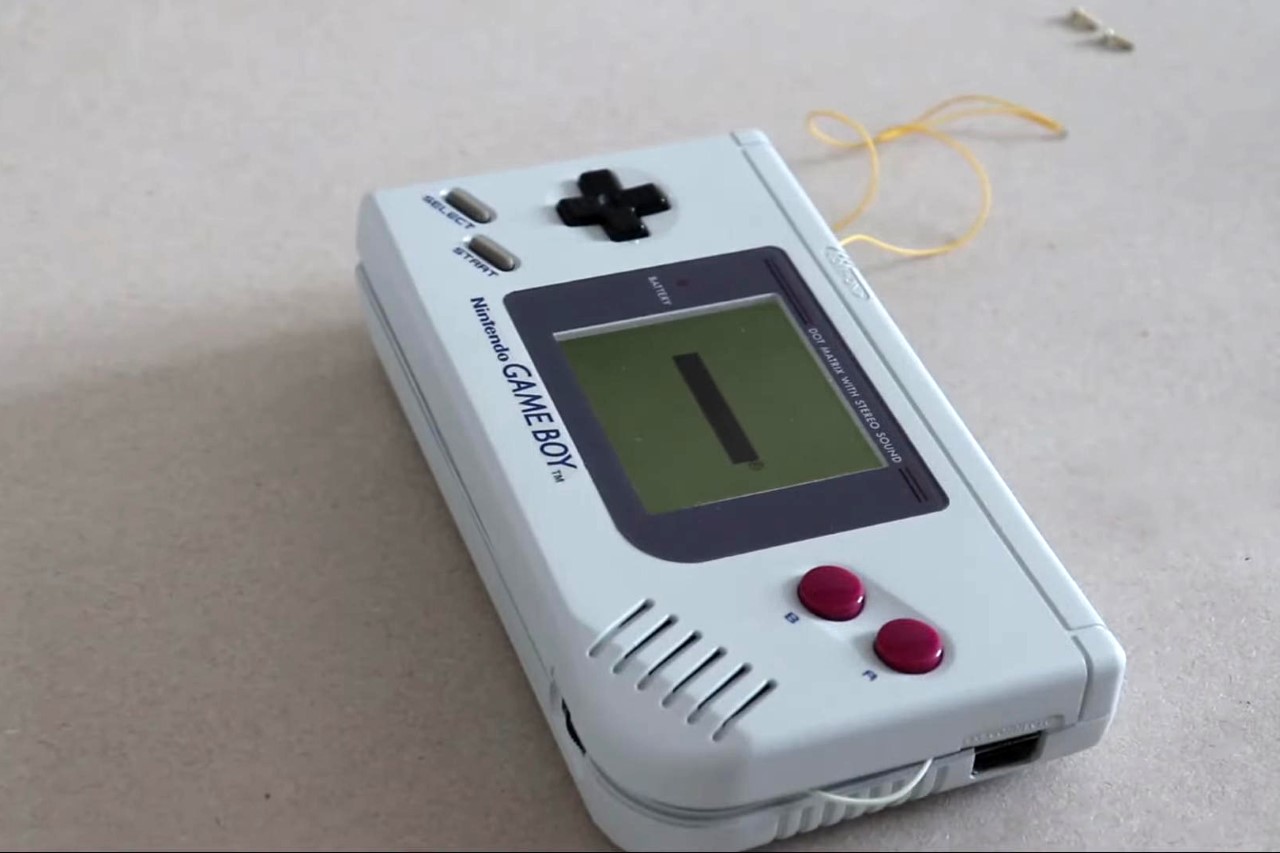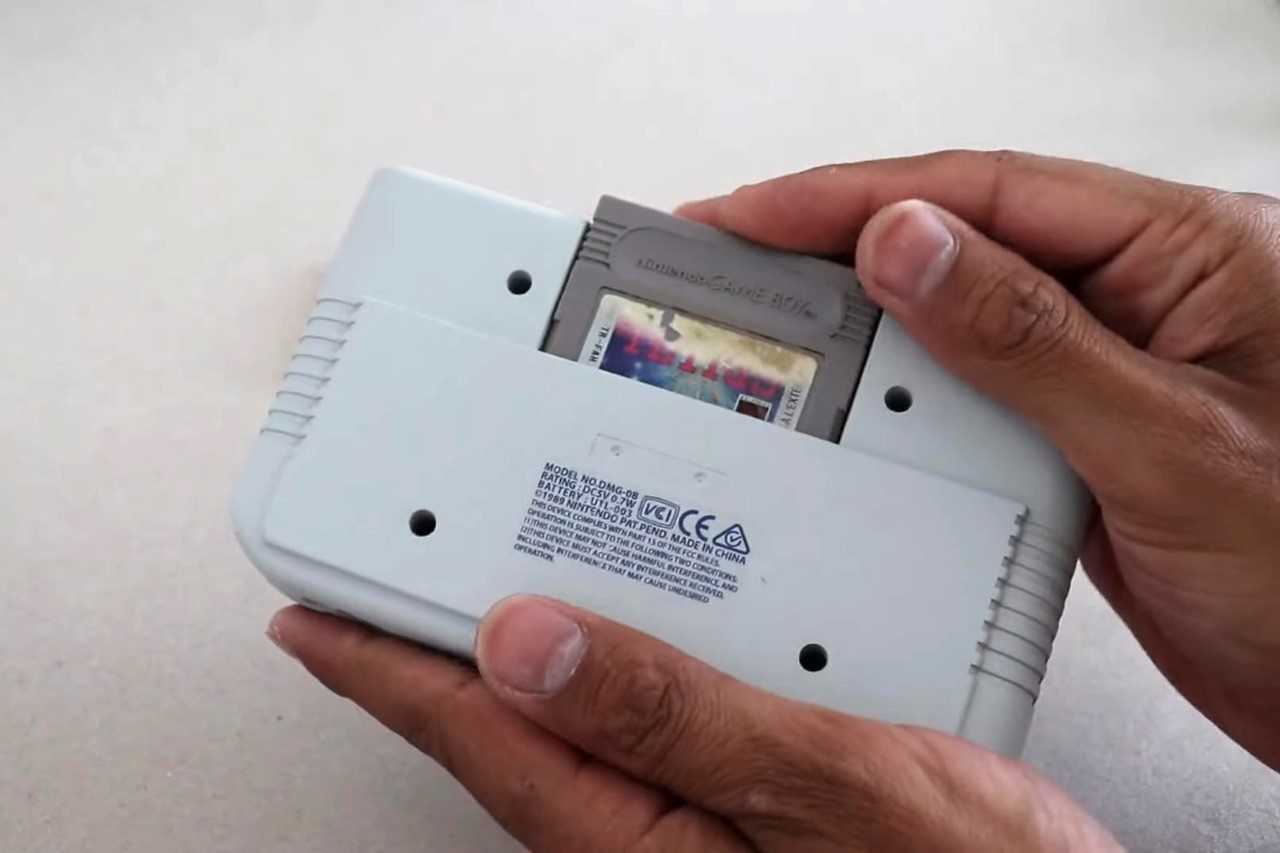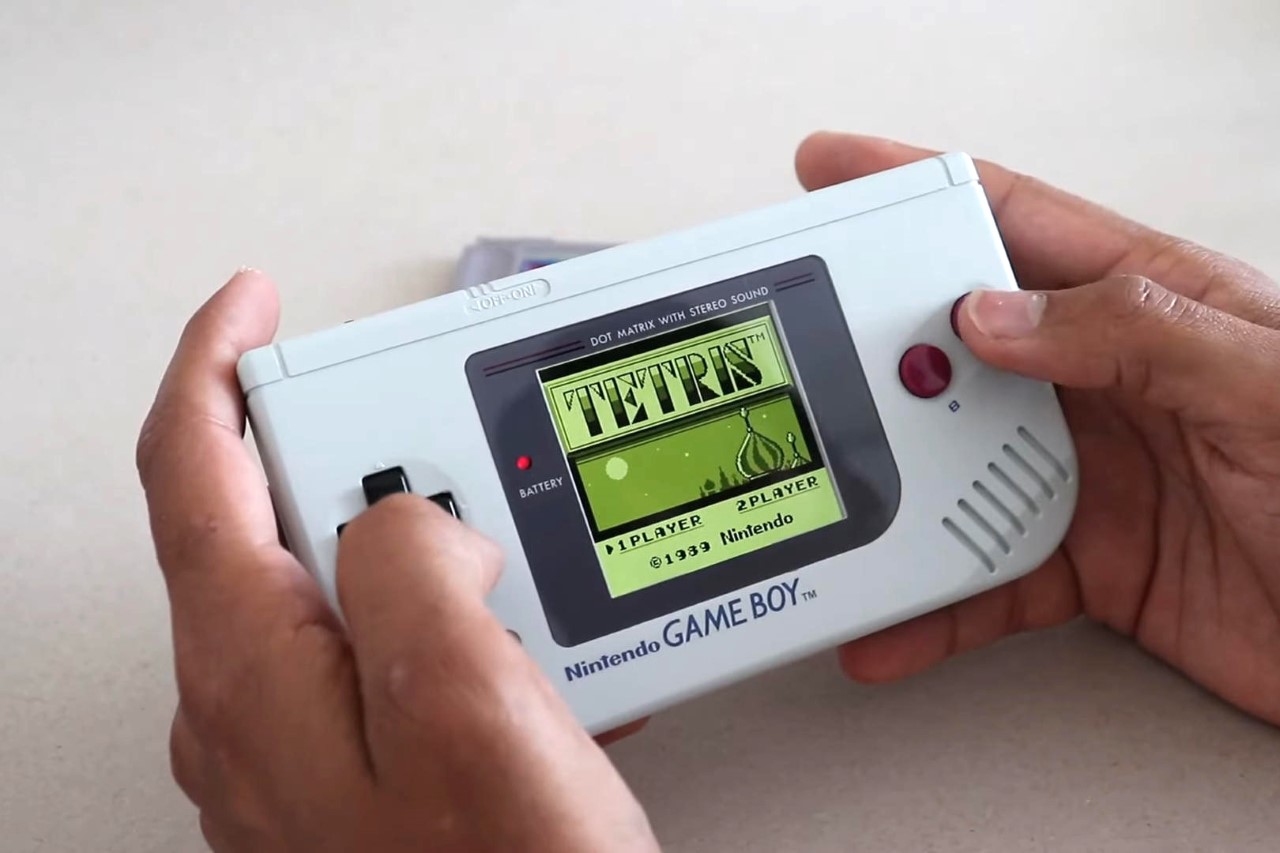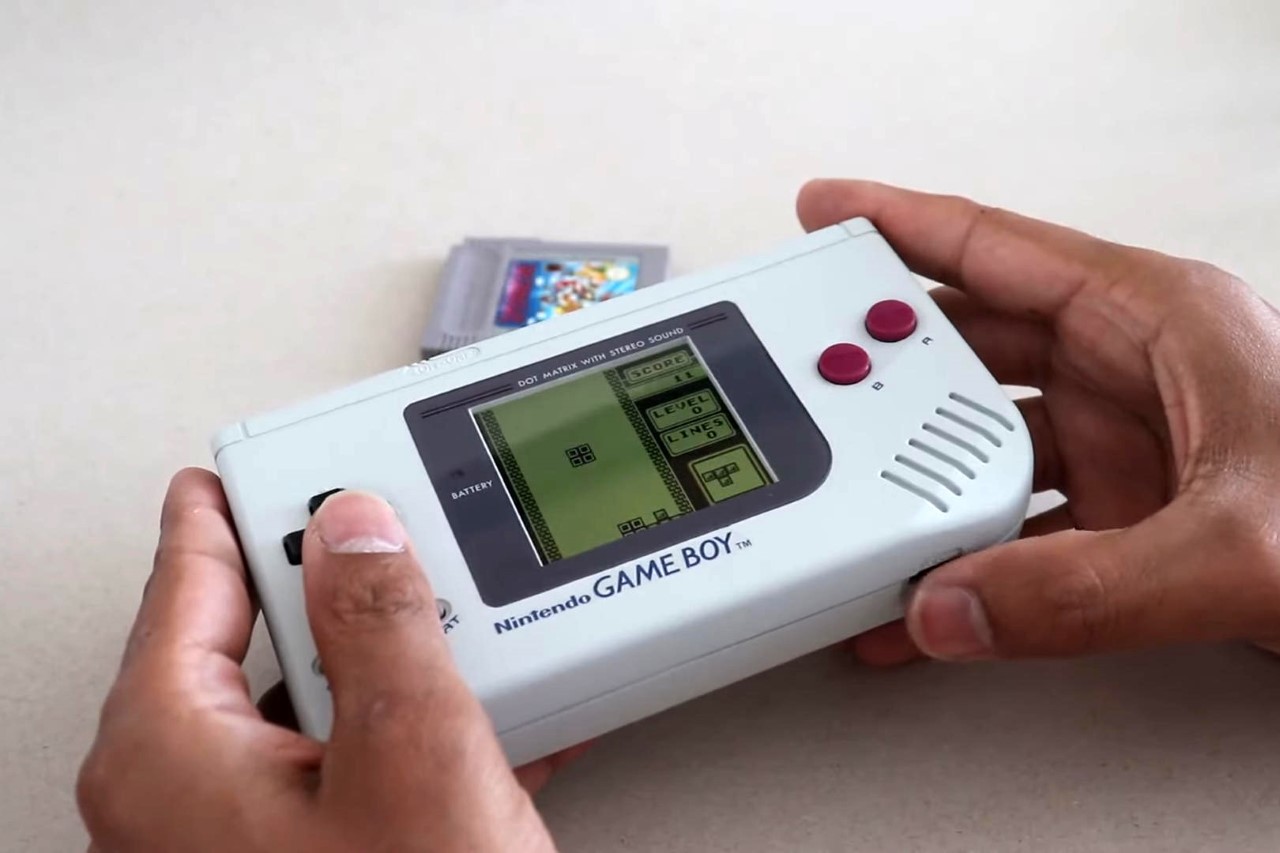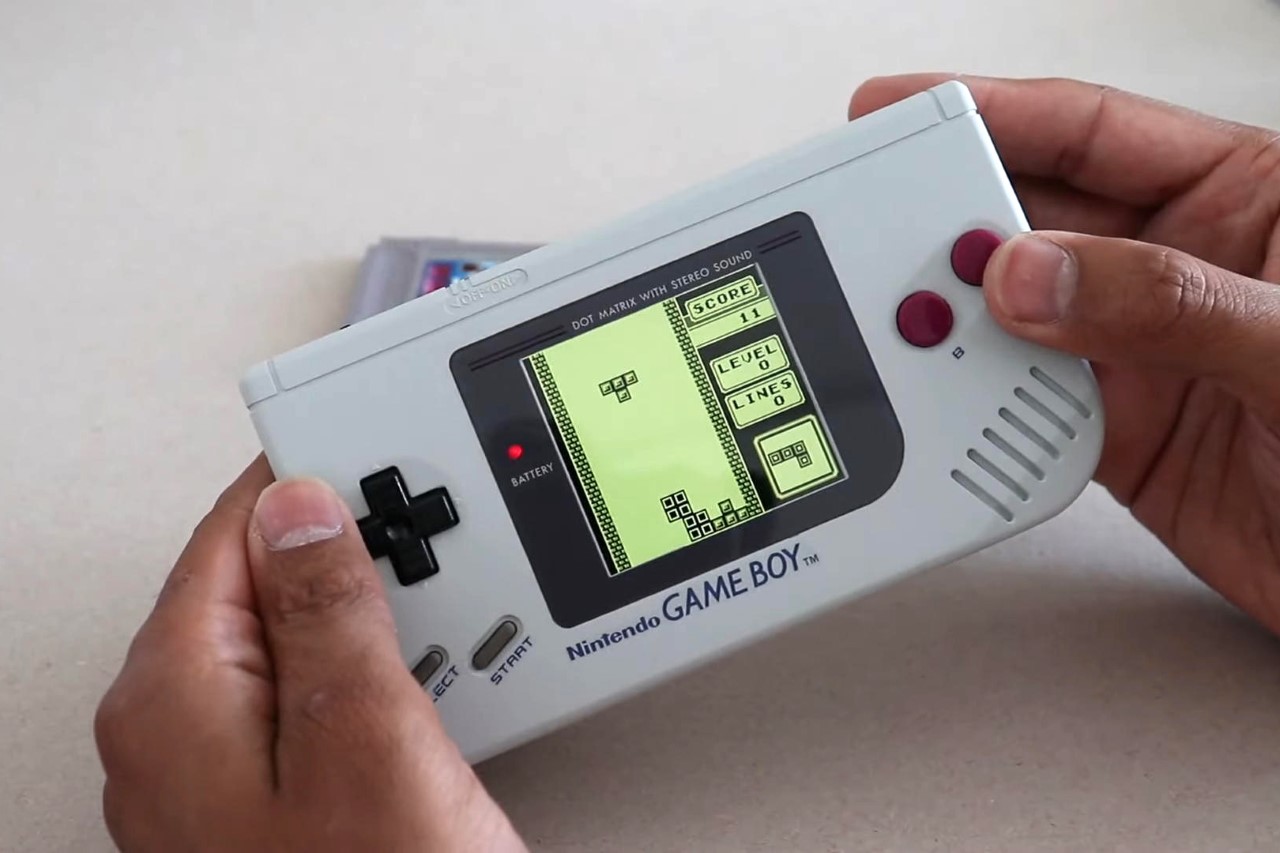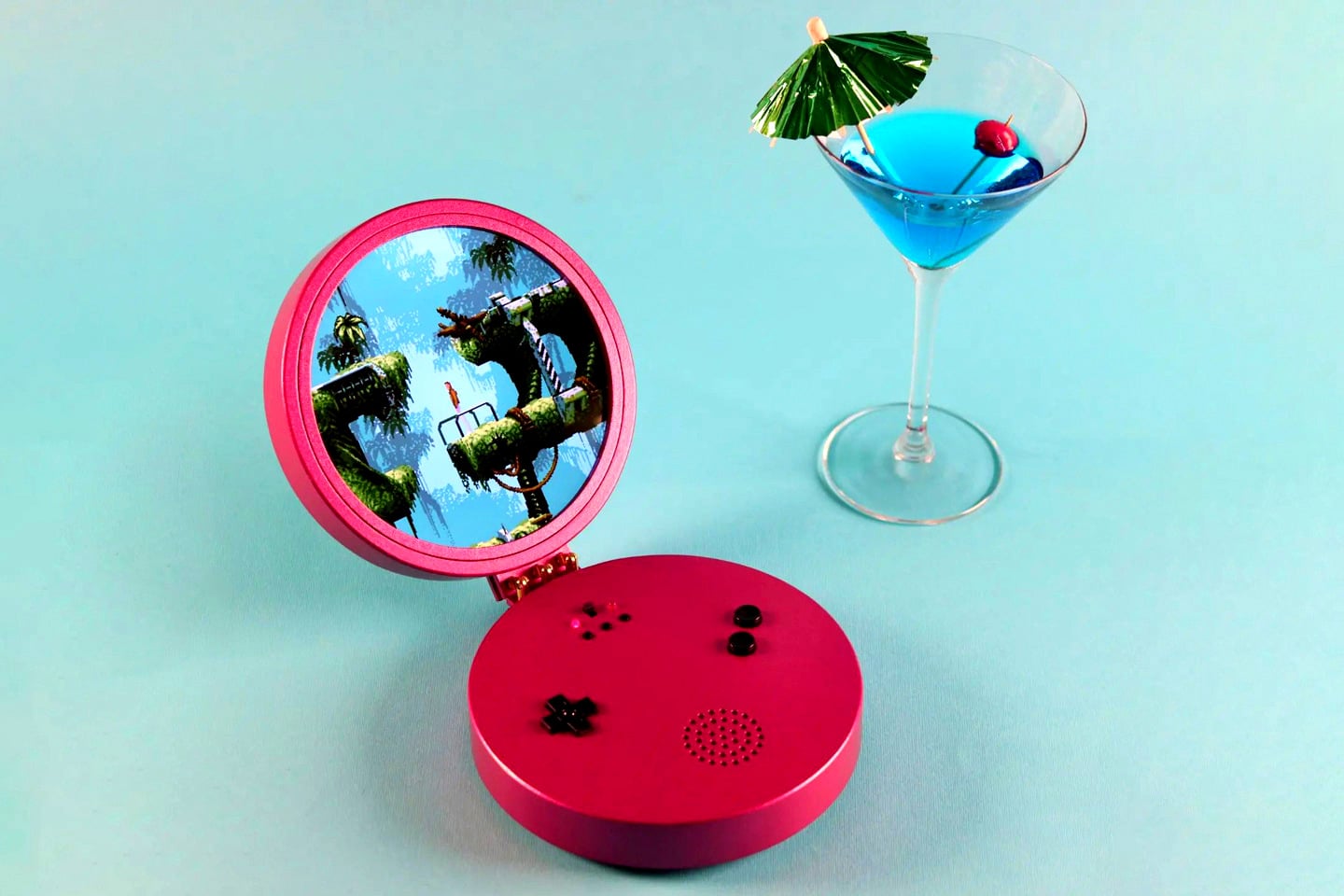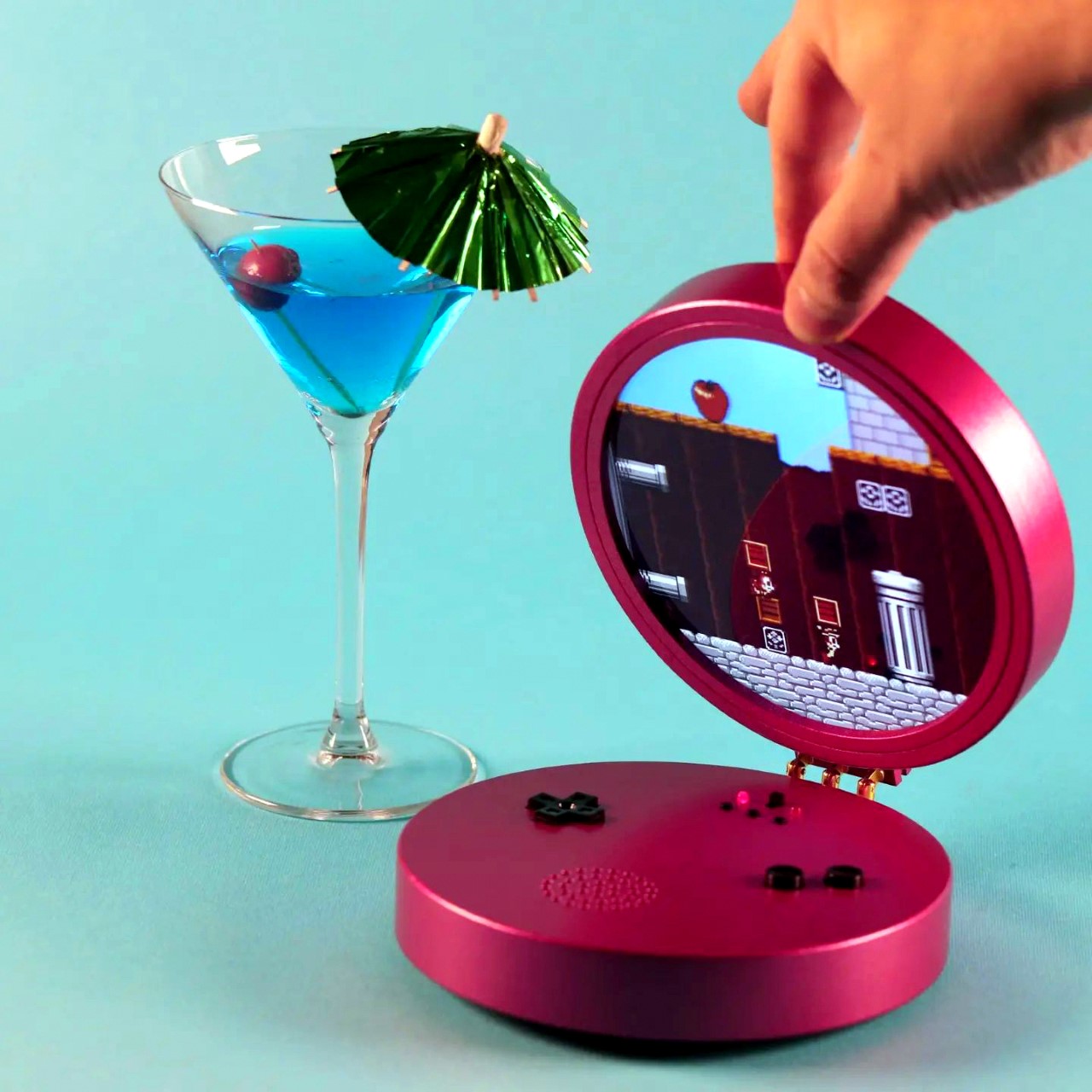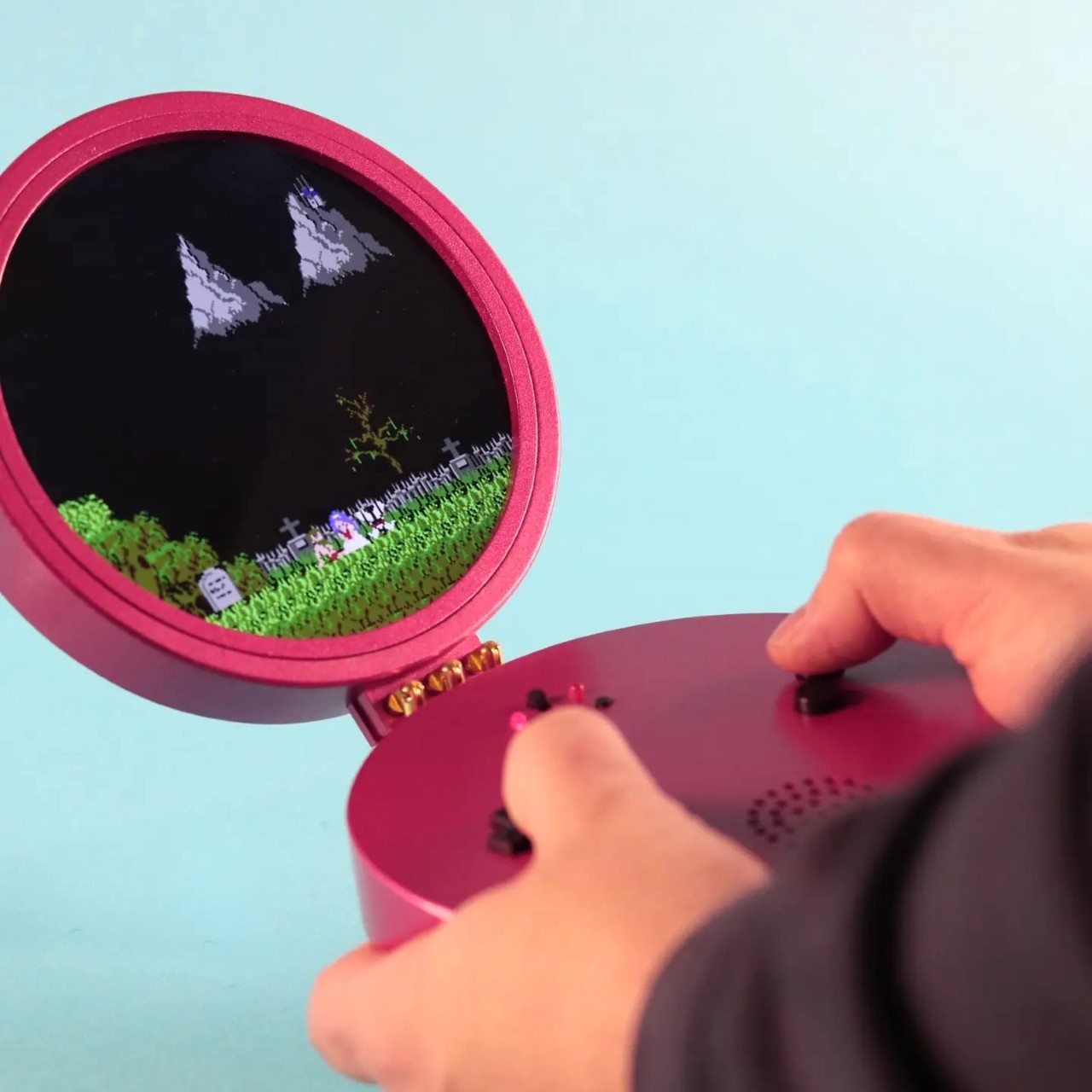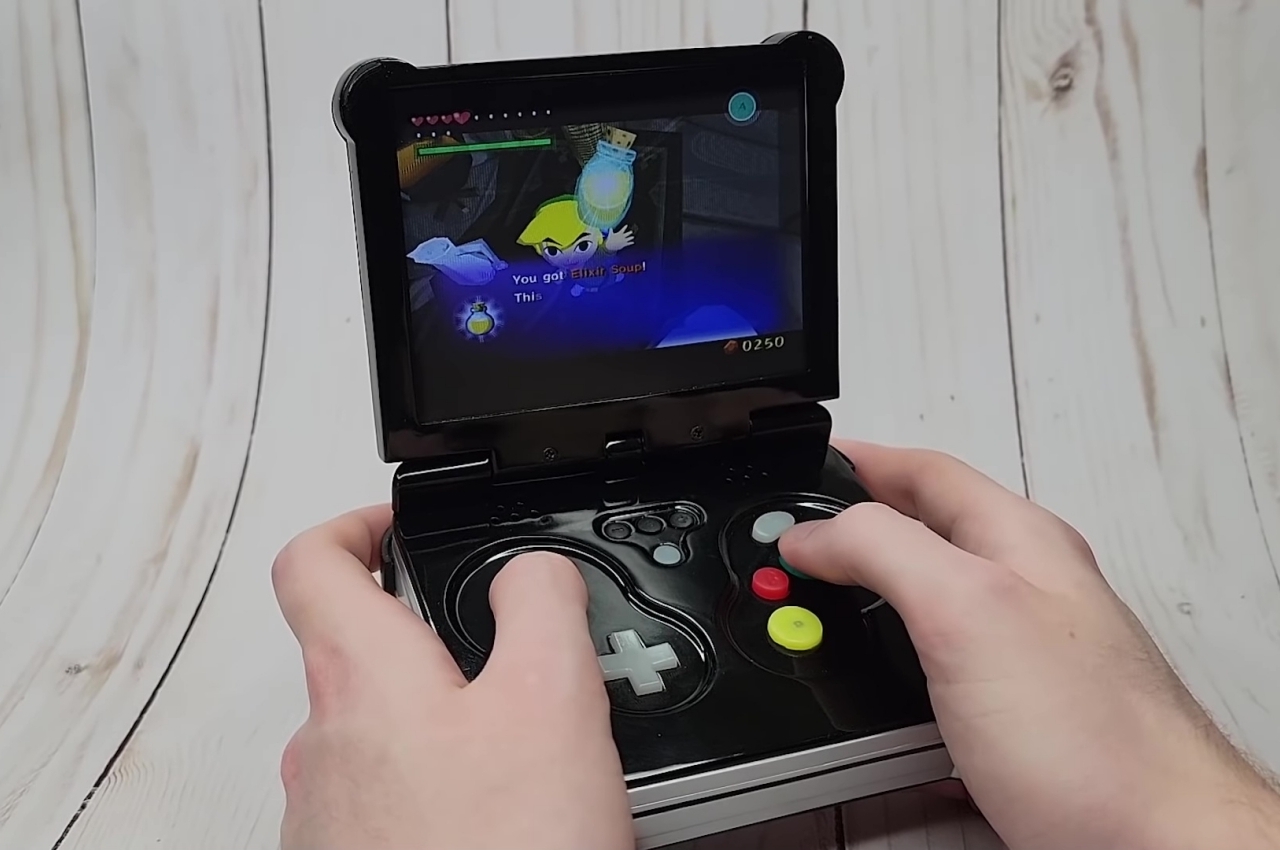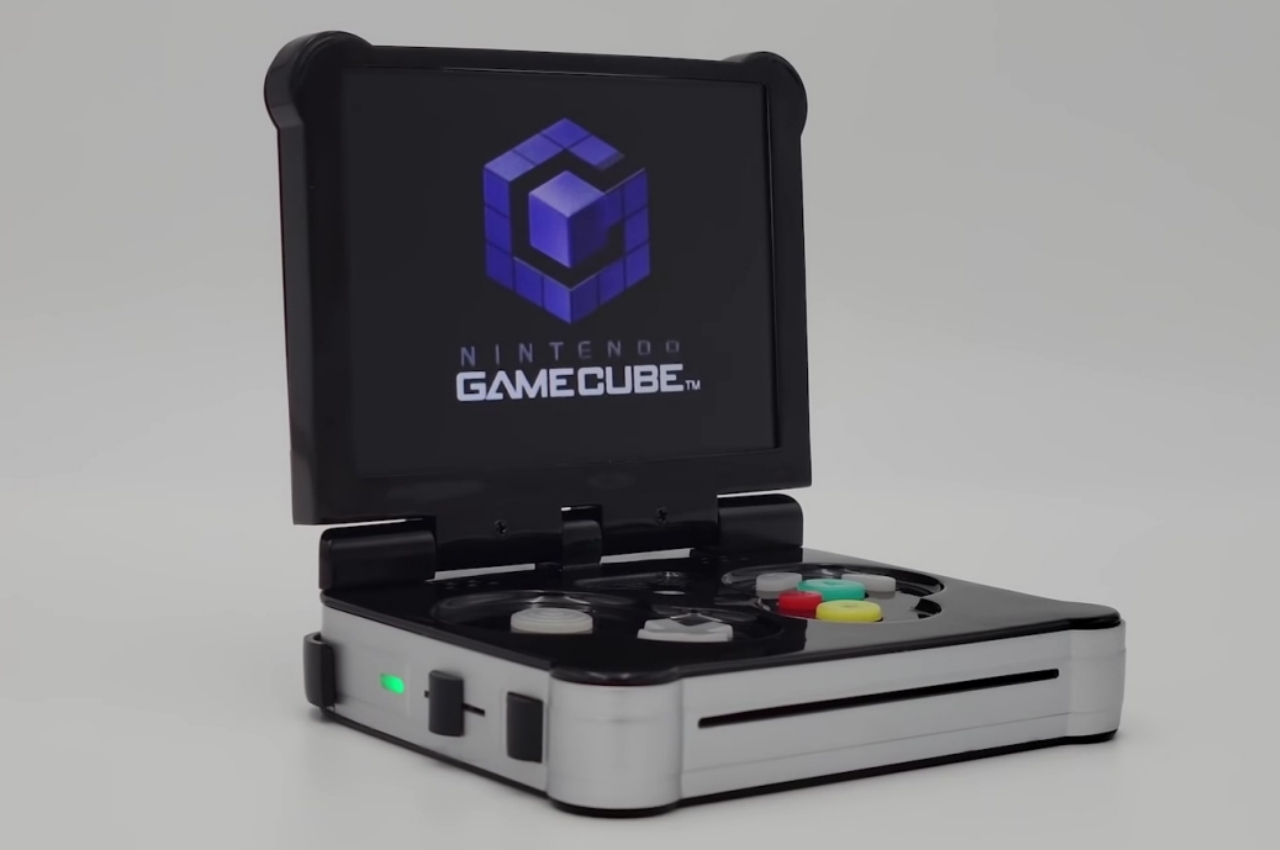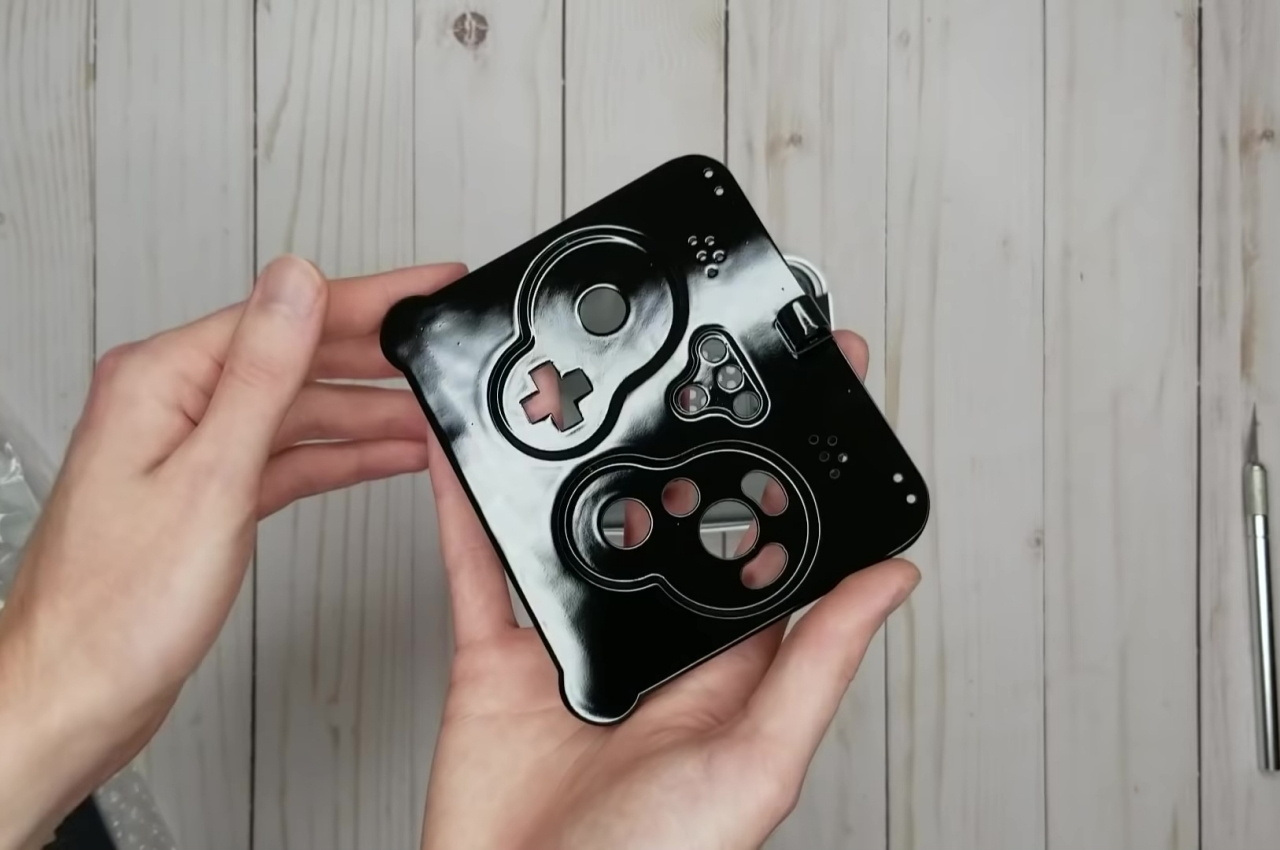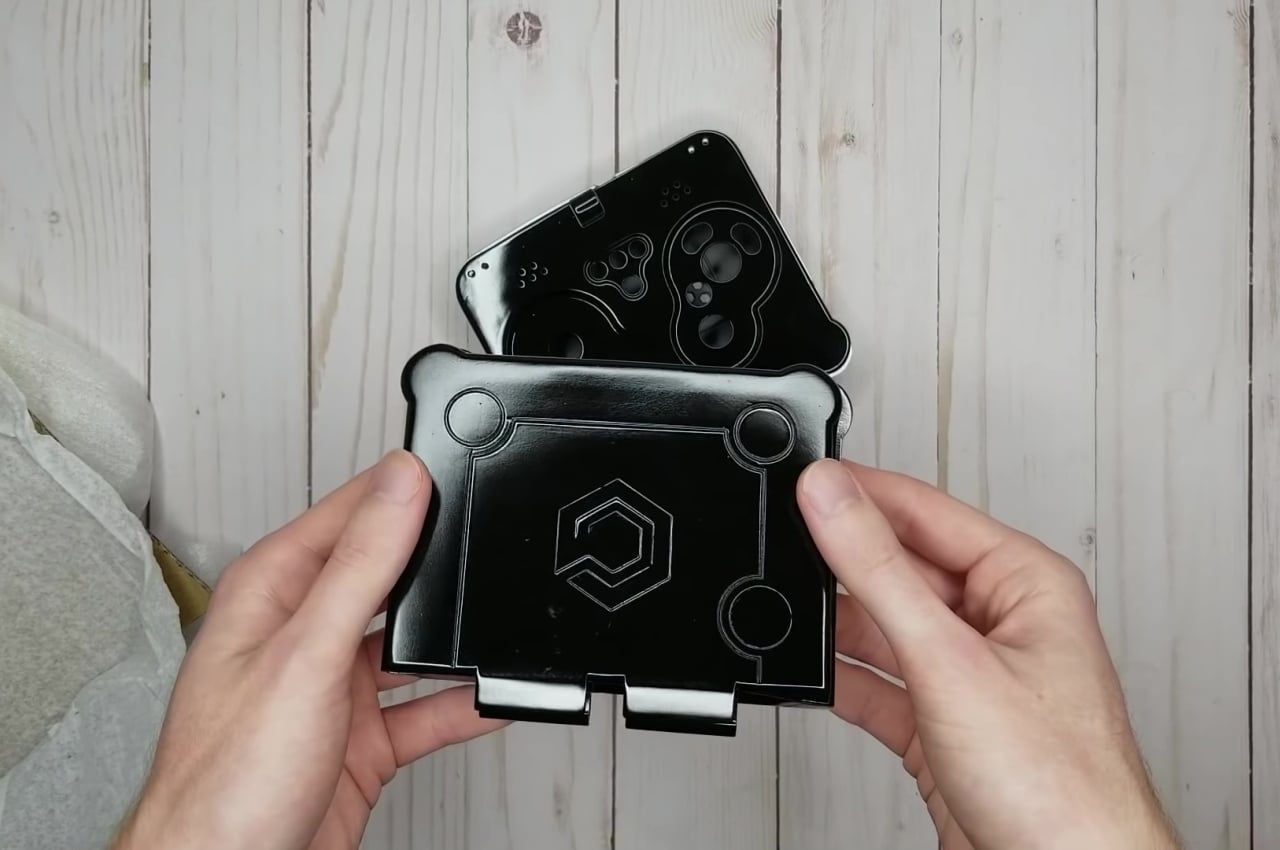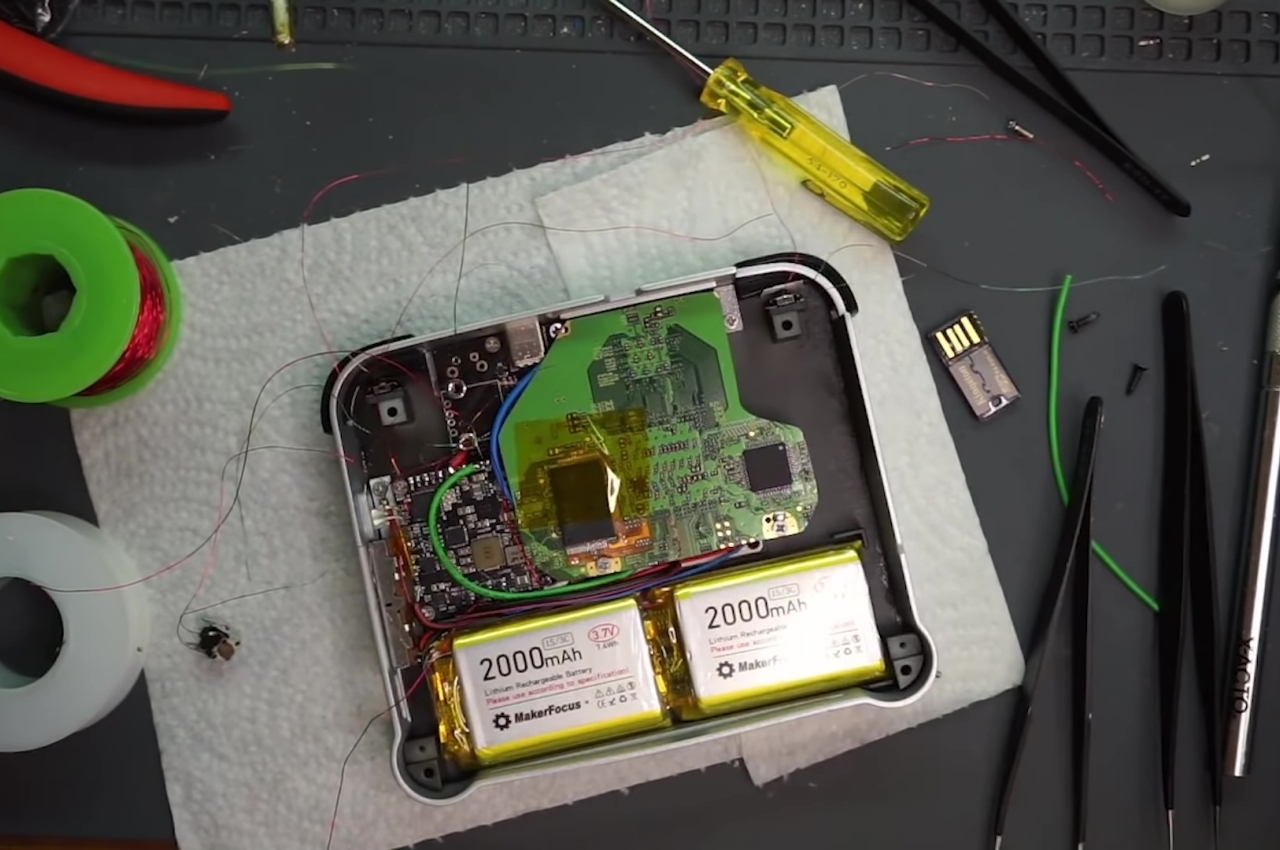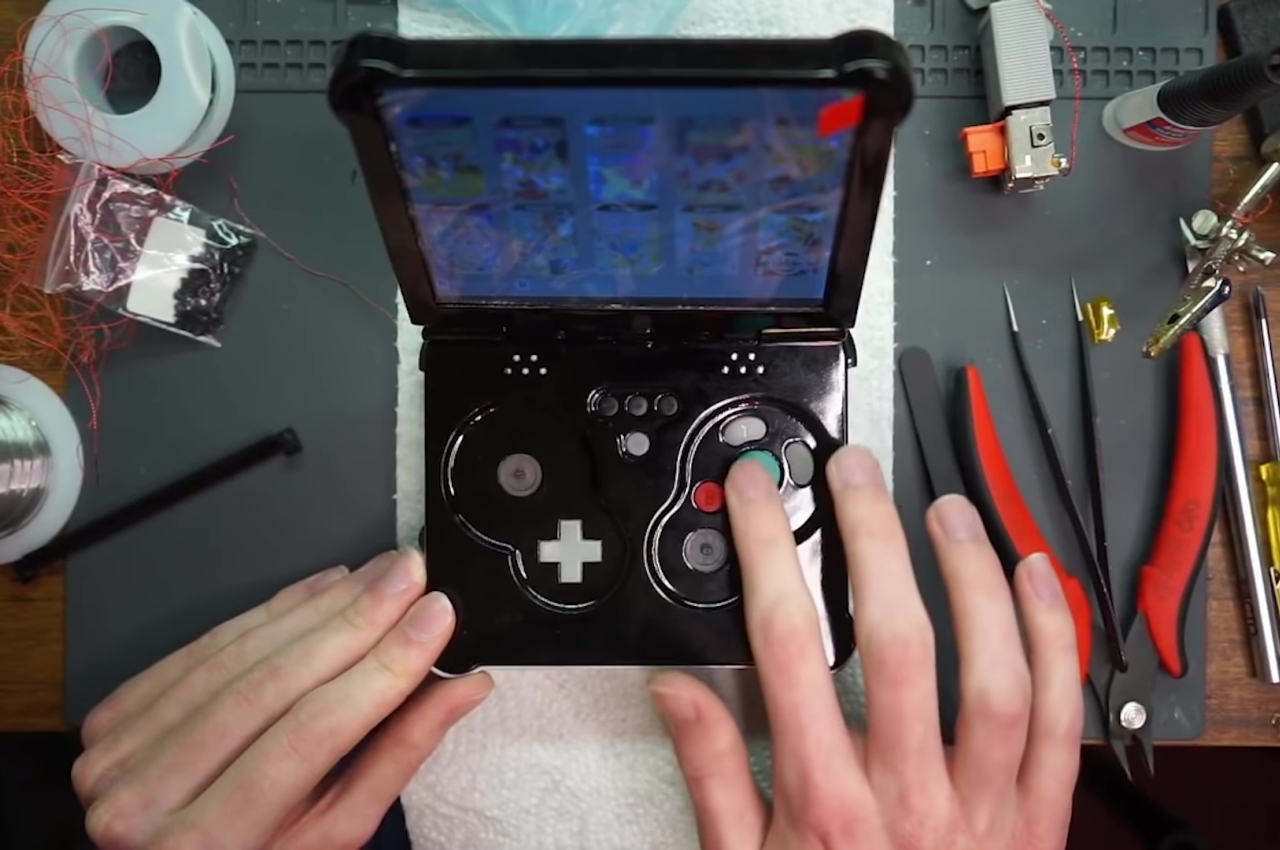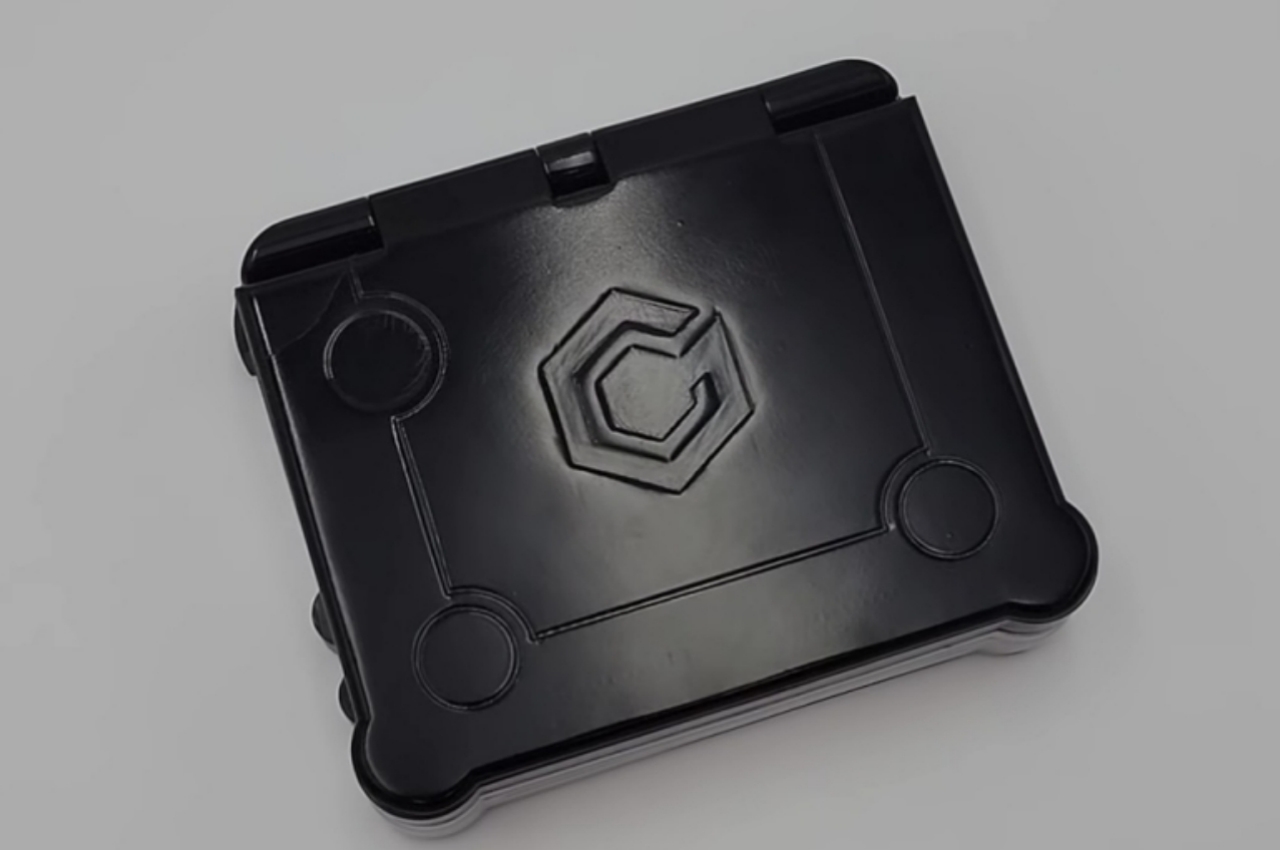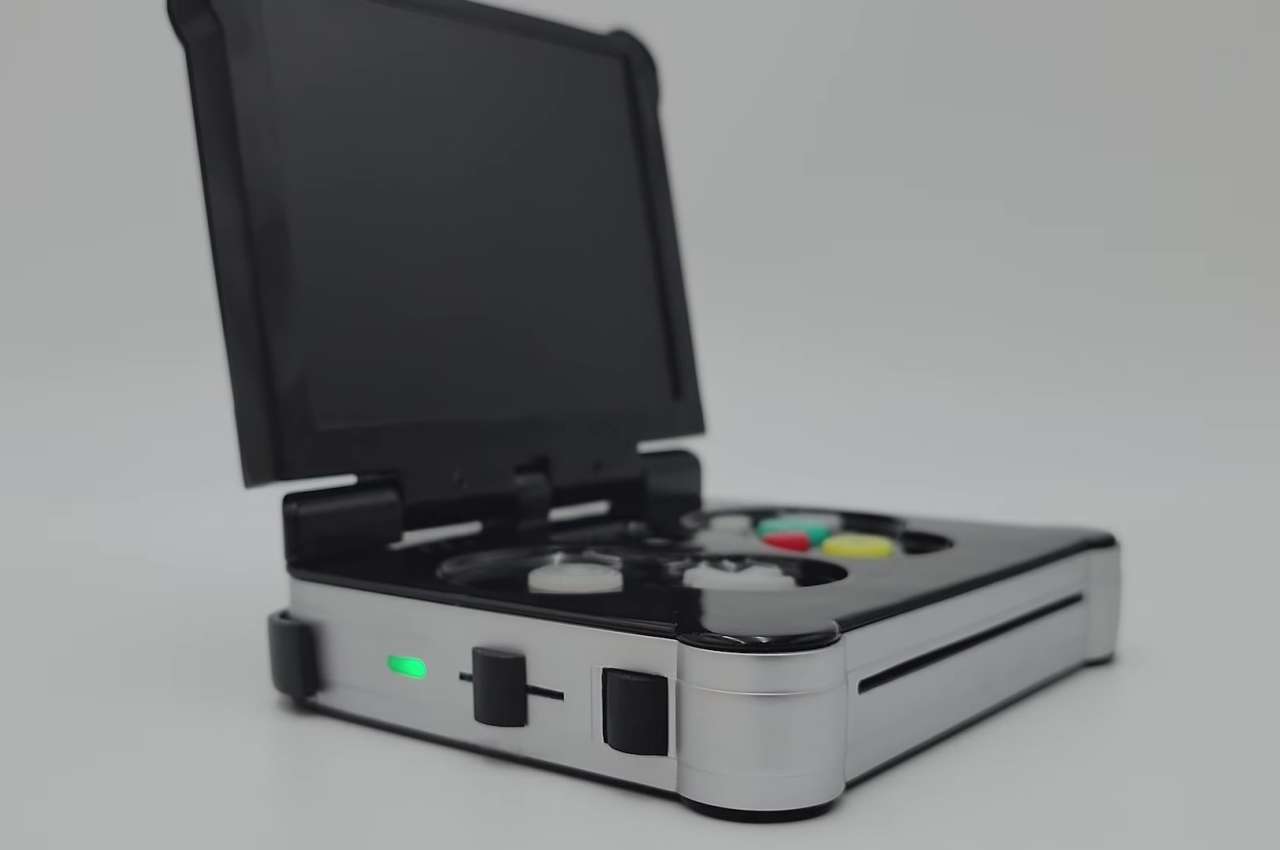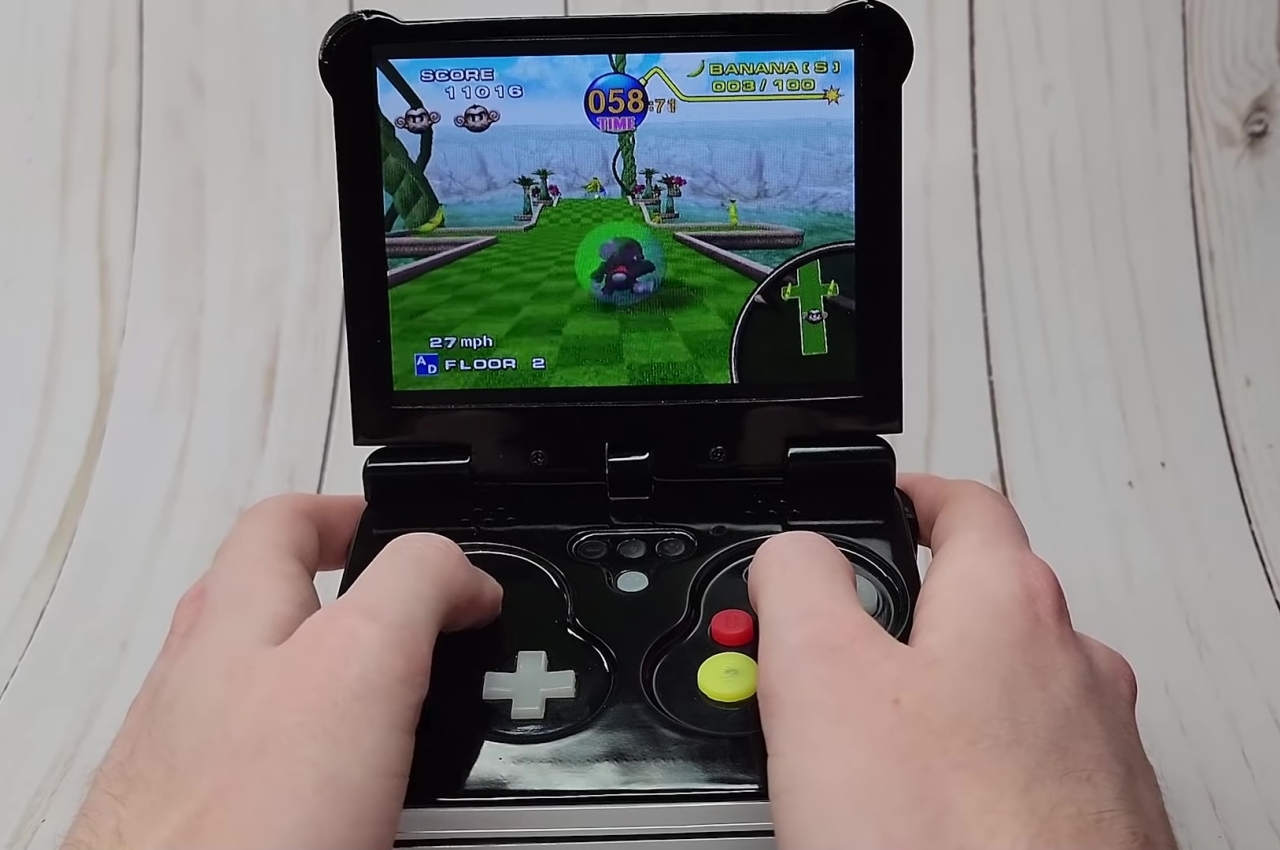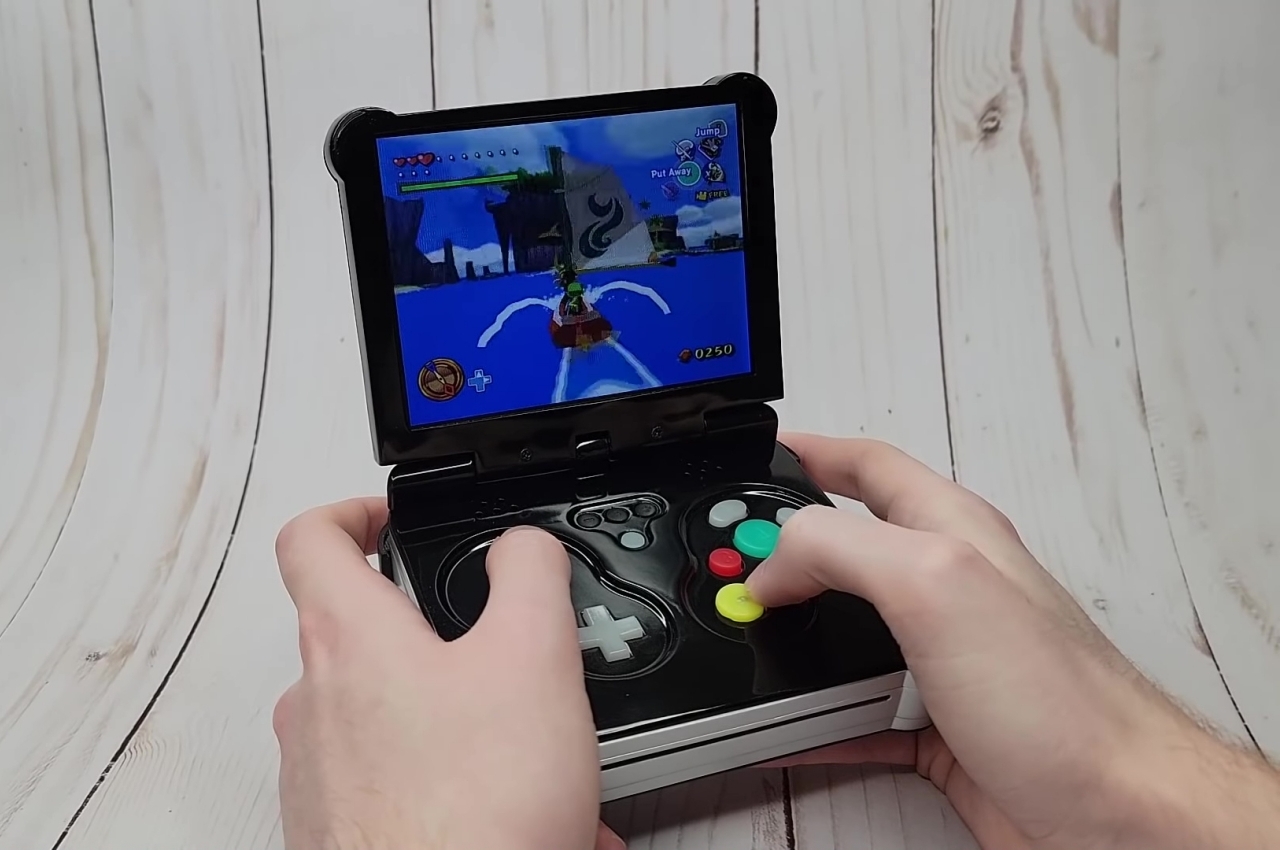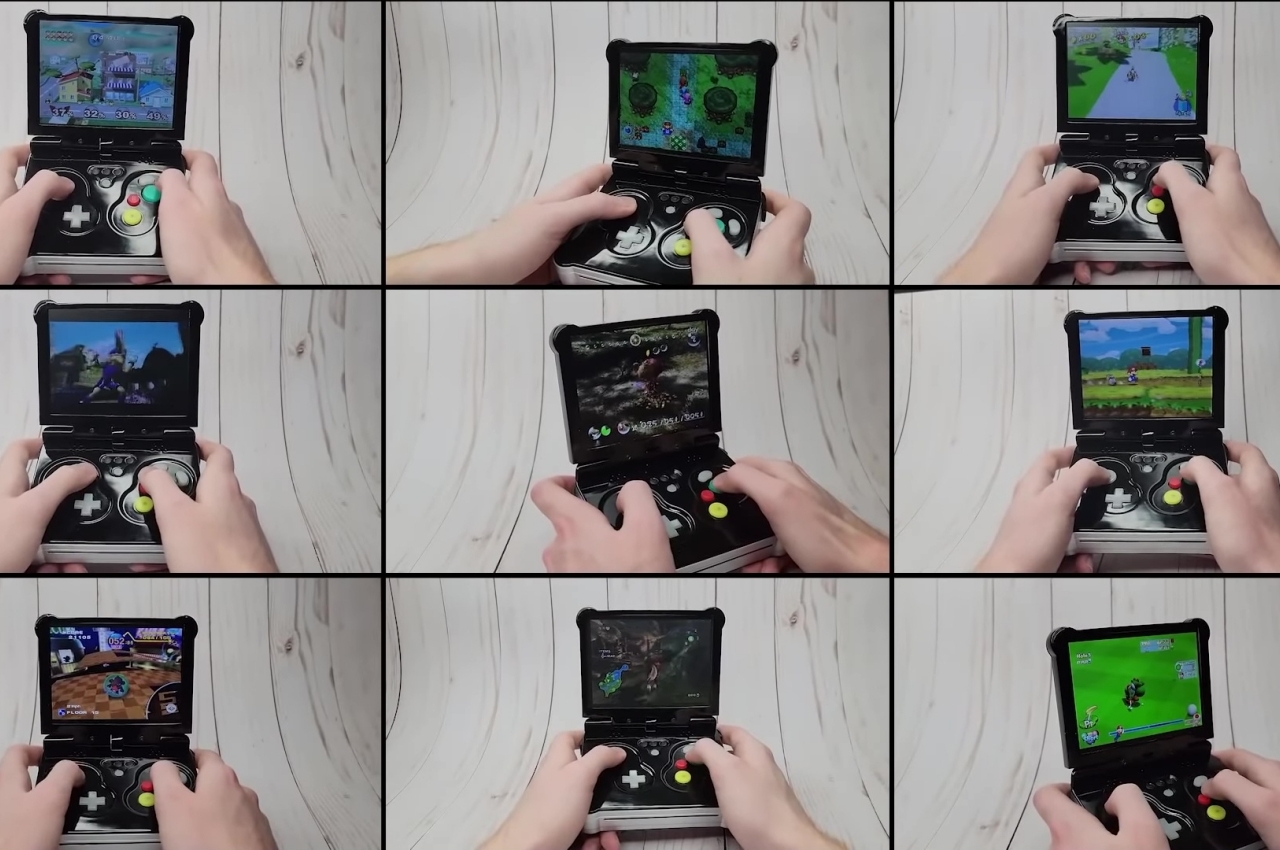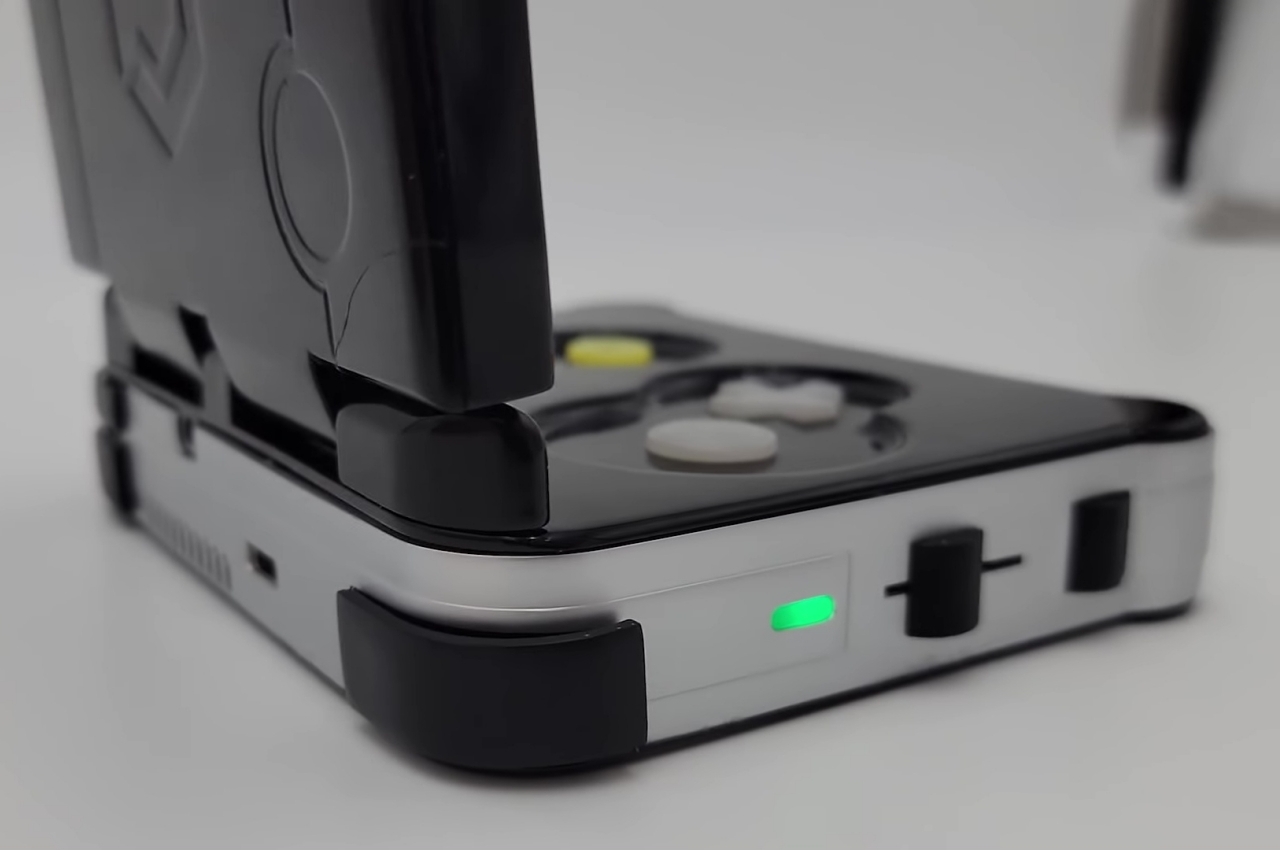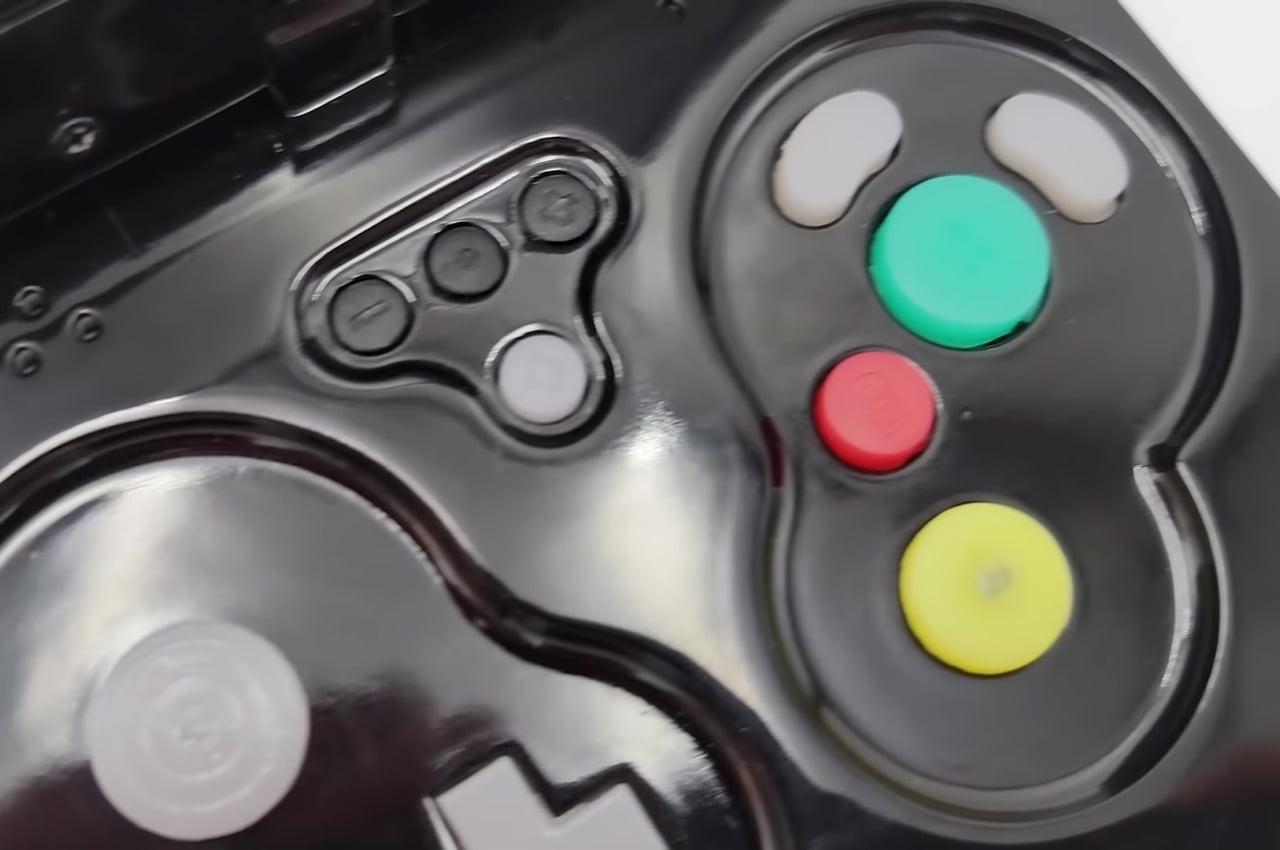It seems to be the age of gaming handhelds once again. With the continued success of the Nintendo Switch, all sorts of portable gaming devices have popped up, ranging from PCs like the Steam Deck to dedicated Android gaming devices like the Logitech G Cloud and the new Razer Edge. Although they have actually been around far longer than these, more obscure handhelds have become more prominent because of this industry trend. Some require you to do the work of cobbling up the pieces together, while others sell a more finished product instead. The latter is the case for the latest device to hit the market, one that eschews the trending Switch form factor for something that gives a nod to Nintendo’s previous top-selling portable.
Designer: Retroid Pocket
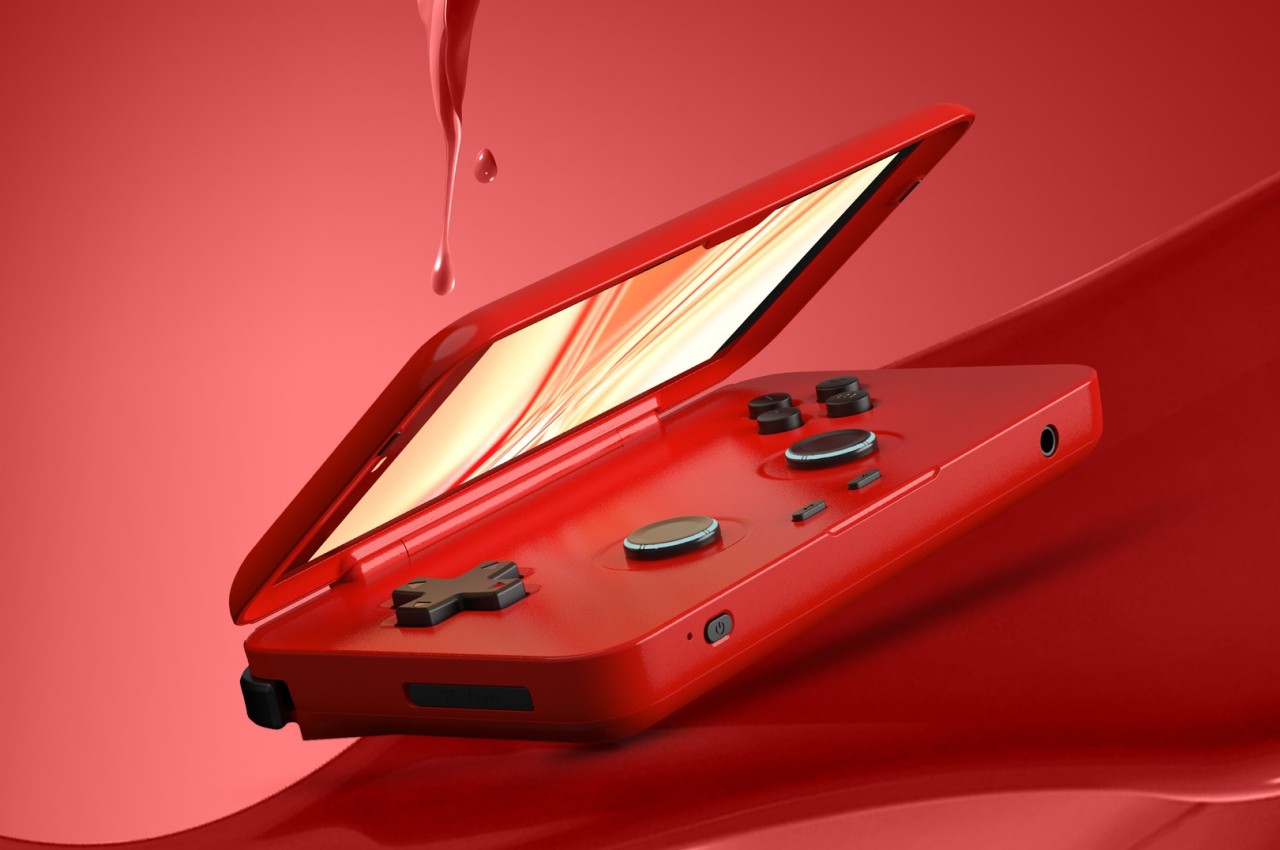
The Nintendo DS had a very good run in the gaming market, replacing the iconic Game Boy with a portable machine that got on with the times. It featured a revolutionary (for that time) dual-screen clamshell design that truly felt like a new breed rather than a Game Boy just folded in half. Almost two decades later, that design has become antiquated, but it’s exactly that nostalgia that this look-alike is aiming for.
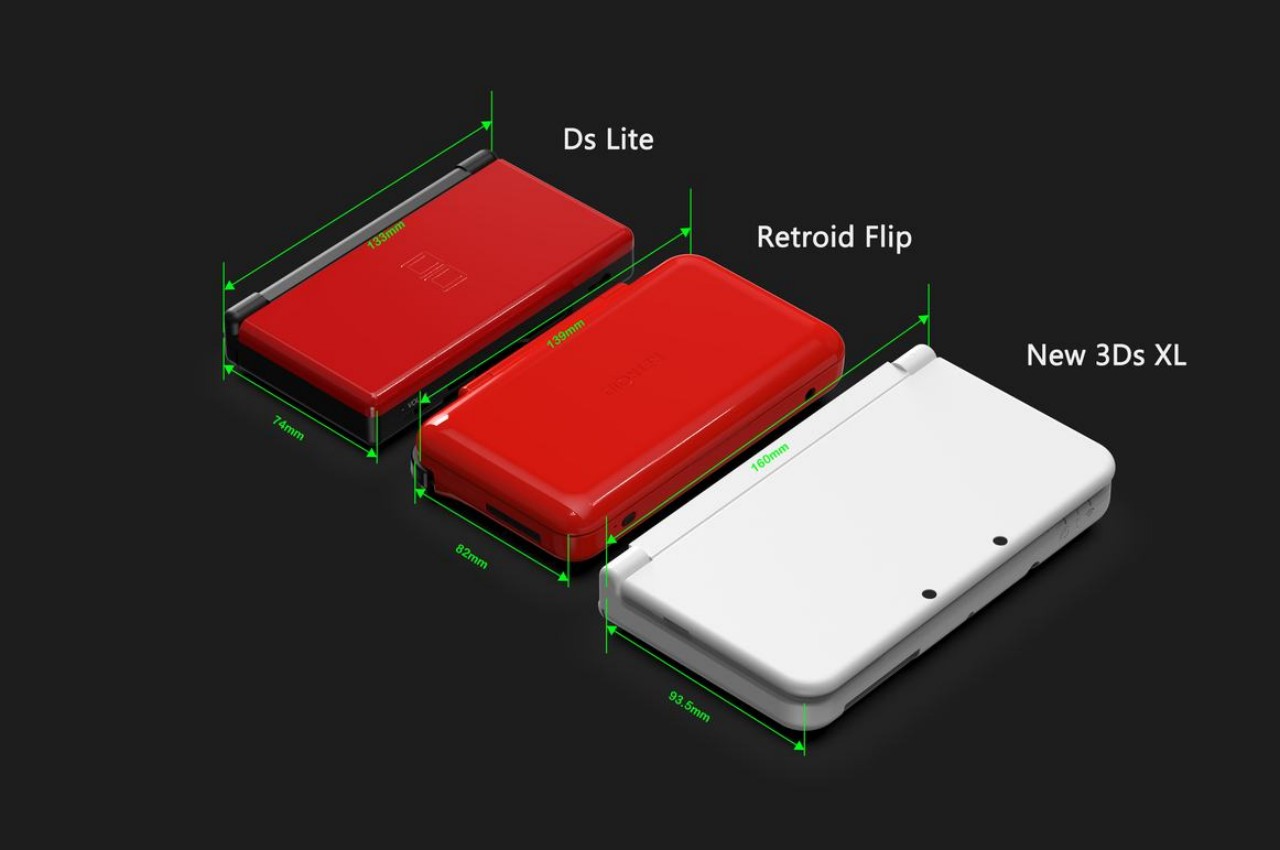
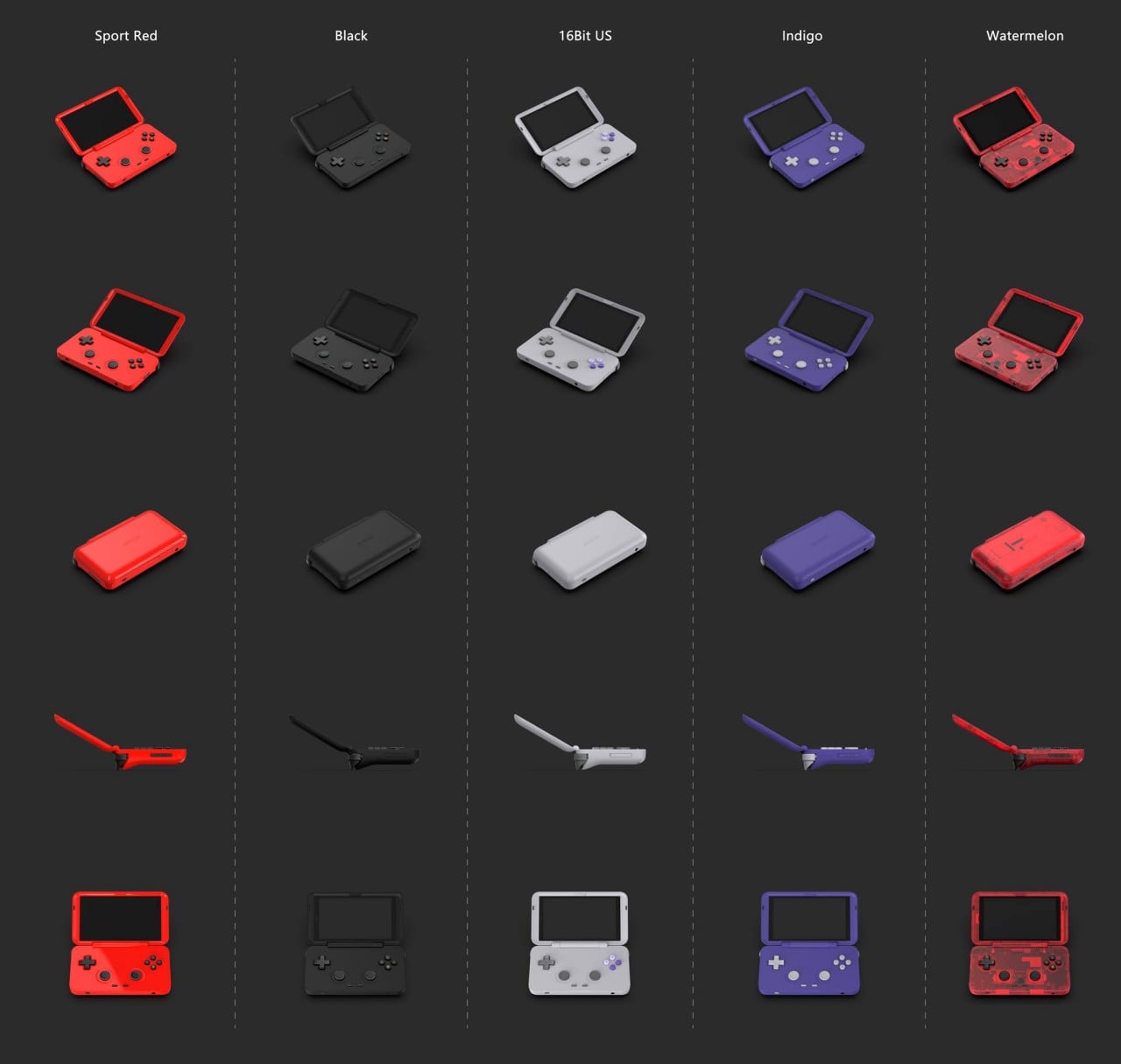
Granted, the Retroid Pocket Flip is more like a cross between the DS and the GBA SP, having a single screen only and with a more horizontal clamshell design. It almost has the best of both worlds, with a more conventional and more comfortable form factor and a wide screen that is more common with games today. Despite its old-fashioned looks, it does stick to modern gaming features, including the basic set of controls, such as both bumper and trigger buttons.
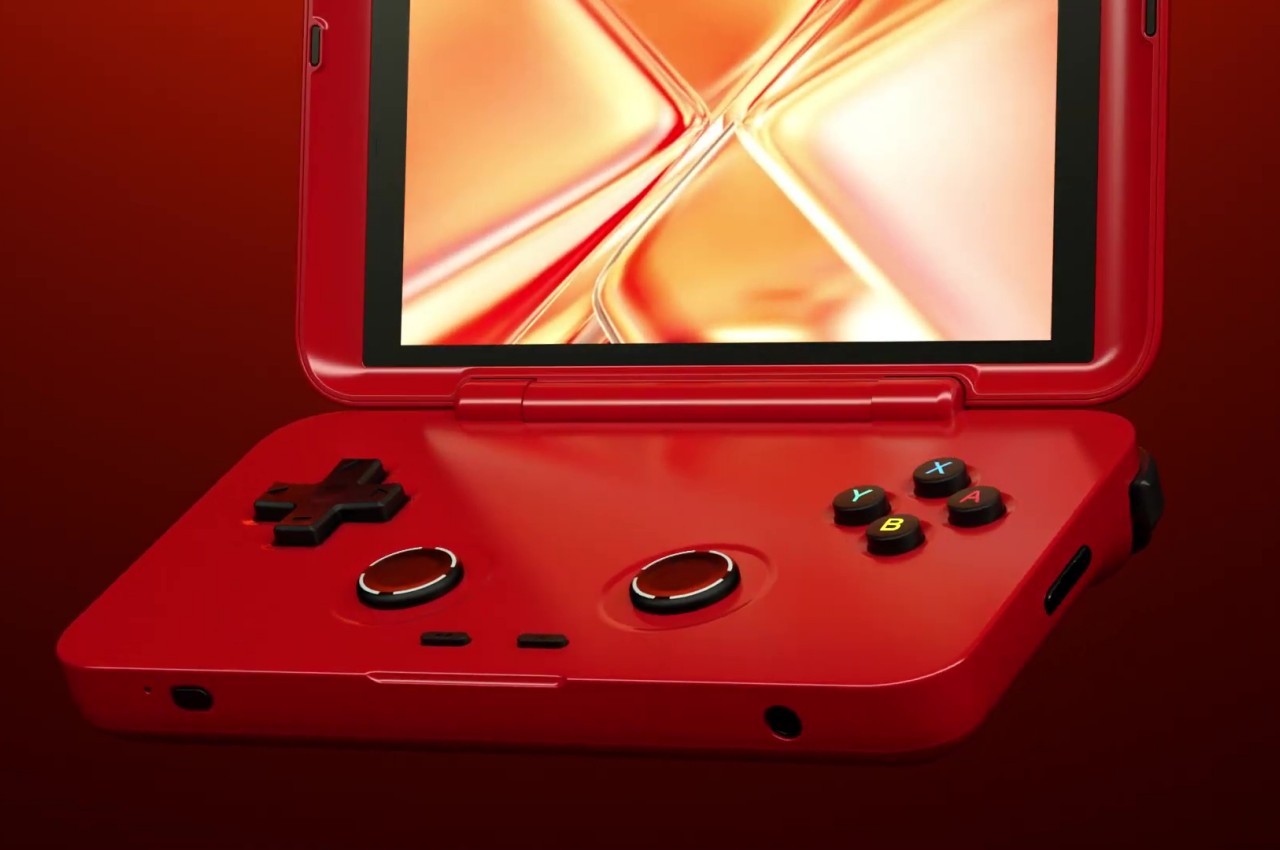
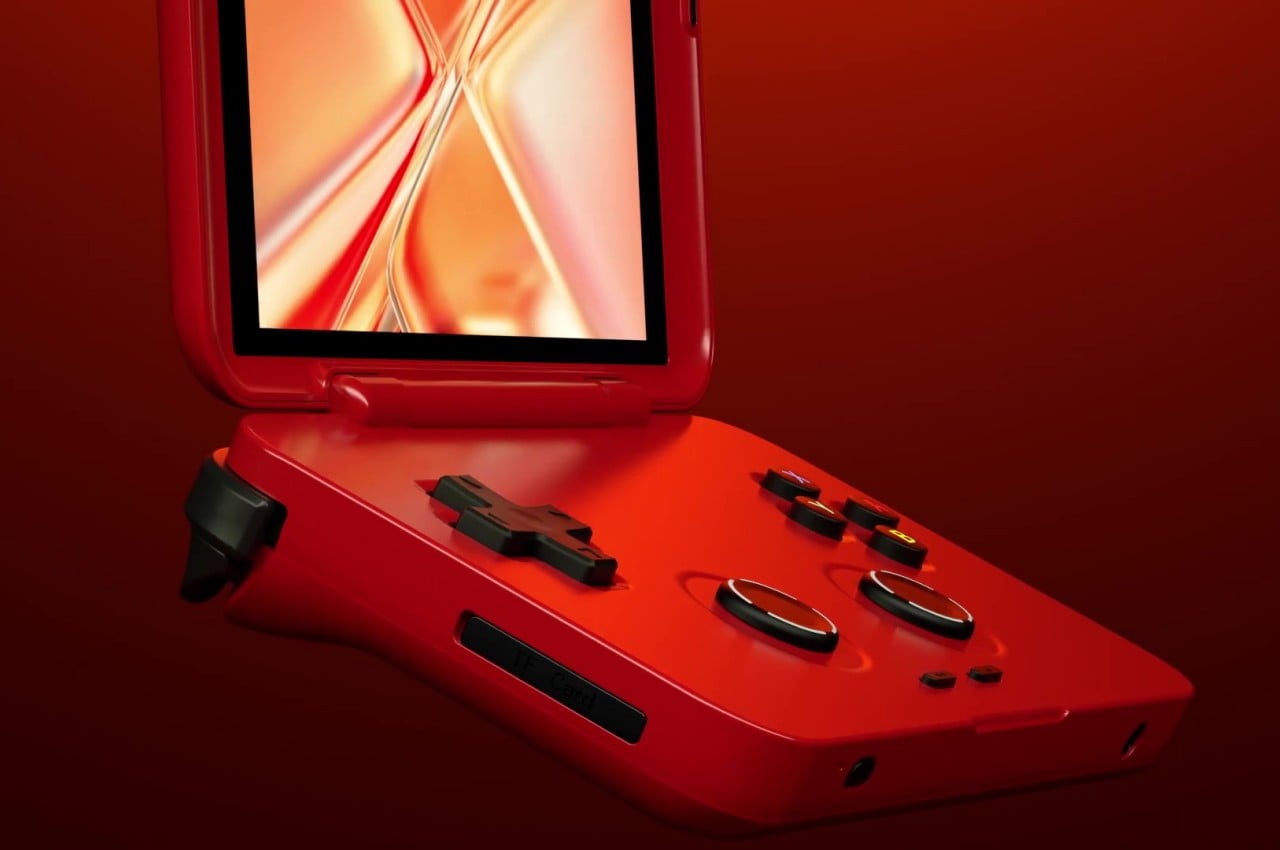
One advantage that a clamshell design has over something like the Nintendo Switch is that you can set the angle of the screen independently of your hands. You also automatically have a protective case for the device and don’t have to worry about the screen getting scratched and the controls snagging in your bag. The design also tends to be more compact, though it does get thicker compared to a flat handheld device.
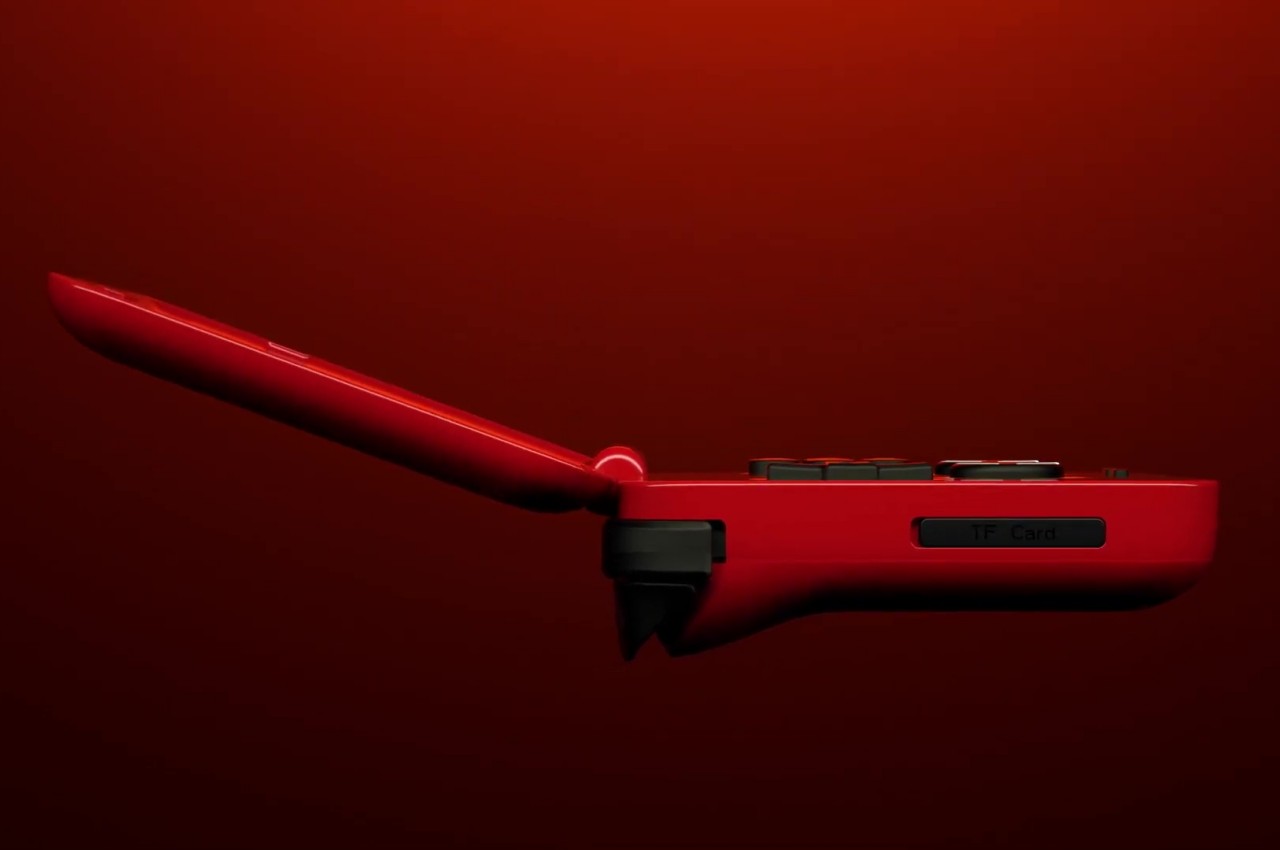
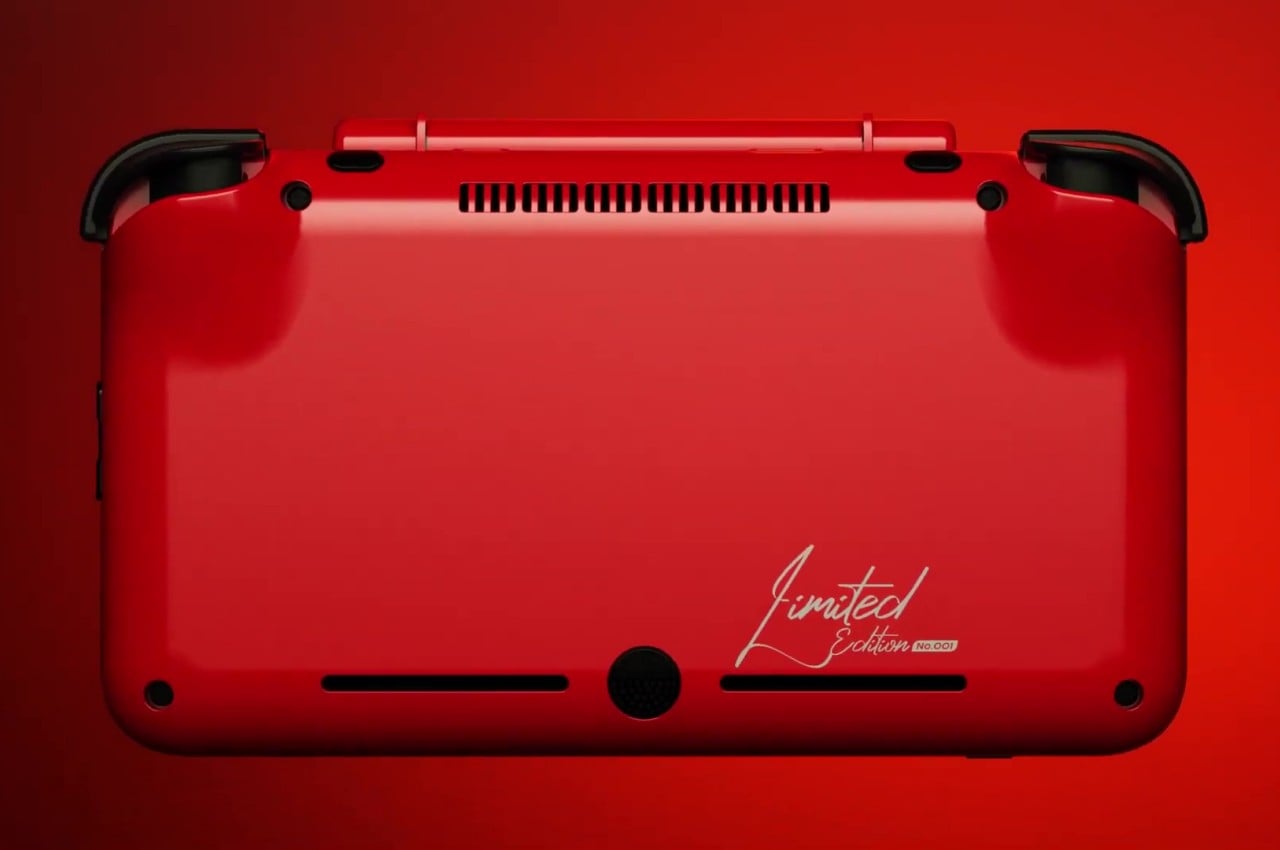
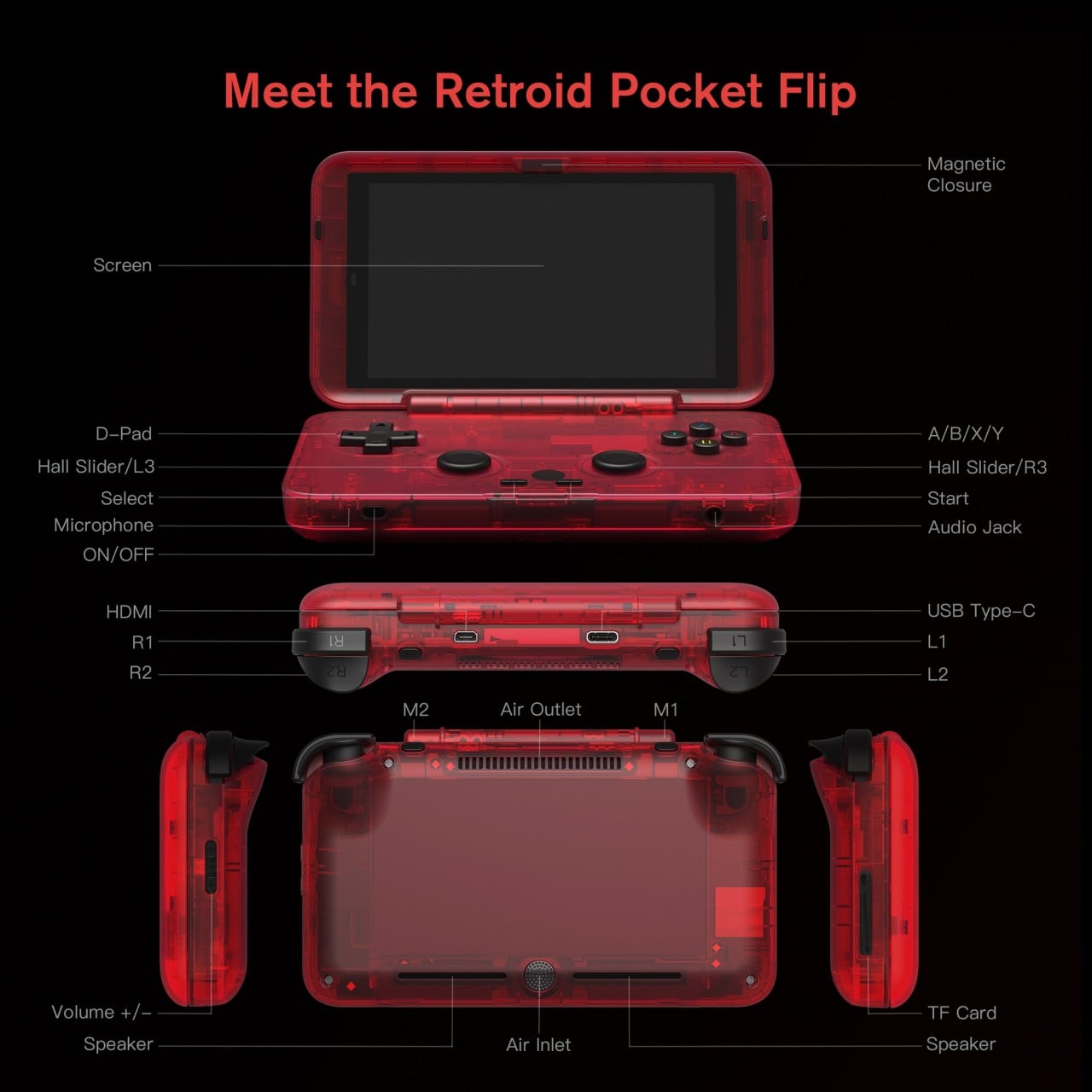
That said, the Retroid Pocket Flip is pretty much an Android device, so you might have to debate whether having a dedicated gaming device separate from your phone is worth the cost. Not all Android games are also controller-friendly, and using the touch screen, in this case, is ironically more cumbersome. Still, if you’re an avid Android gamer that uses a controller most of the time, this charming throwback could be something worth adding to your collection.
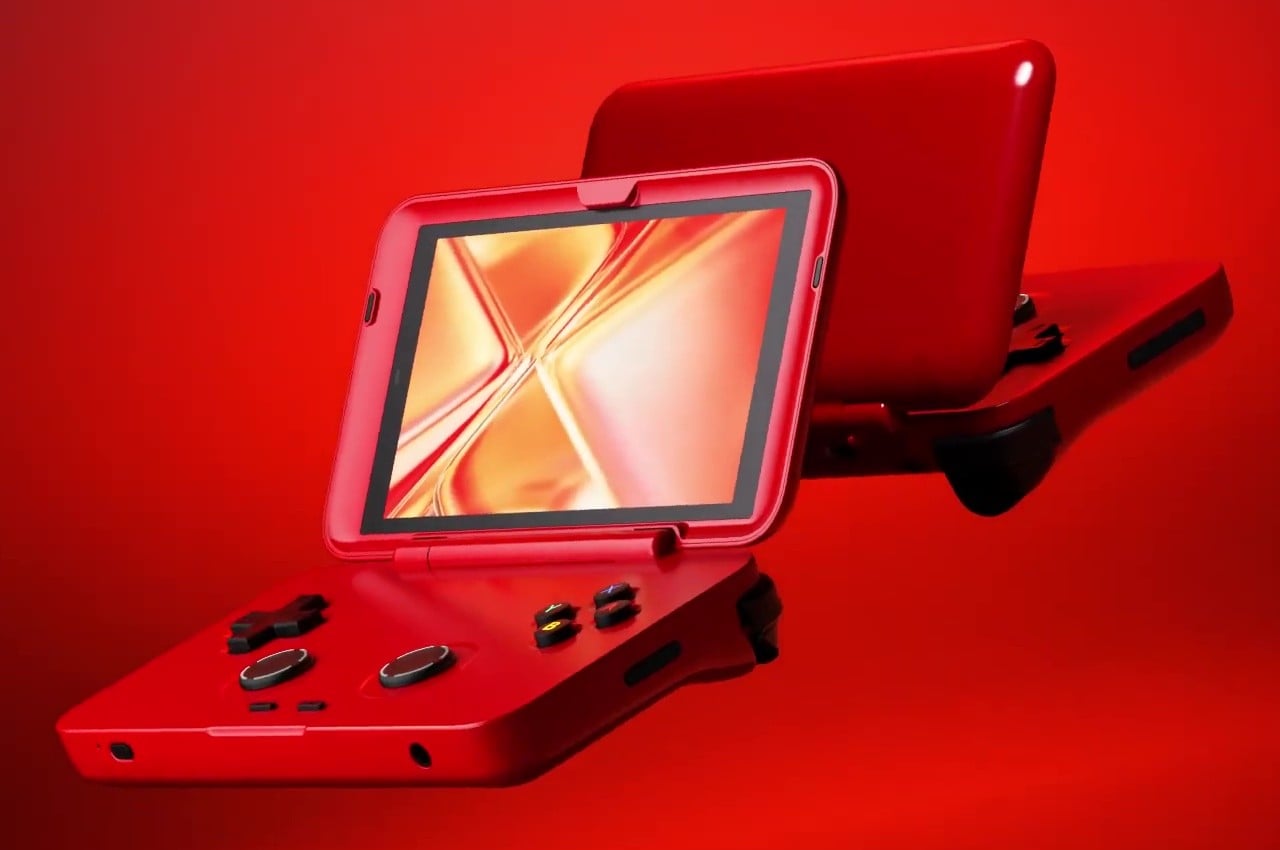
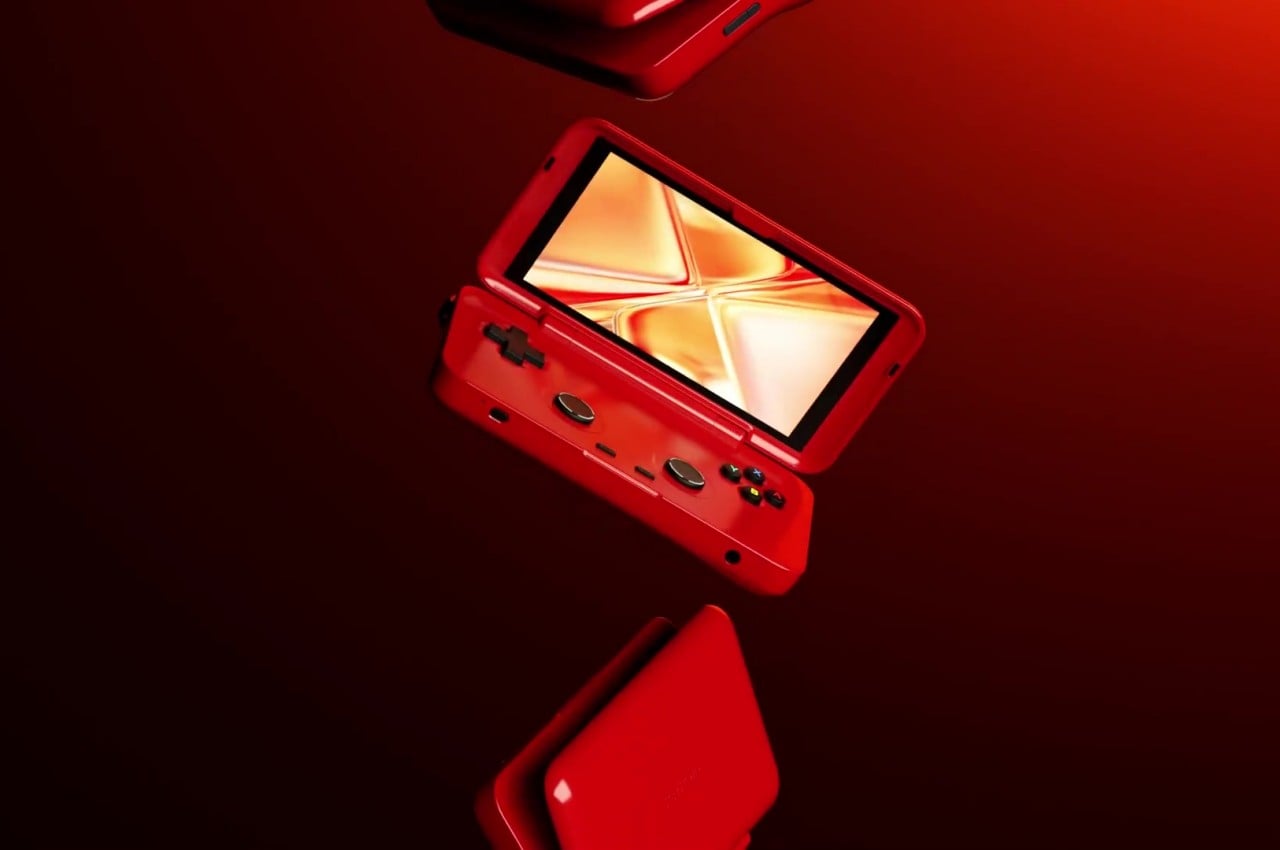
The post Android gaming handheld is a throwback to the venerable Nintendo DS first appeared on Yanko Design.
